深度阅读
石语梵行 |《圣山营造 Building A Sacred Mountain:中国五台山的佛教建筑》英文版,2014年
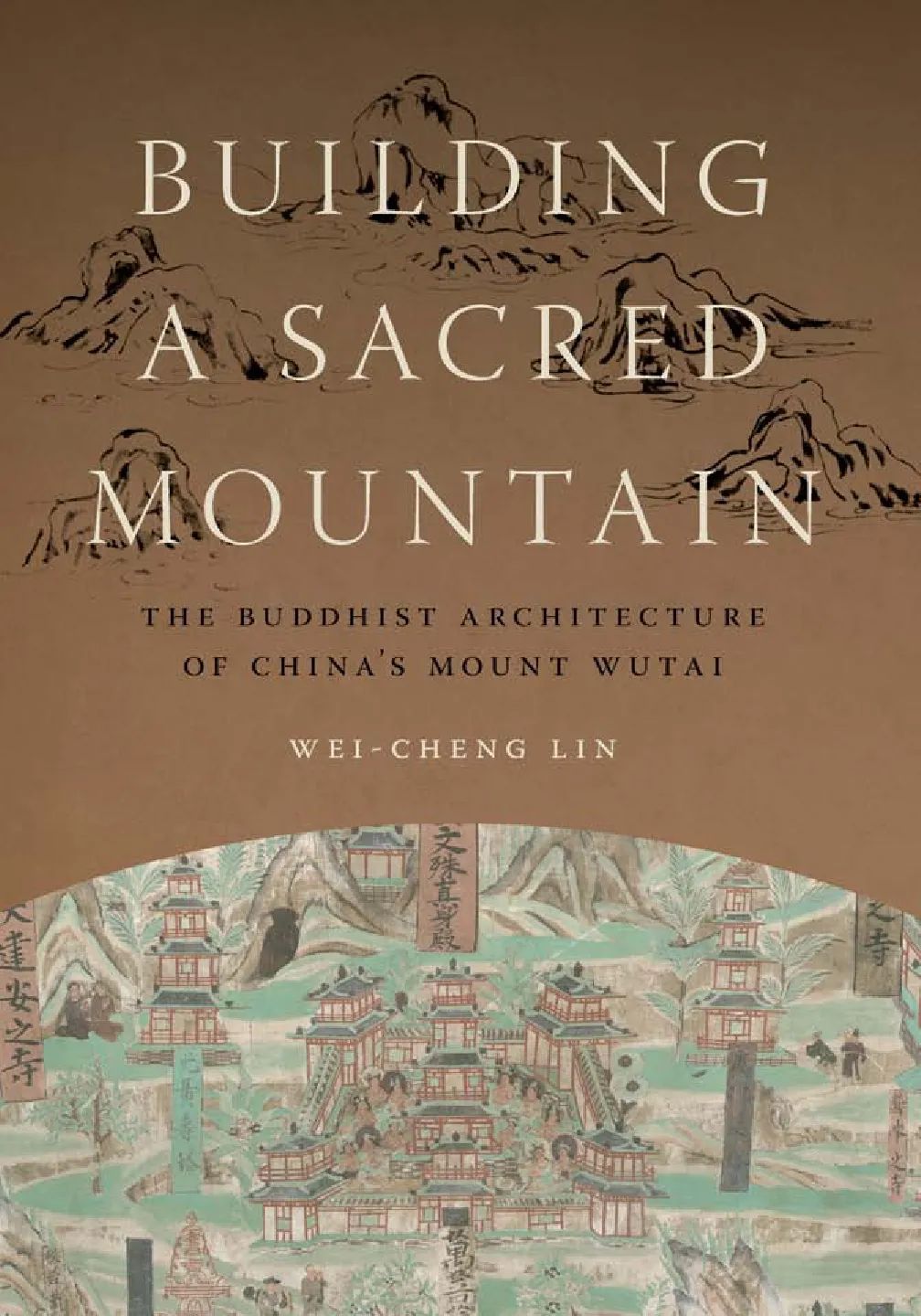
到了公元十世纪,五台山已成为中国佛教新兴文化中的主要朝圣地。著名的菩萨玛尼茹斯里(Mañjuśrī)的居所(以习惯在狮子上骑山而闻名),位于中国东北山西省的遗址,从道教徒长期以来一直认为是神圣的荒野变成了一个复杂的建筑。佛教寺院。
林伟成在《圣山营造》中追溯了导致这一转变的因素的汇合之处,并指出修道院建筑,而不是文字,图标,文物或朝圣,是五台山成为圣地的关键。林的跨学科研究方法与传统的建筑学研究不同,它超越了对形式和结构的分析,从而展示了建筑环境如何与实践和话语协同工作,从而提供了一个与神相遇的空间。
By the tenth century CE, Mount Wutai had become a major pilgrimage site within the emerging culture of a distinctively Chinese Buddhism. Famous as the abode of the bodhisattva Mañjuśrī (known for his habit of riding around the mountain on a lion), the site in northeastern China’s Shanxi Province was transformed from a wild area, long believed by Daoists to be sacred, into an elaborate complex of Buddhist monasteries.In Building a Sacred Mountain, Wei-Cheng Lin traces the confluence of factors that produced this transformation and argues that monastic architecture, more than texts, icons, relics, or pilgrimages, was the key to Mount Wutai’s emergence as a sacred site. Departing from traditional architectural scholarship, Lin’s interdisciplinary approach goes beyond the analysis of forms and structures to show how the built environment can work in tandem with practices and discourses to provide a space for encountering the divine.
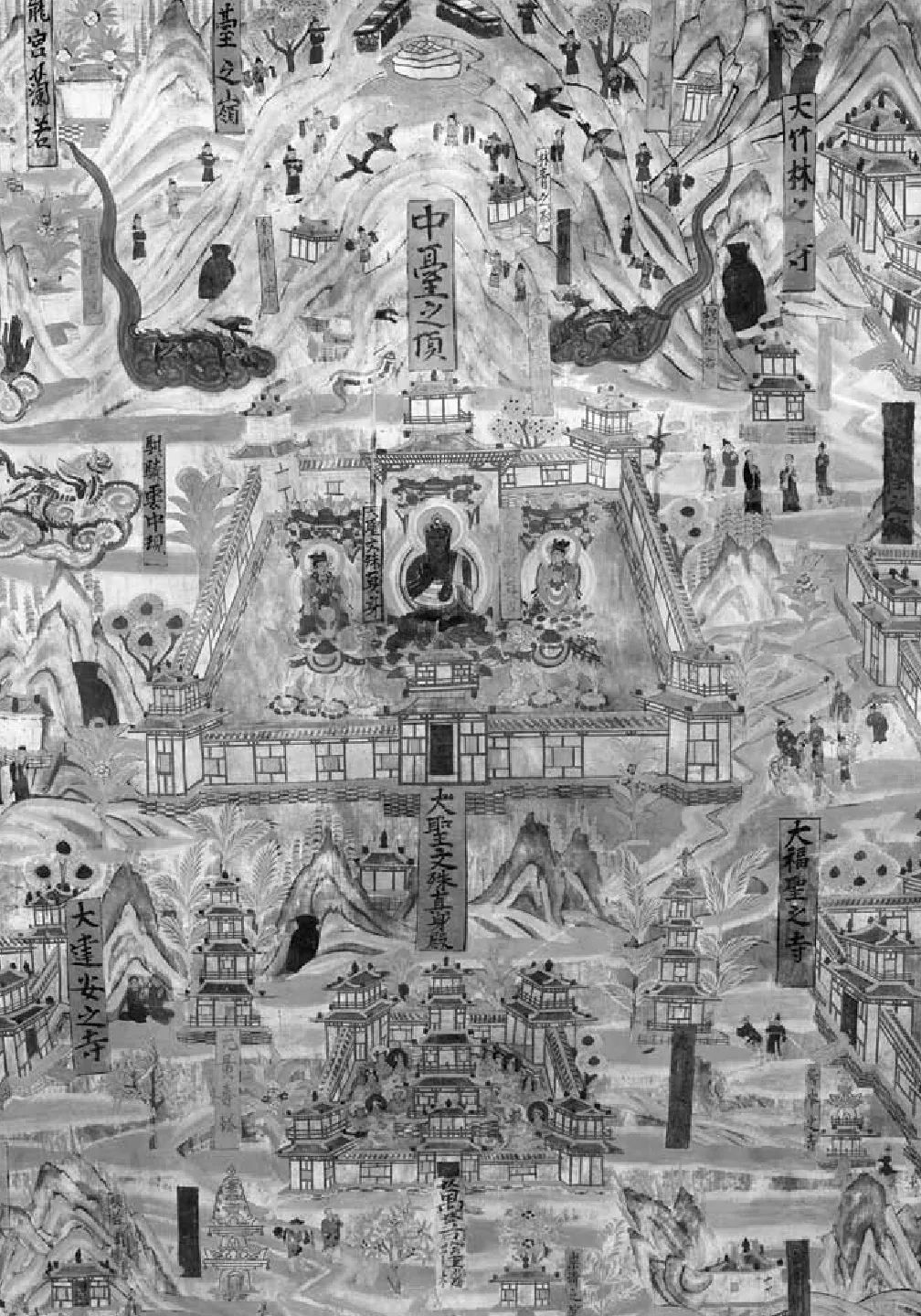
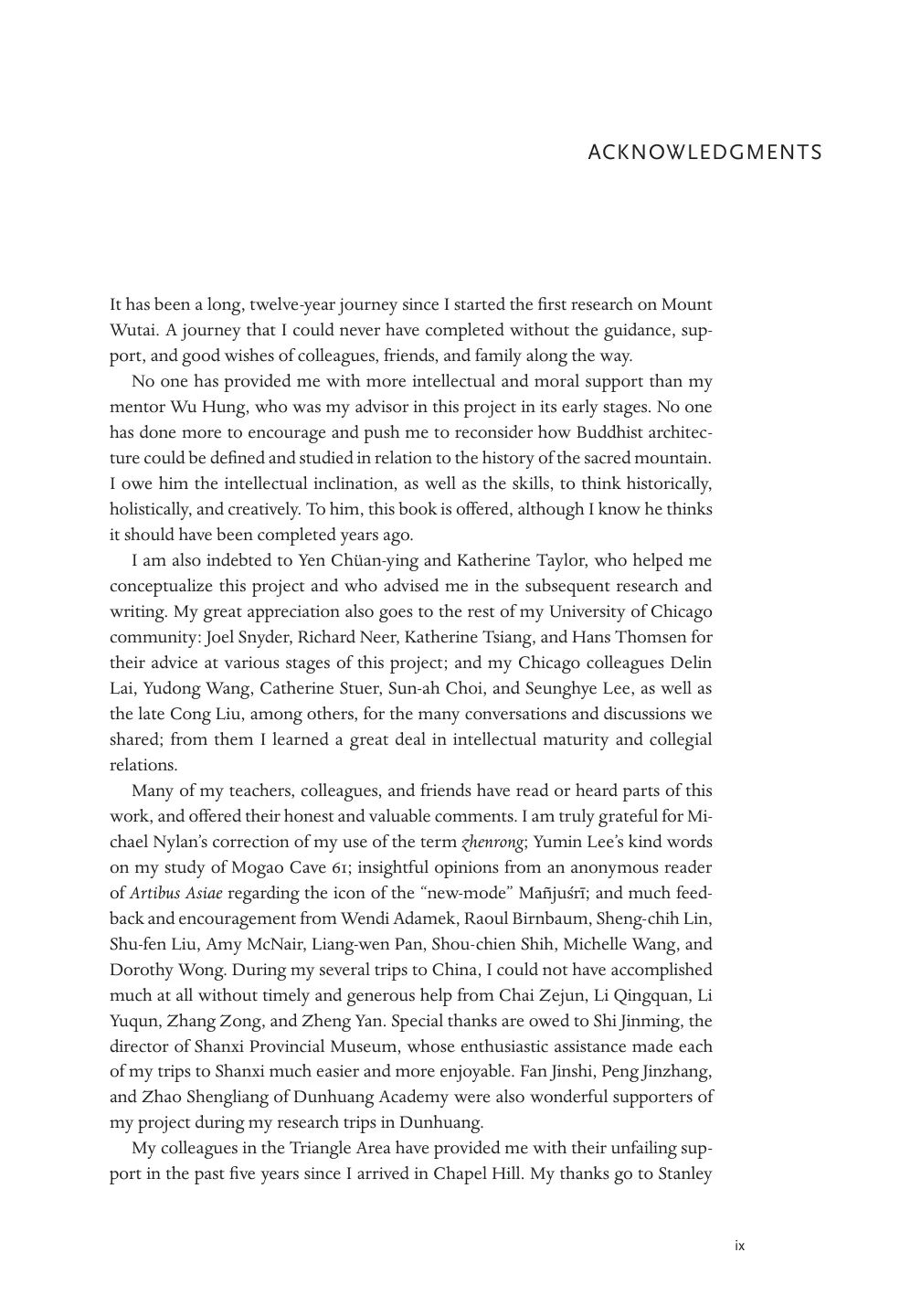
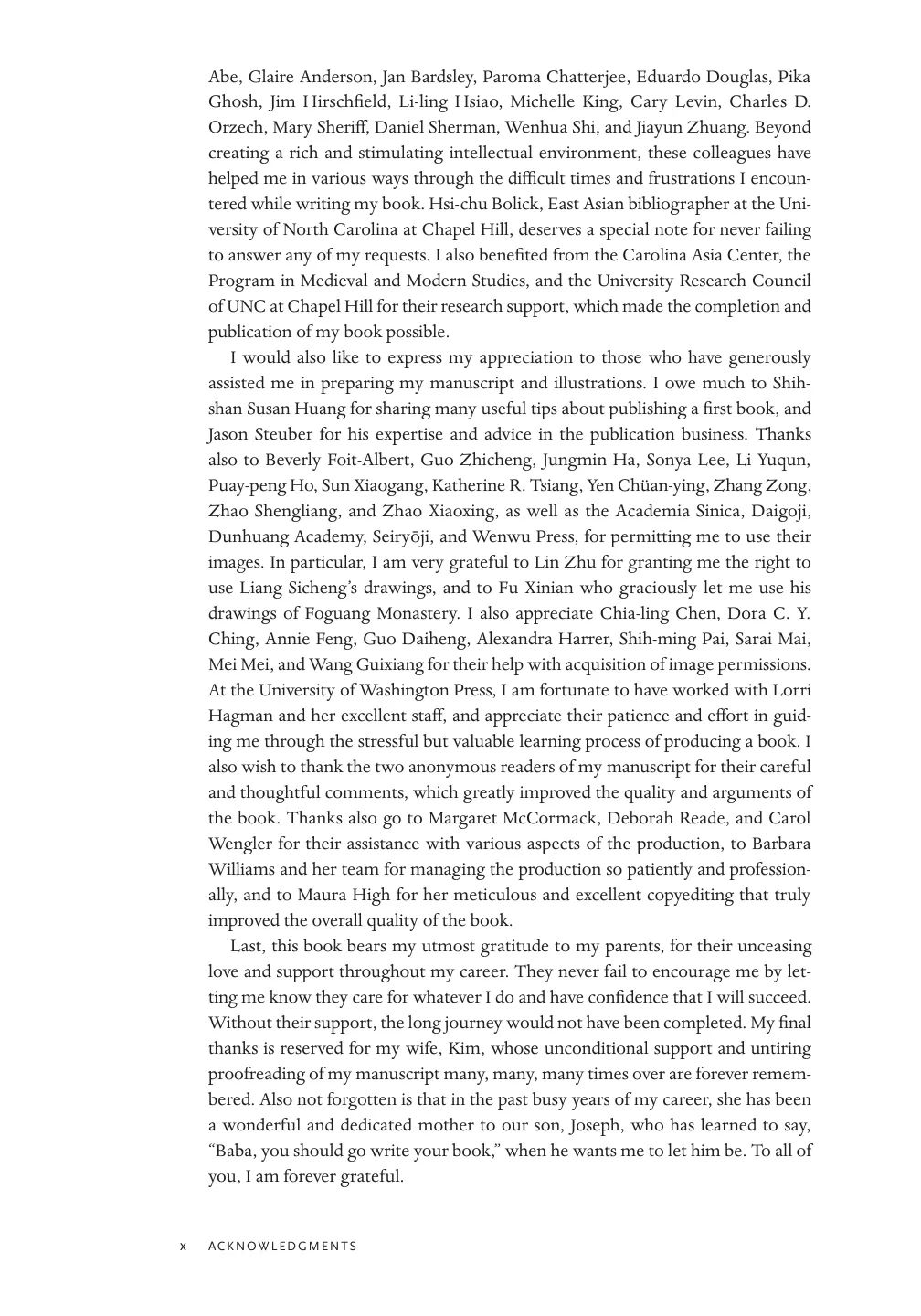
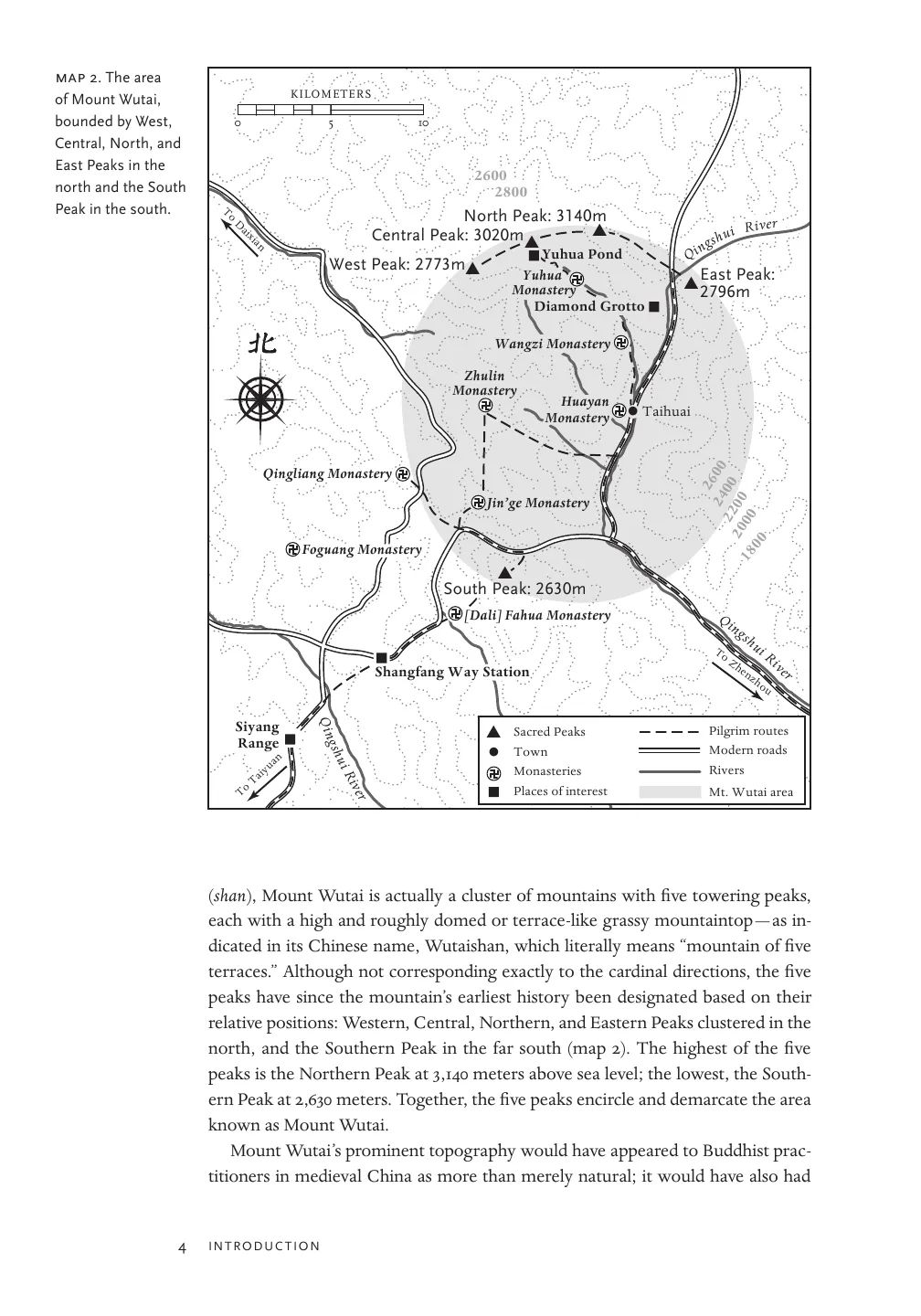
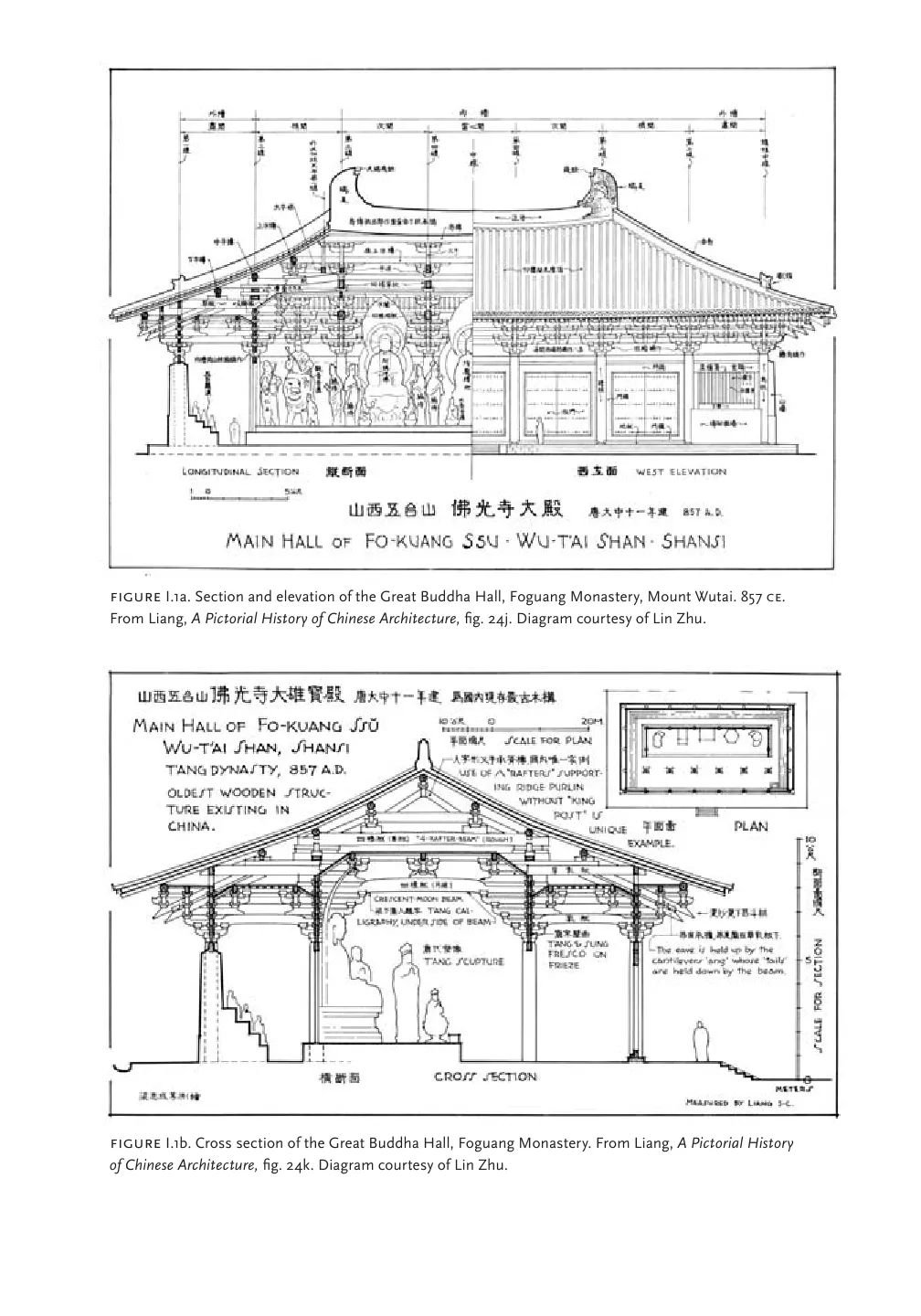
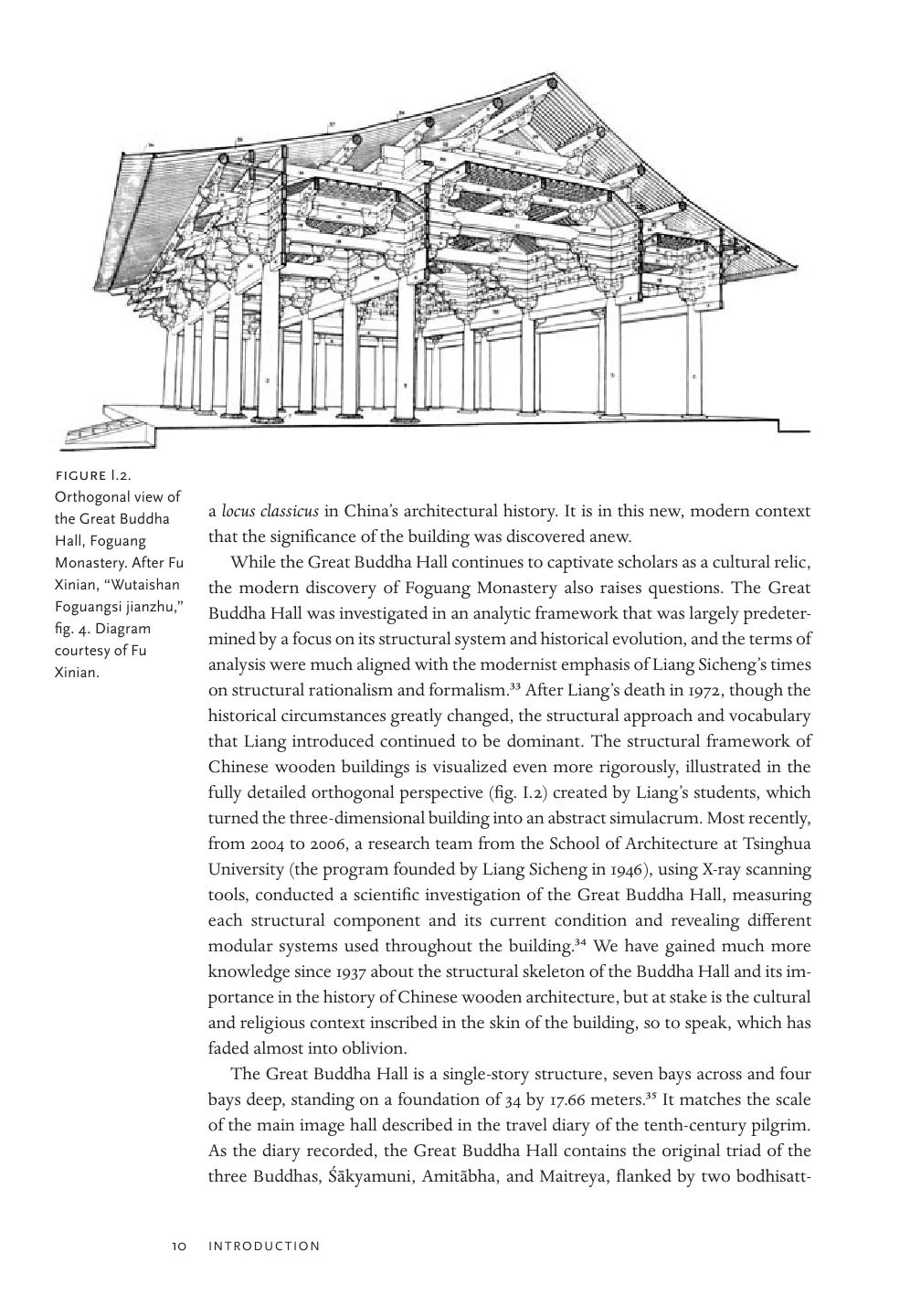
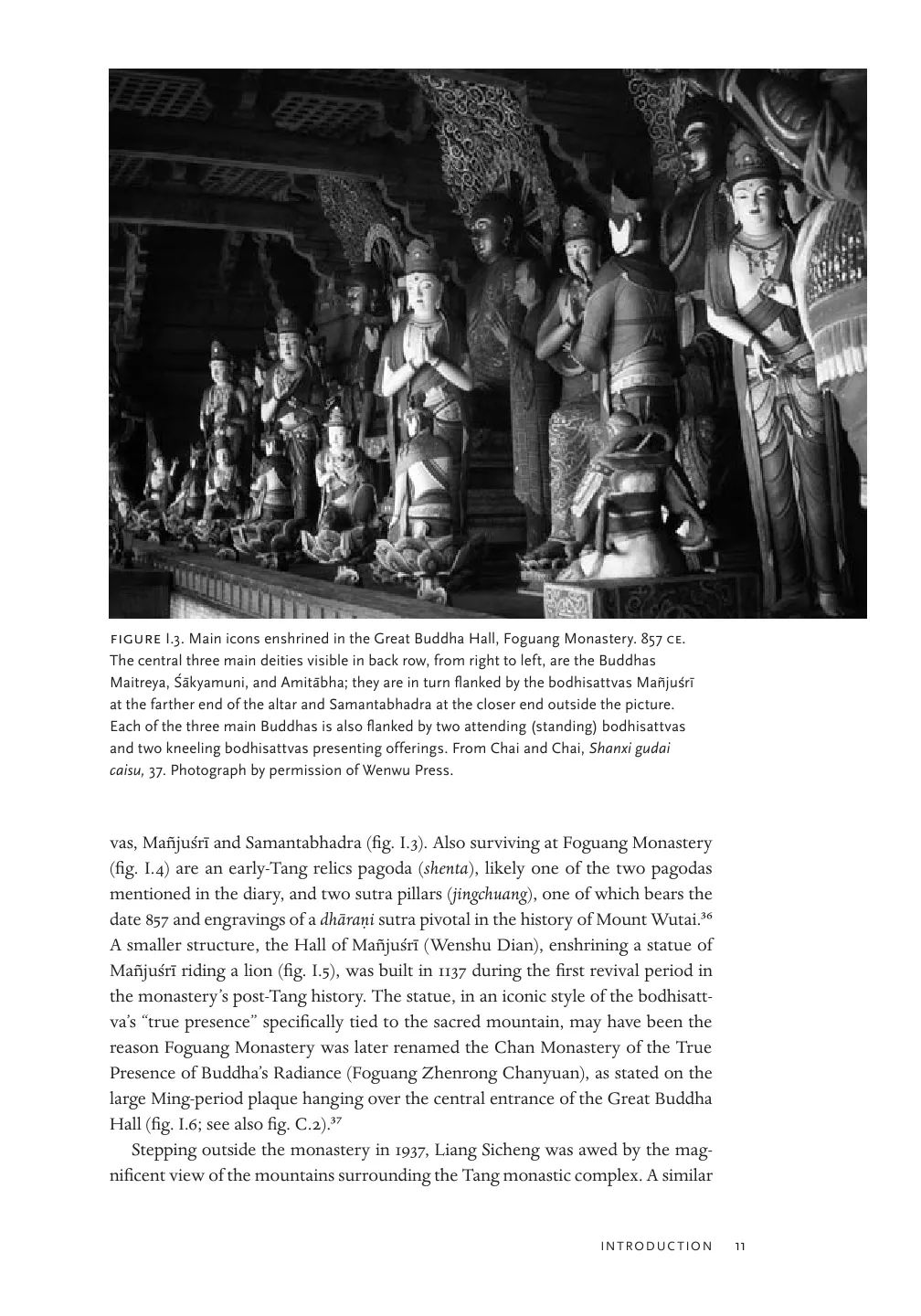
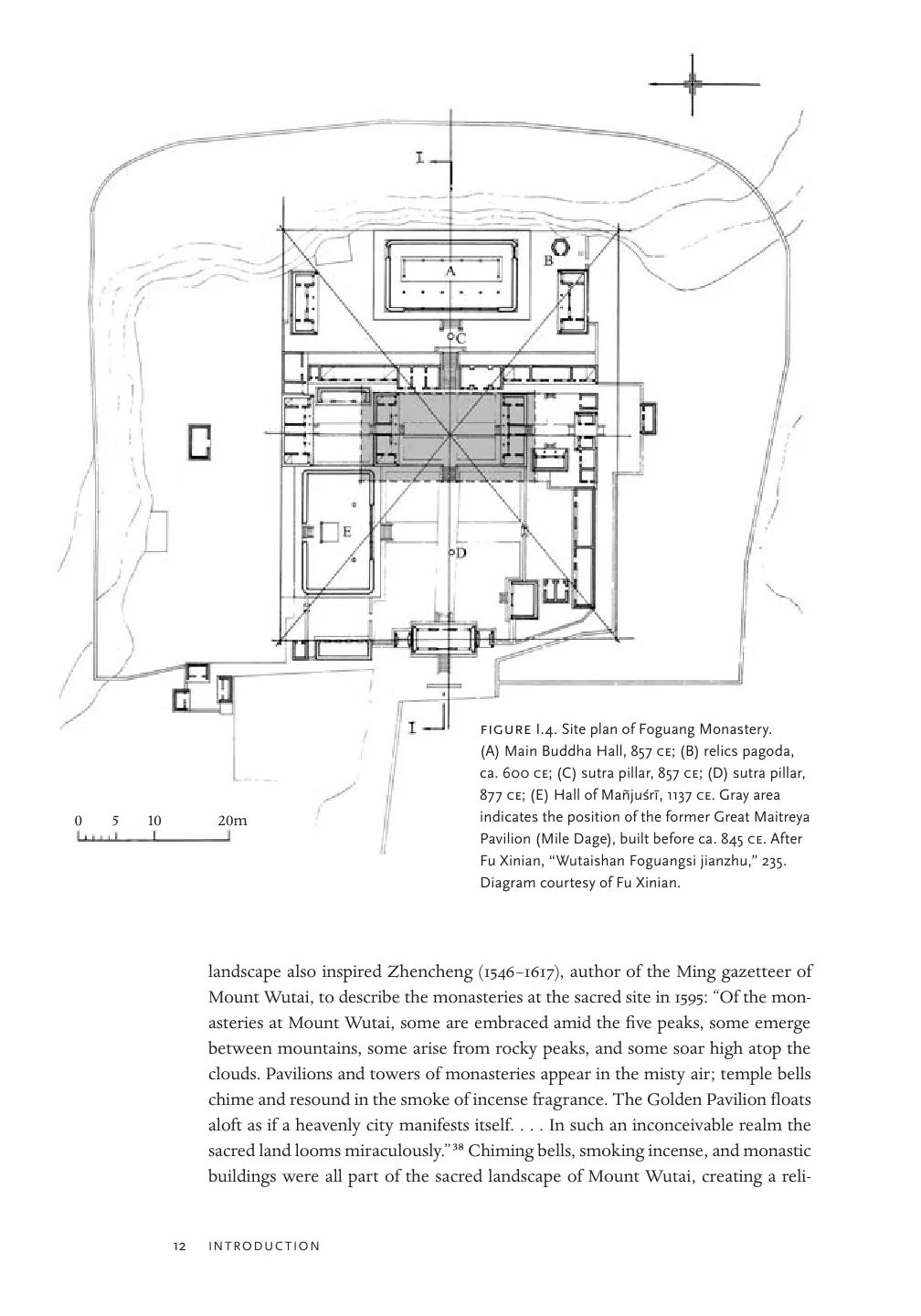


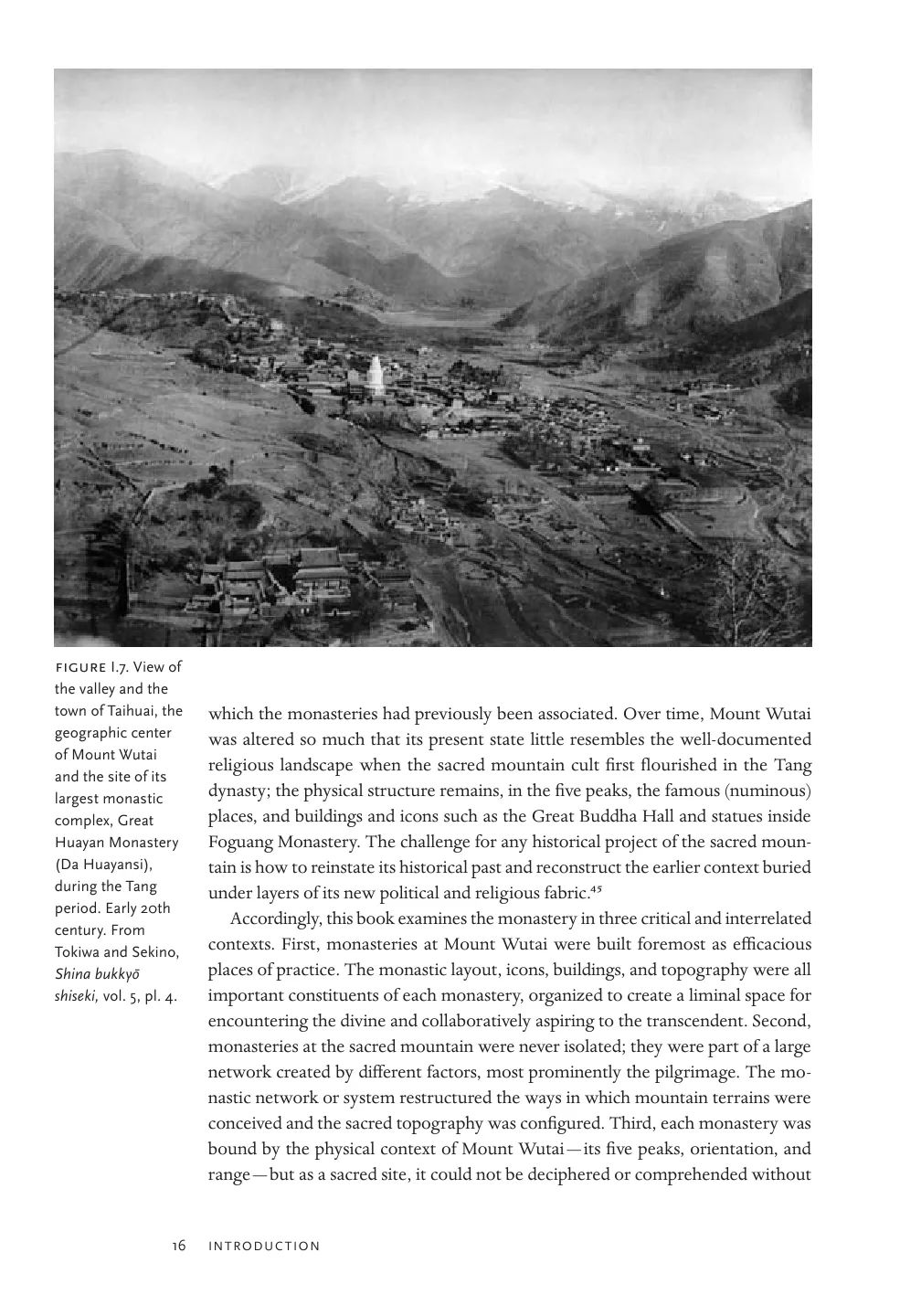
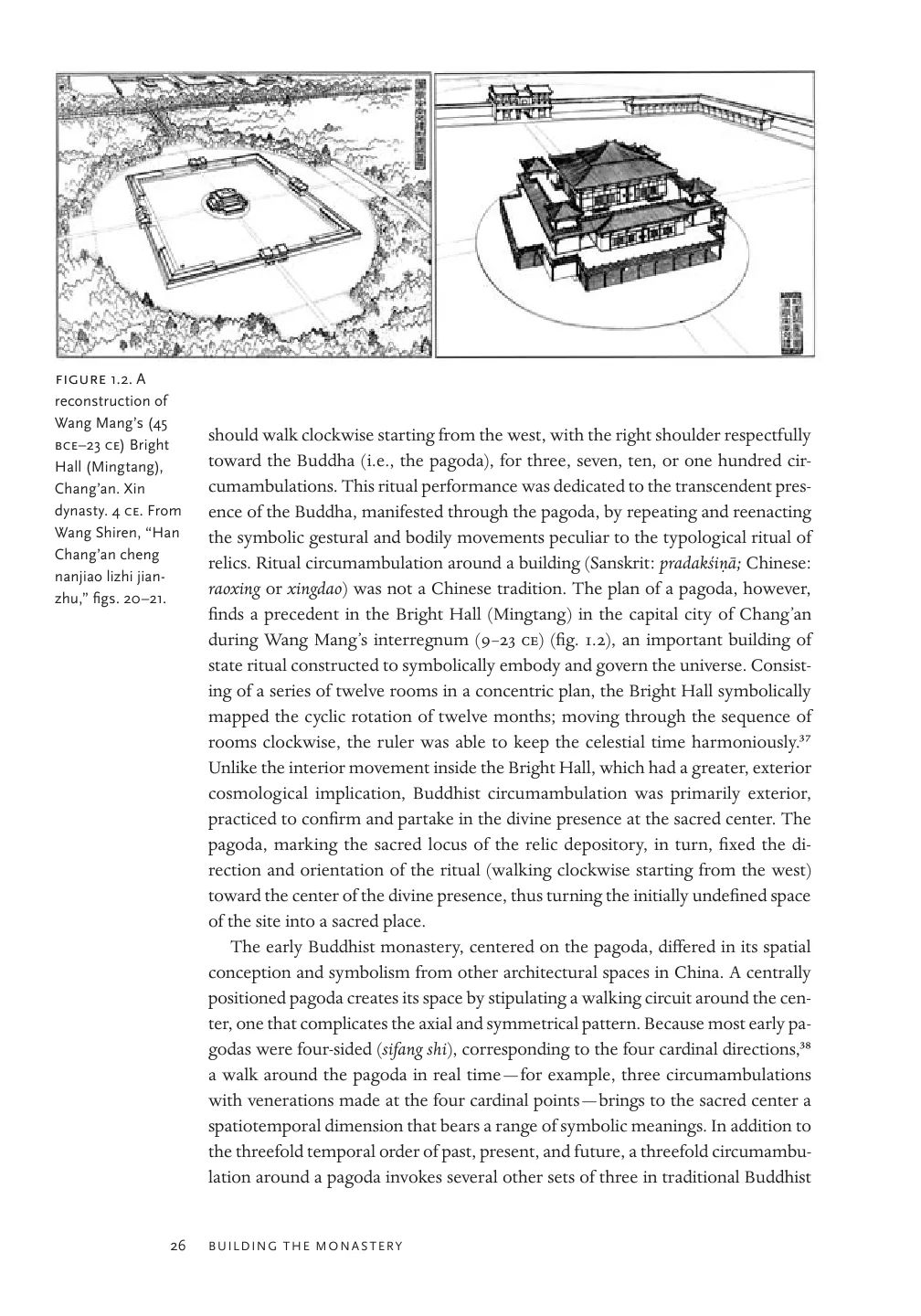
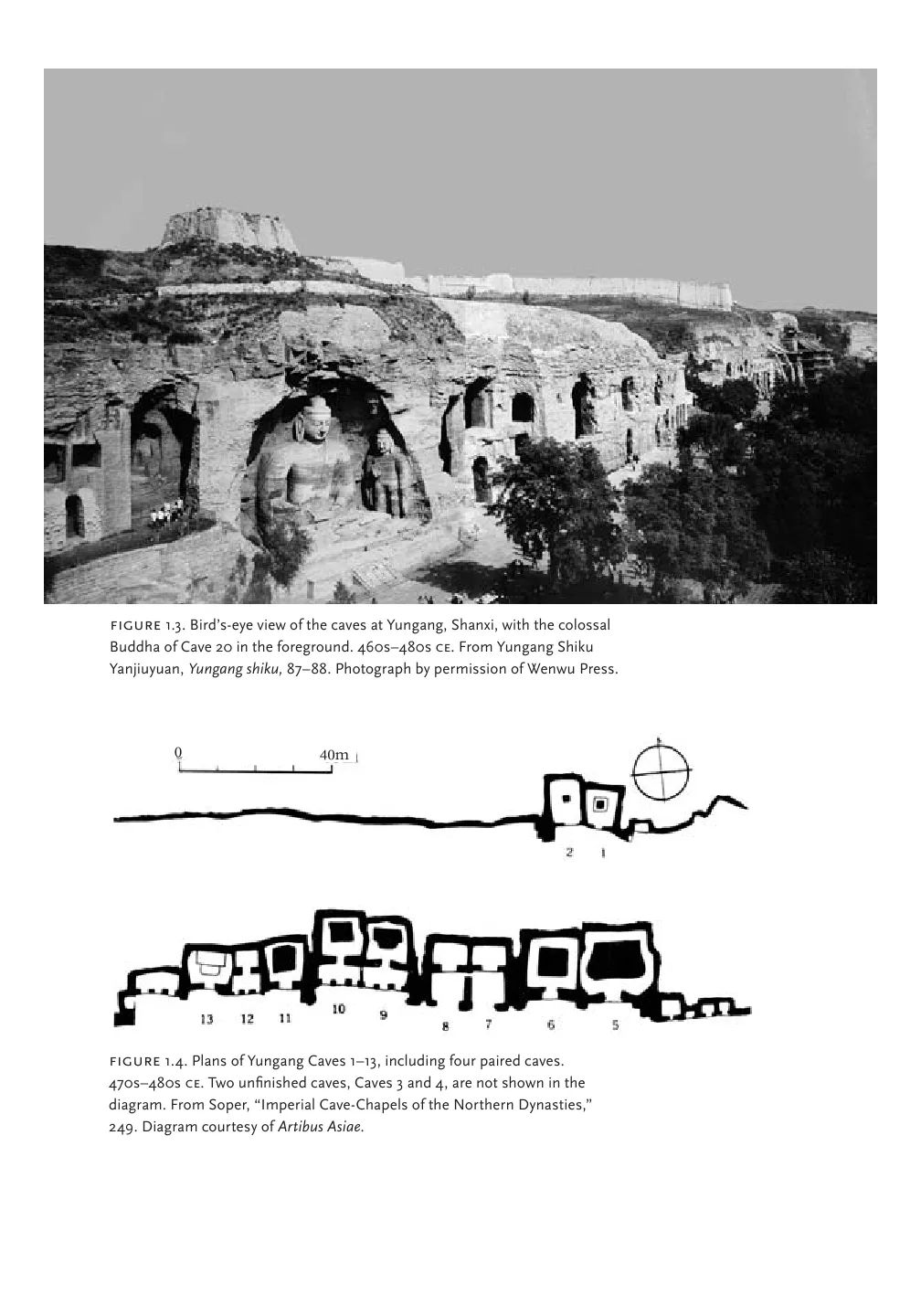
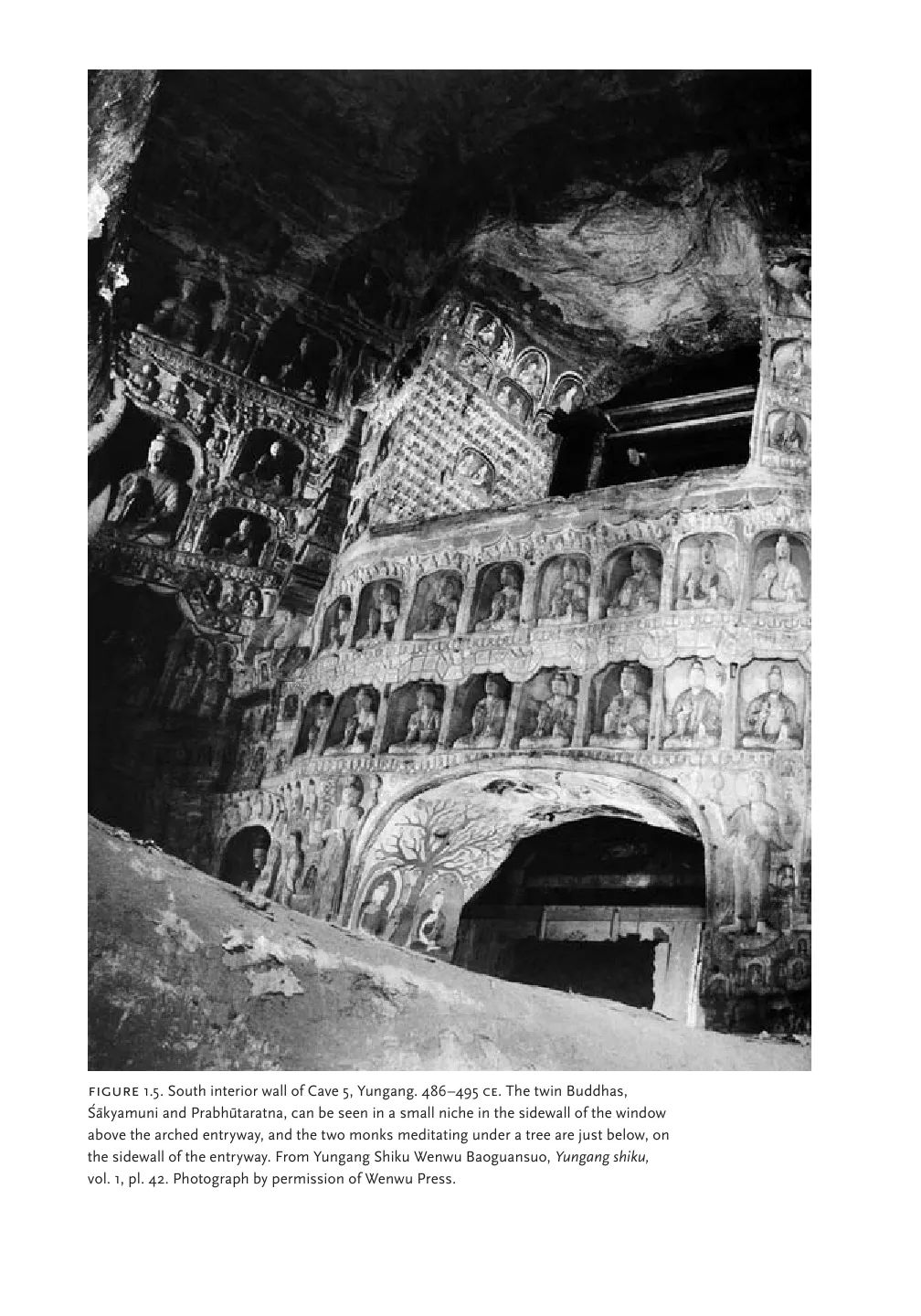
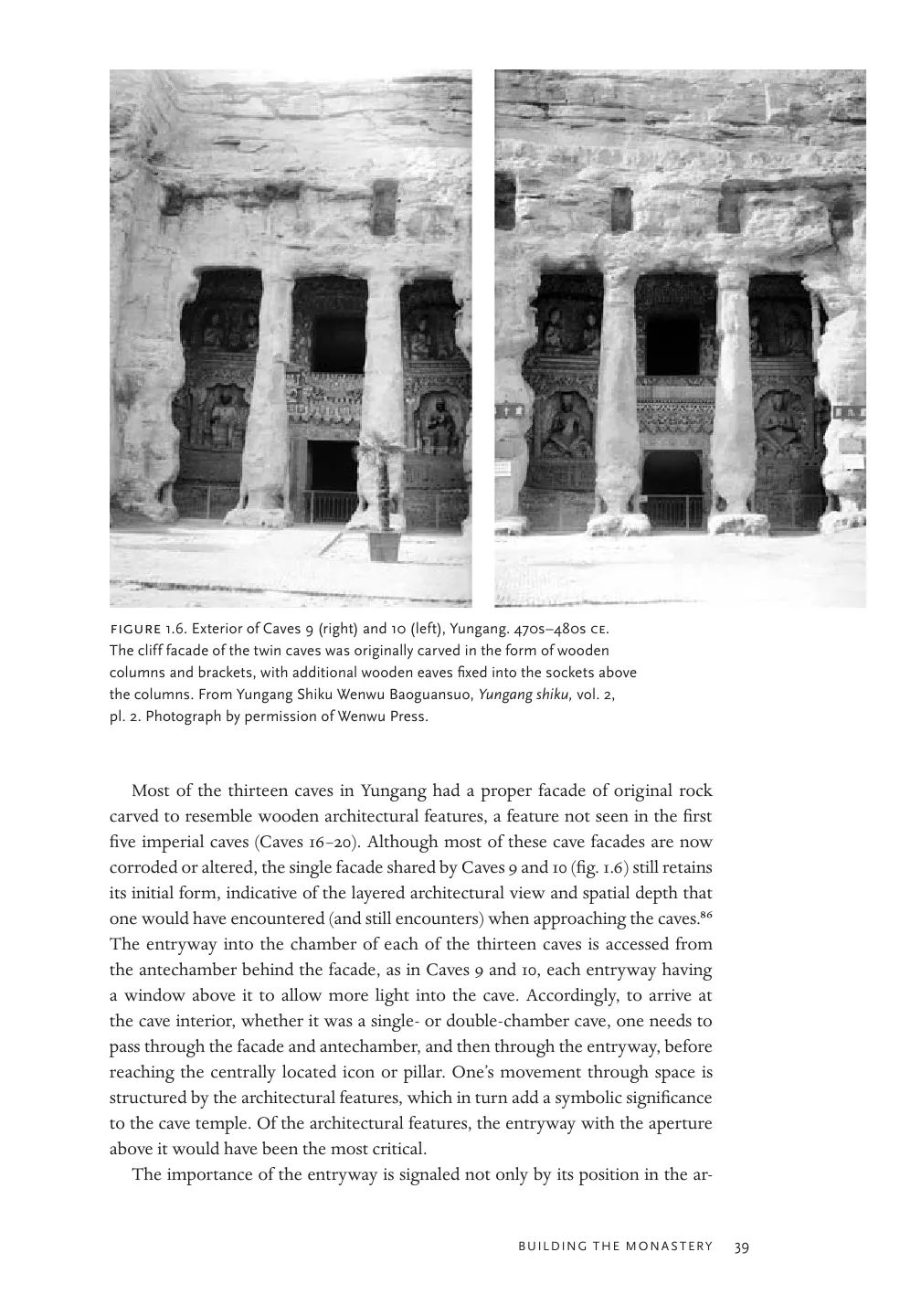
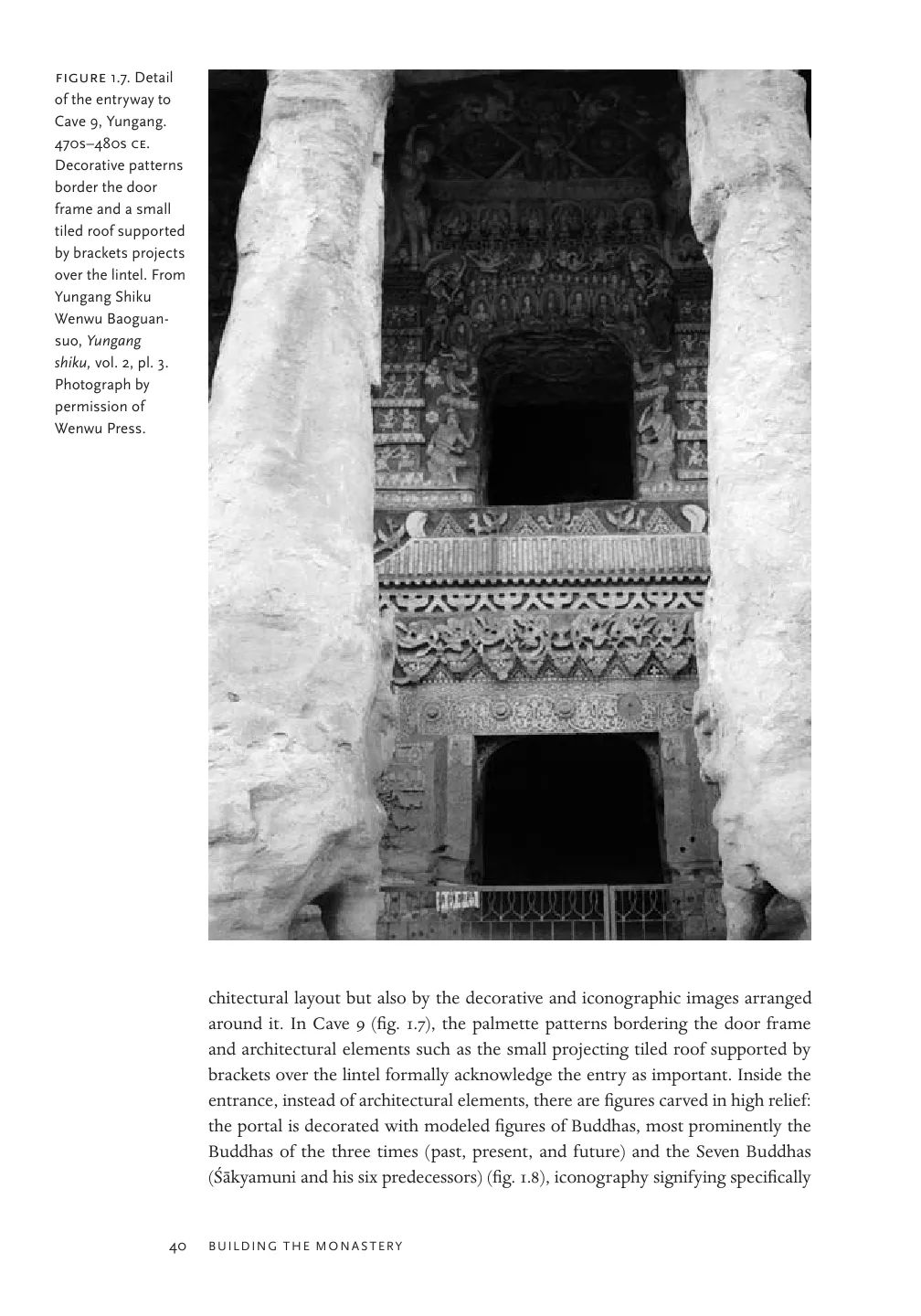
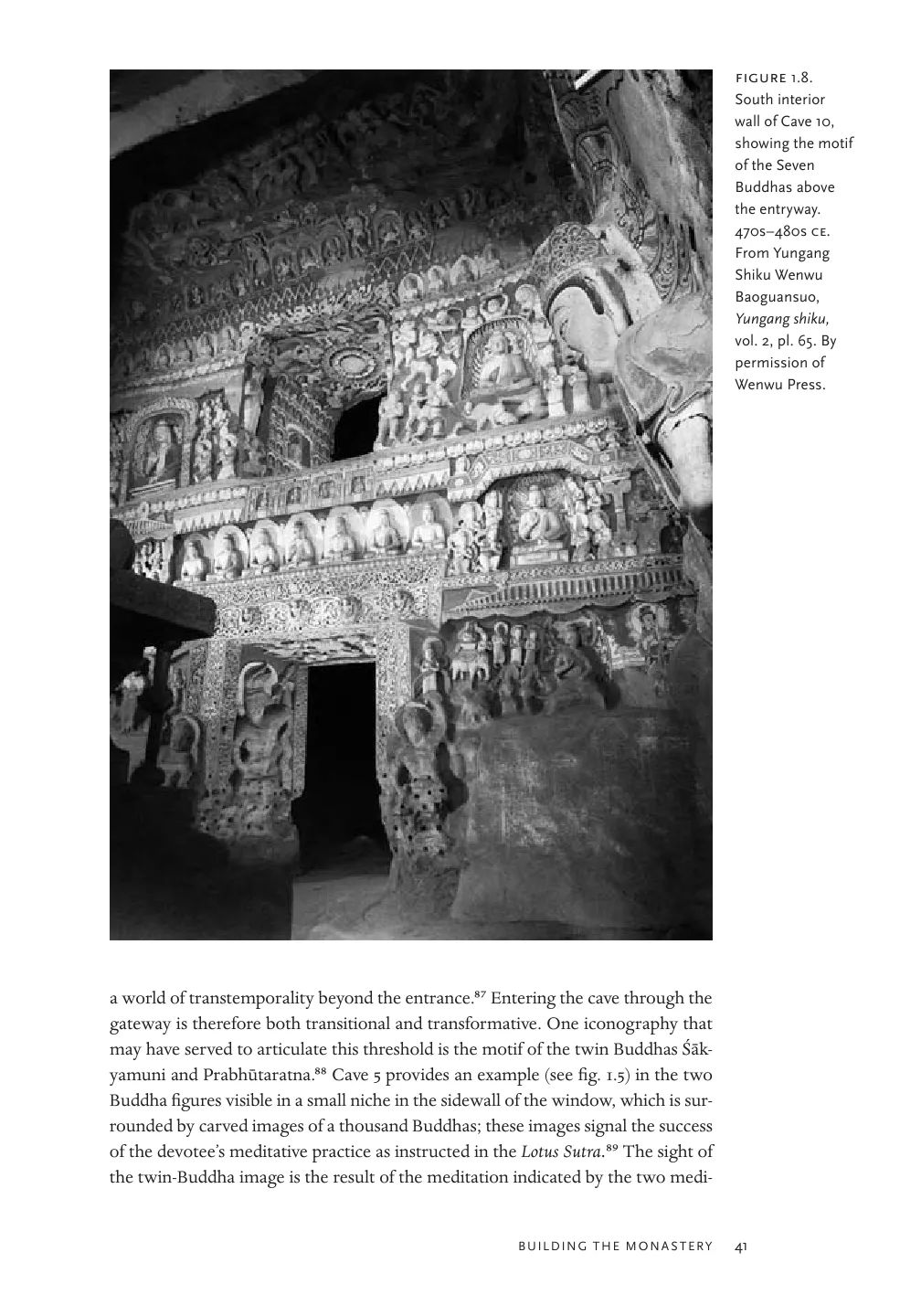
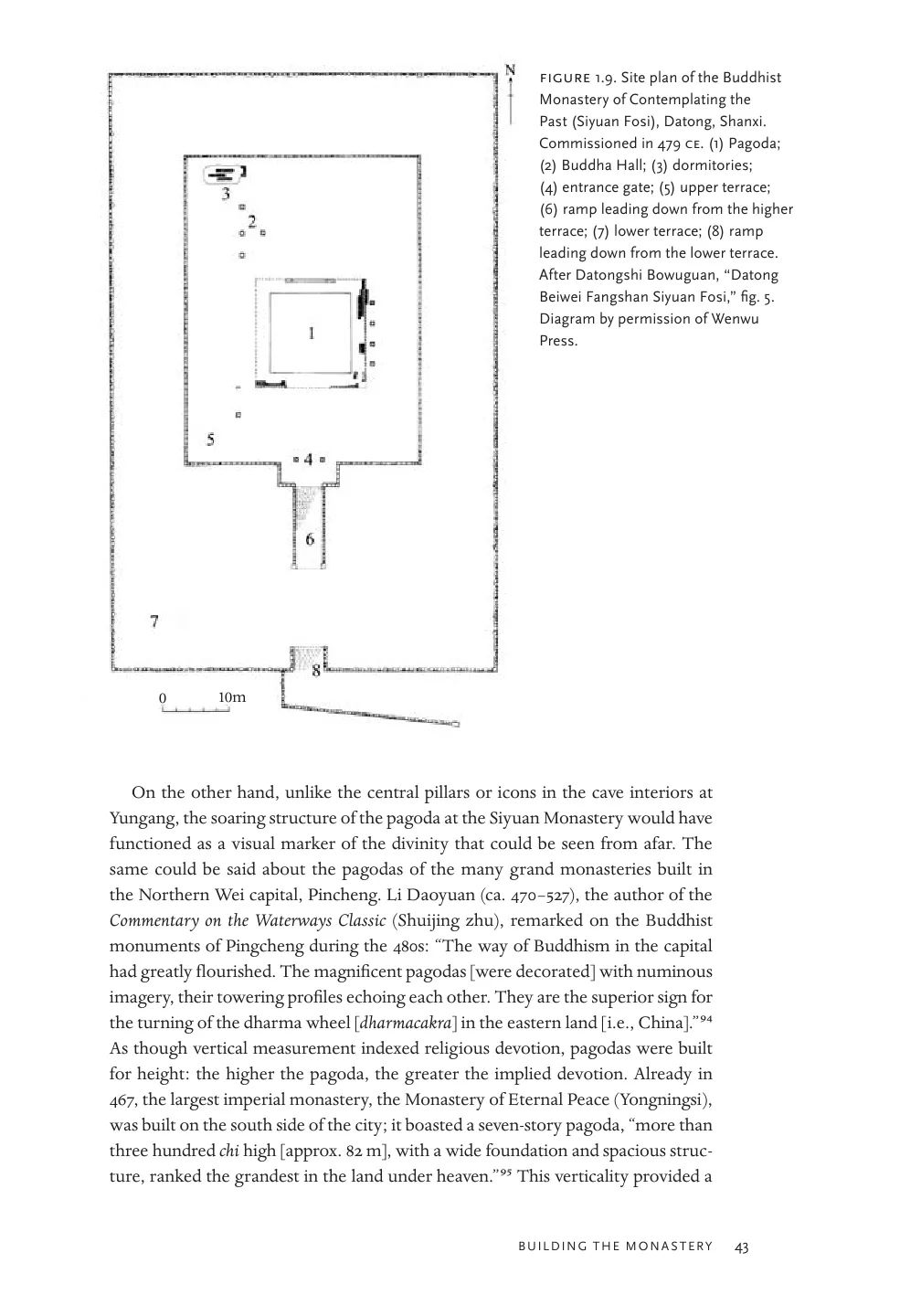
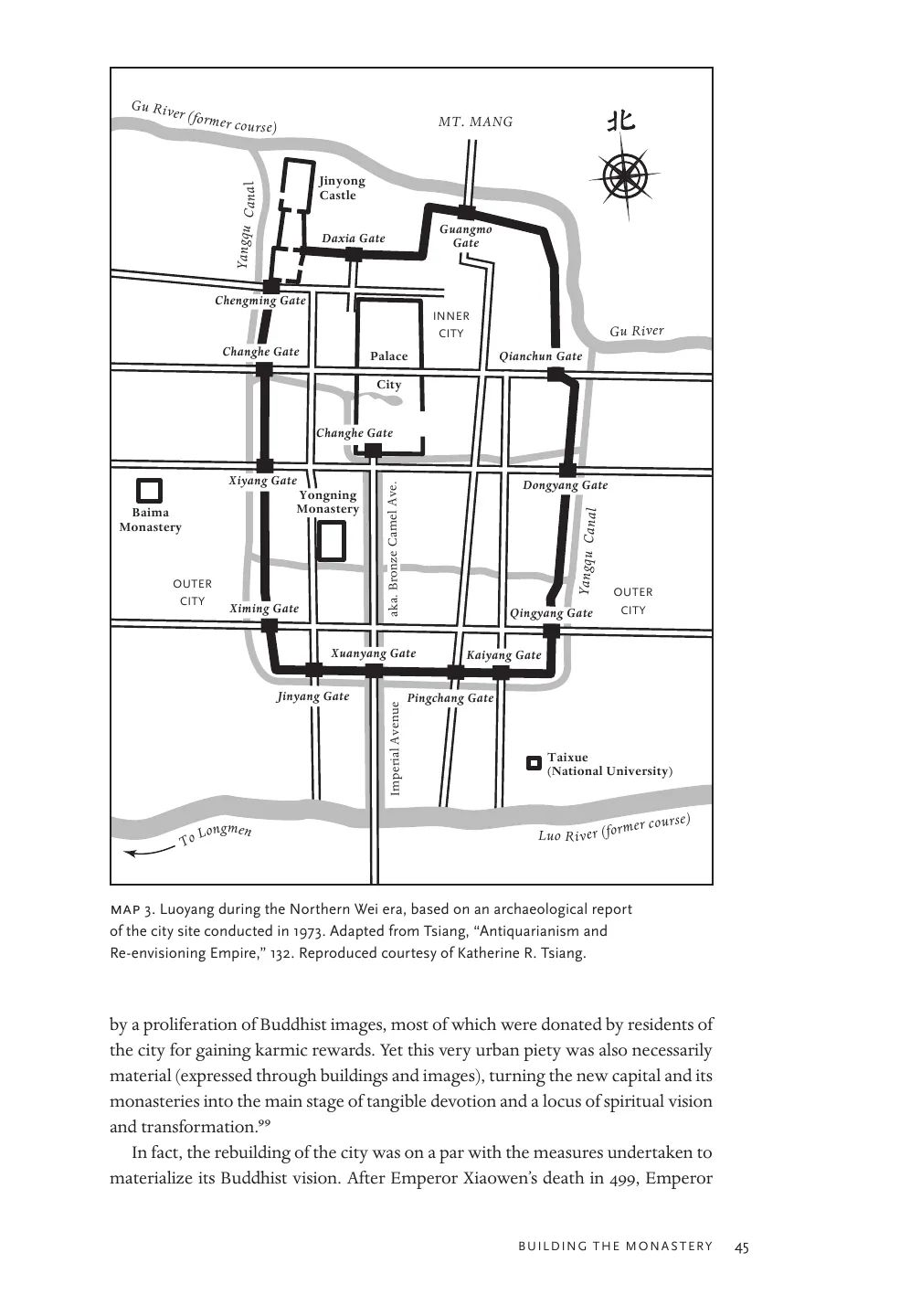
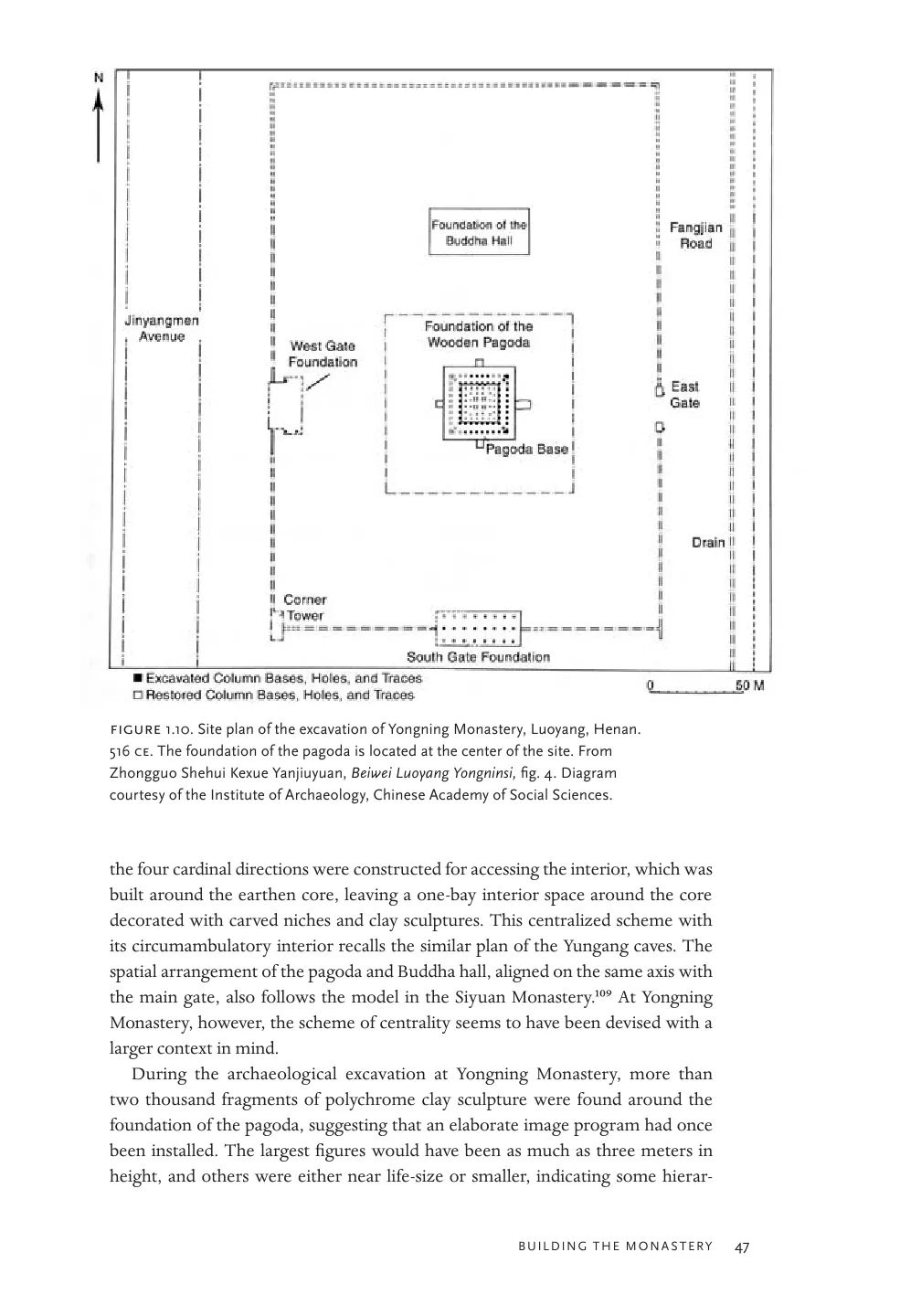
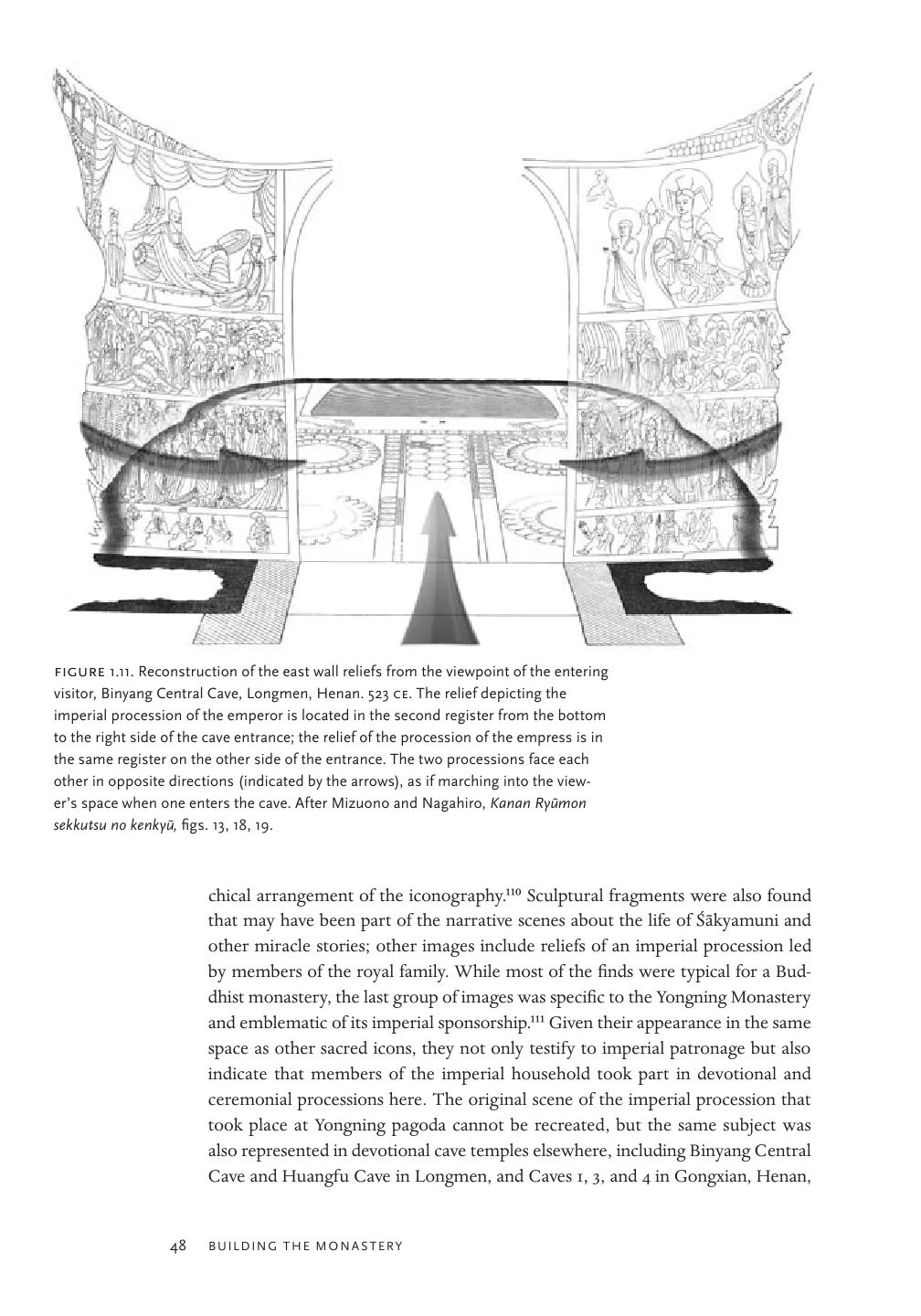
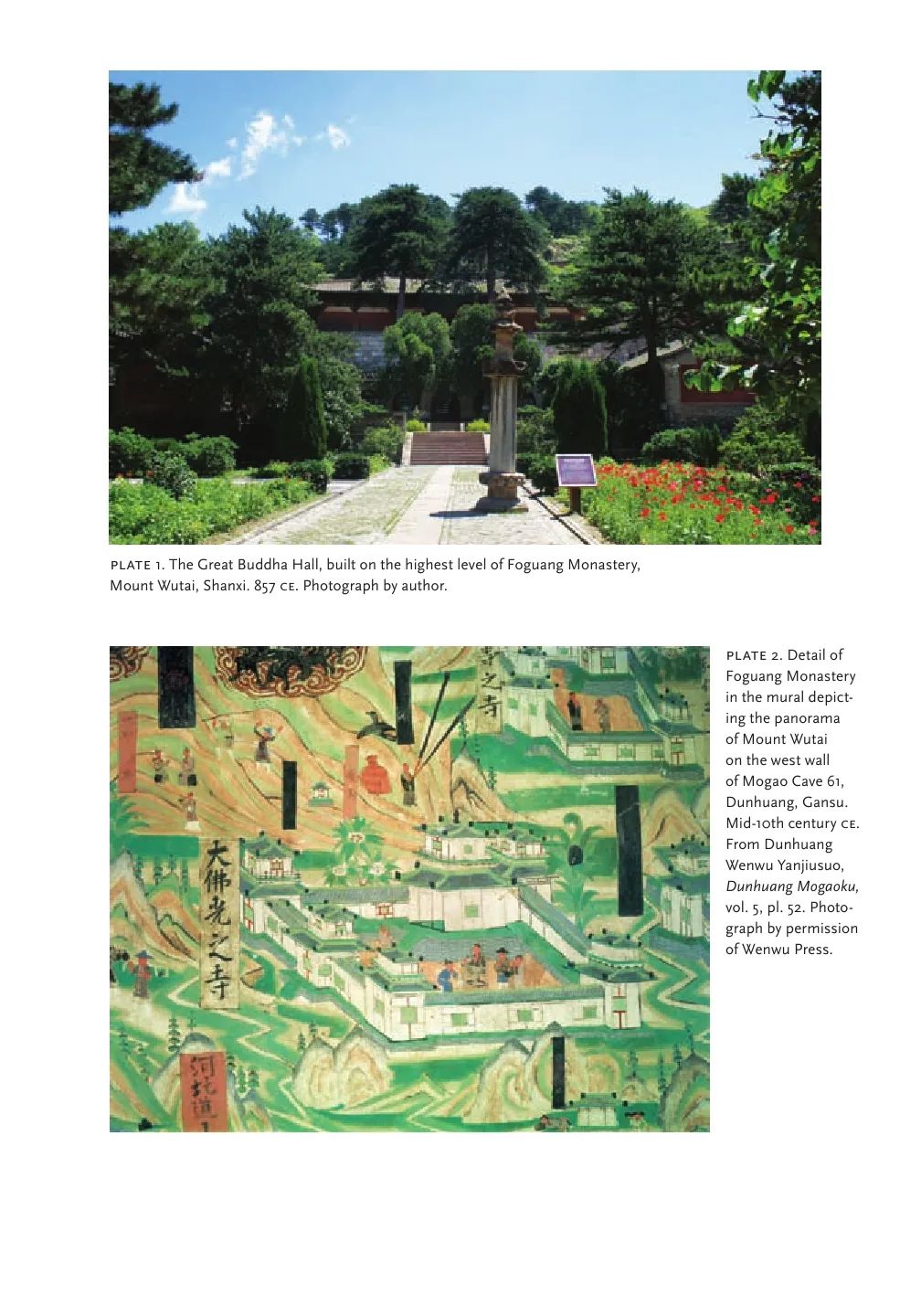
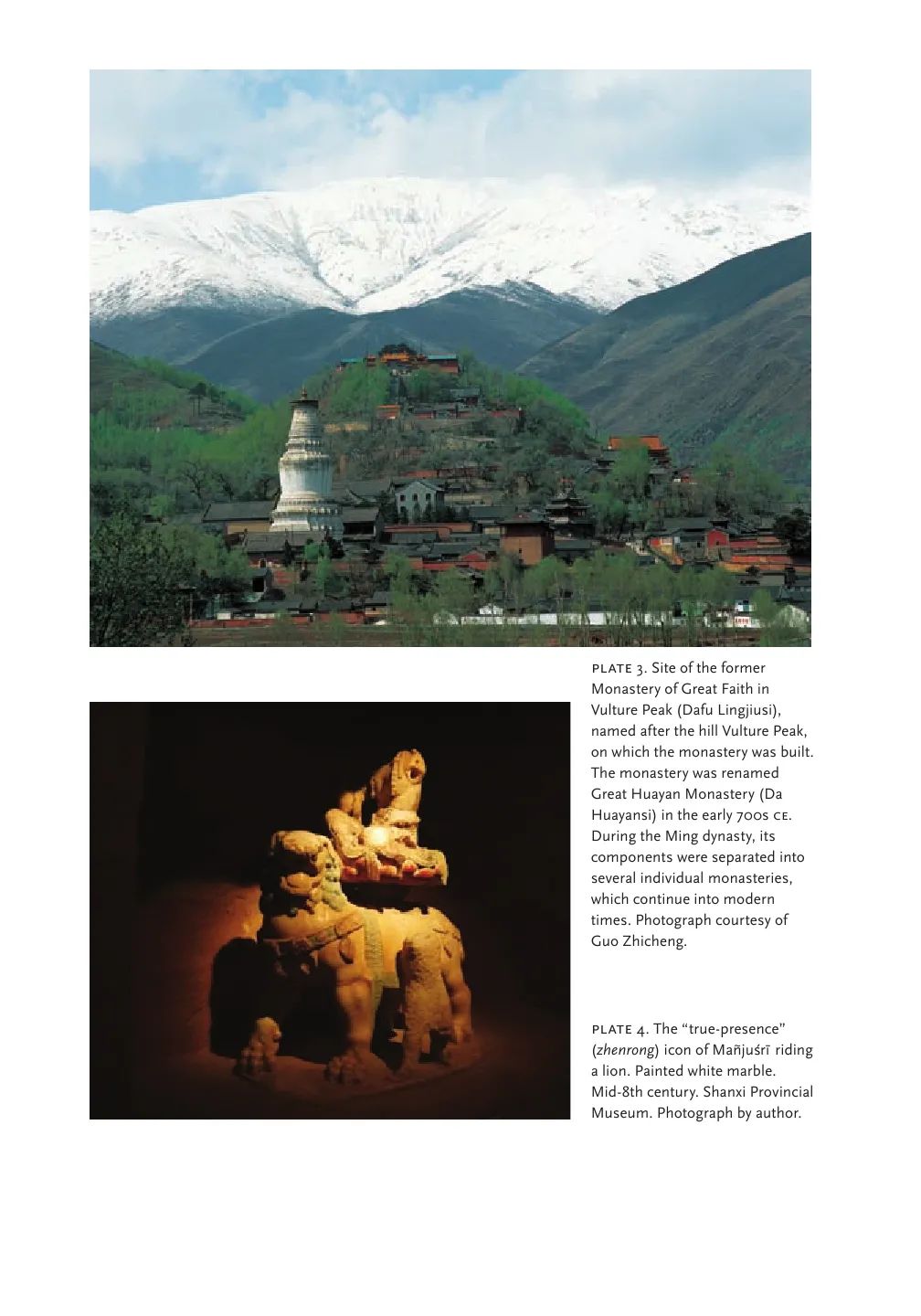
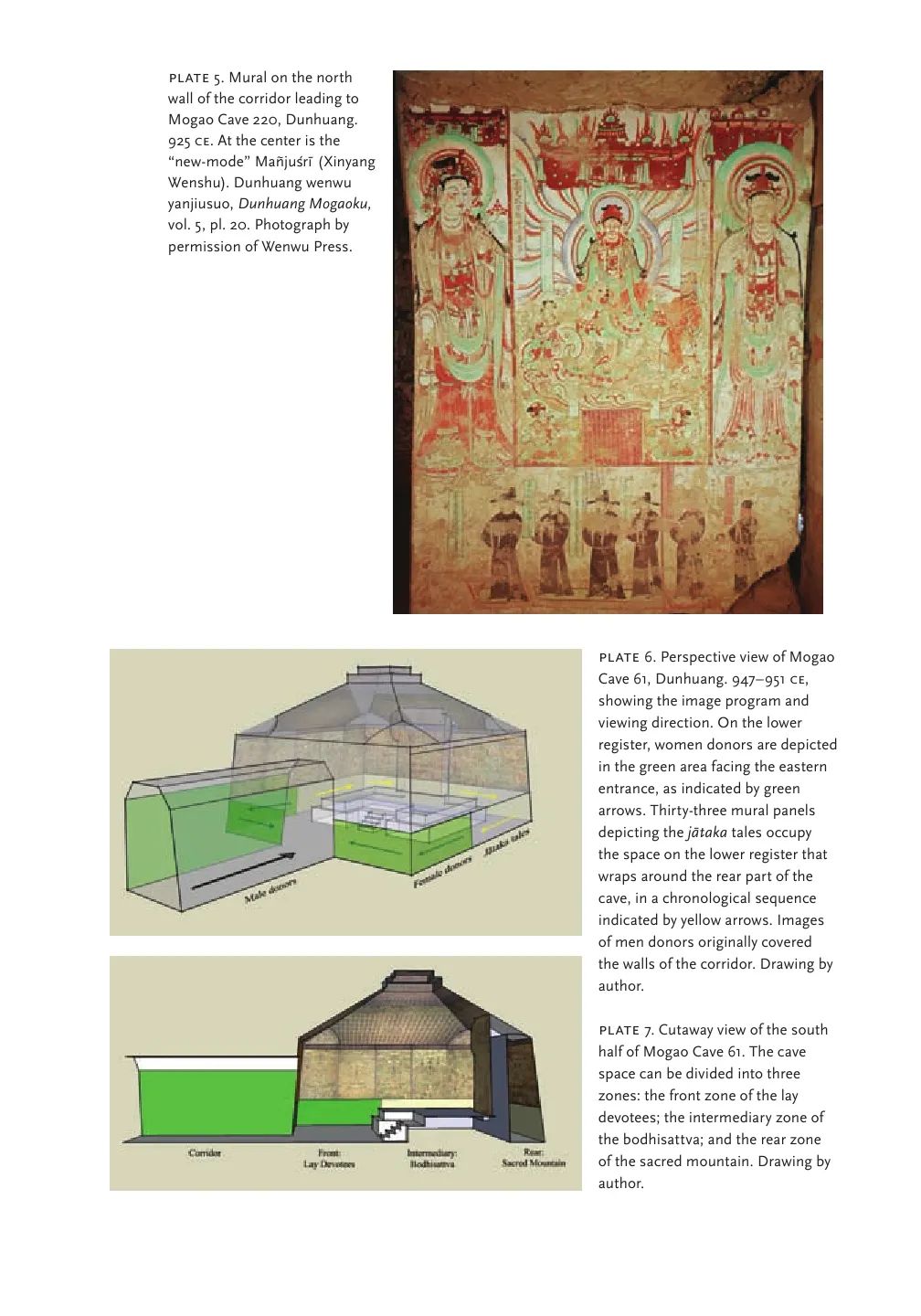

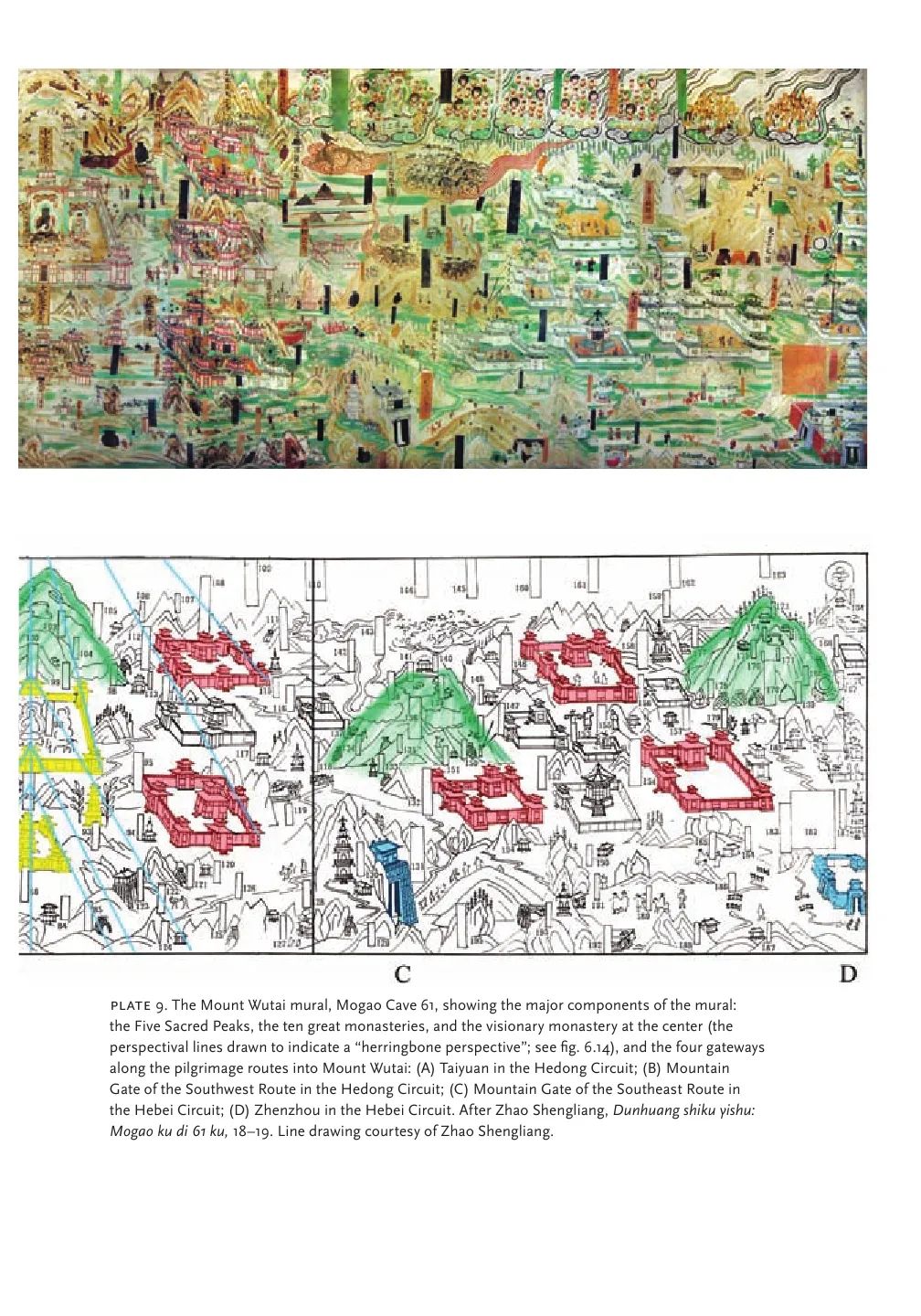
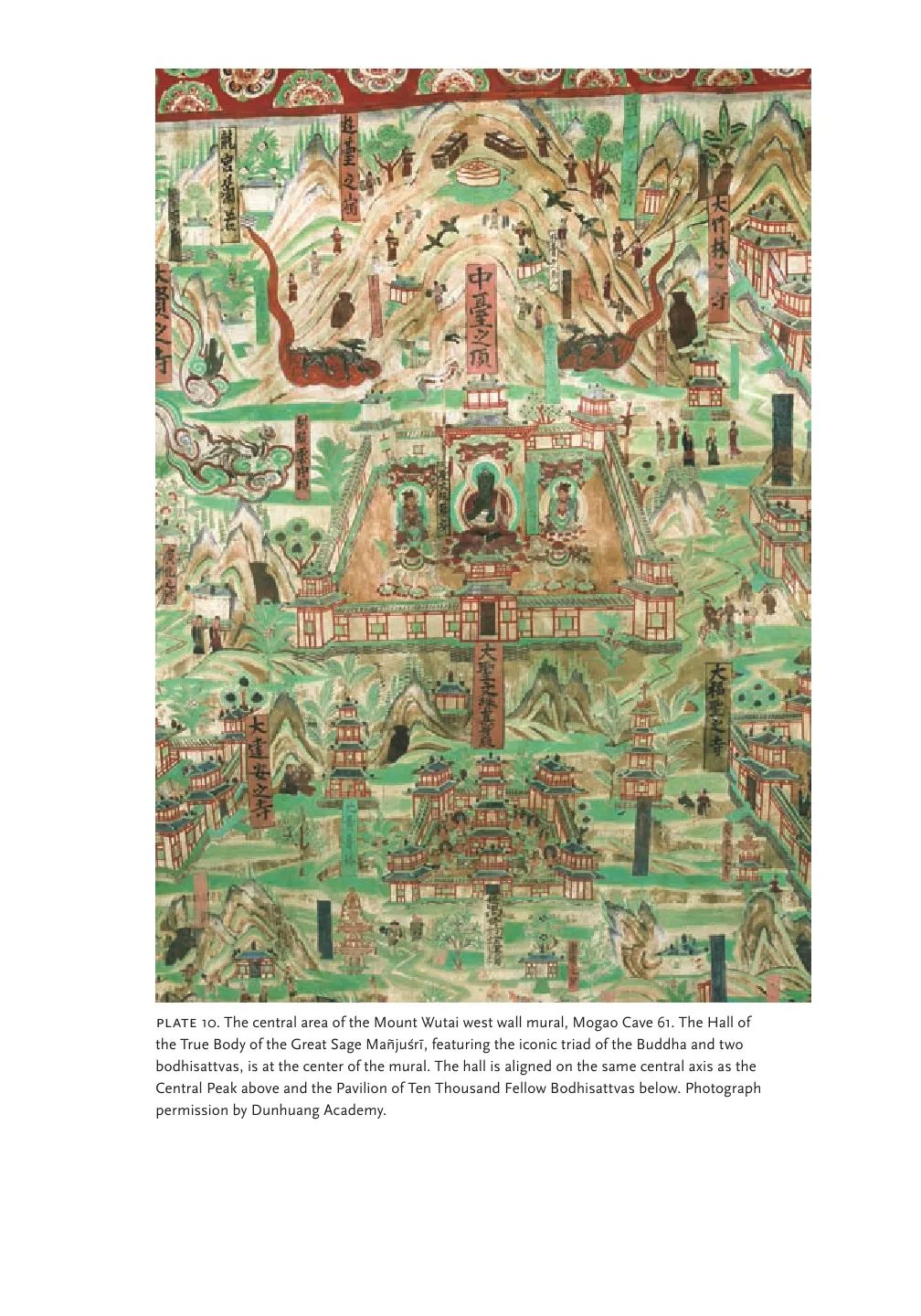
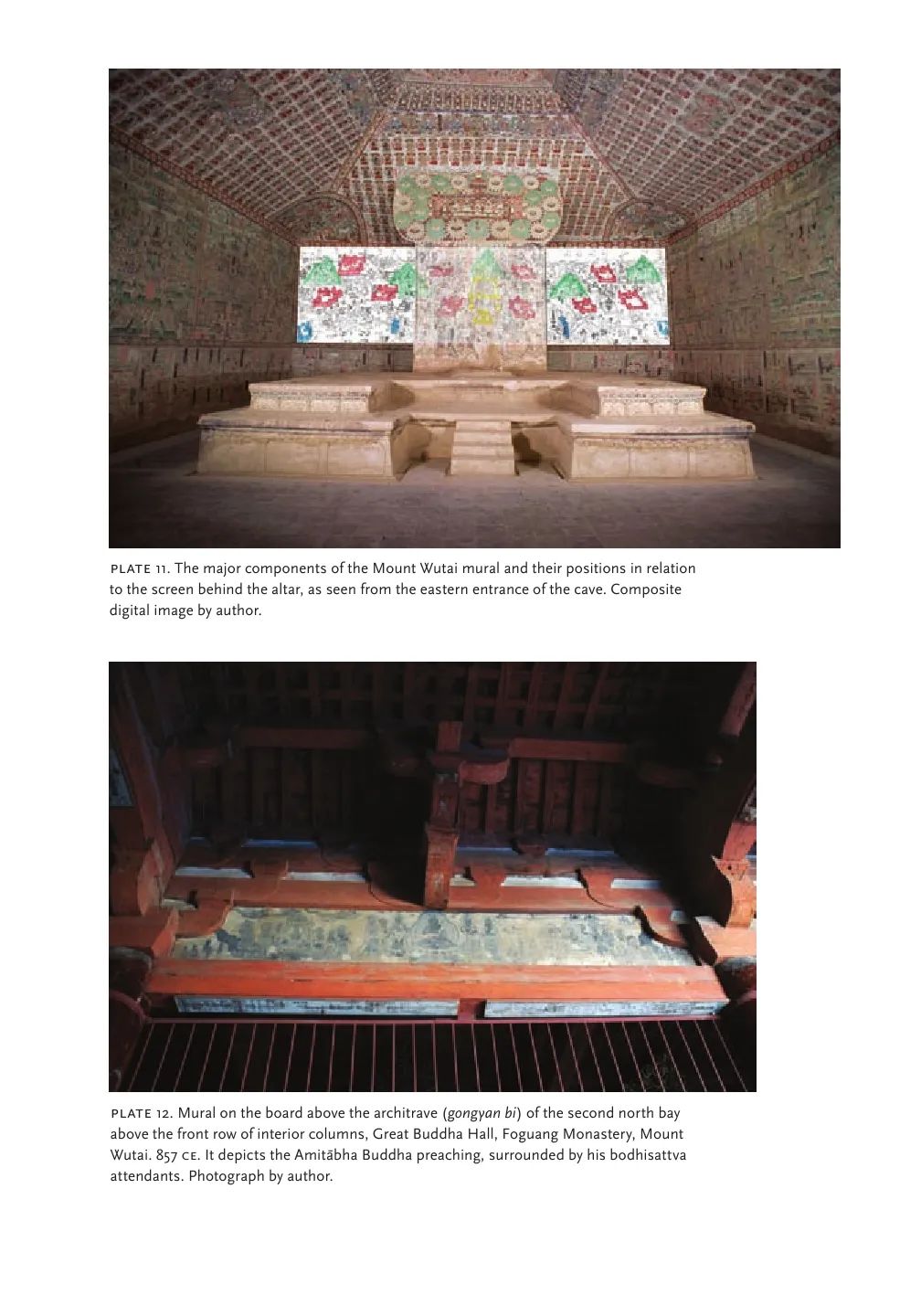
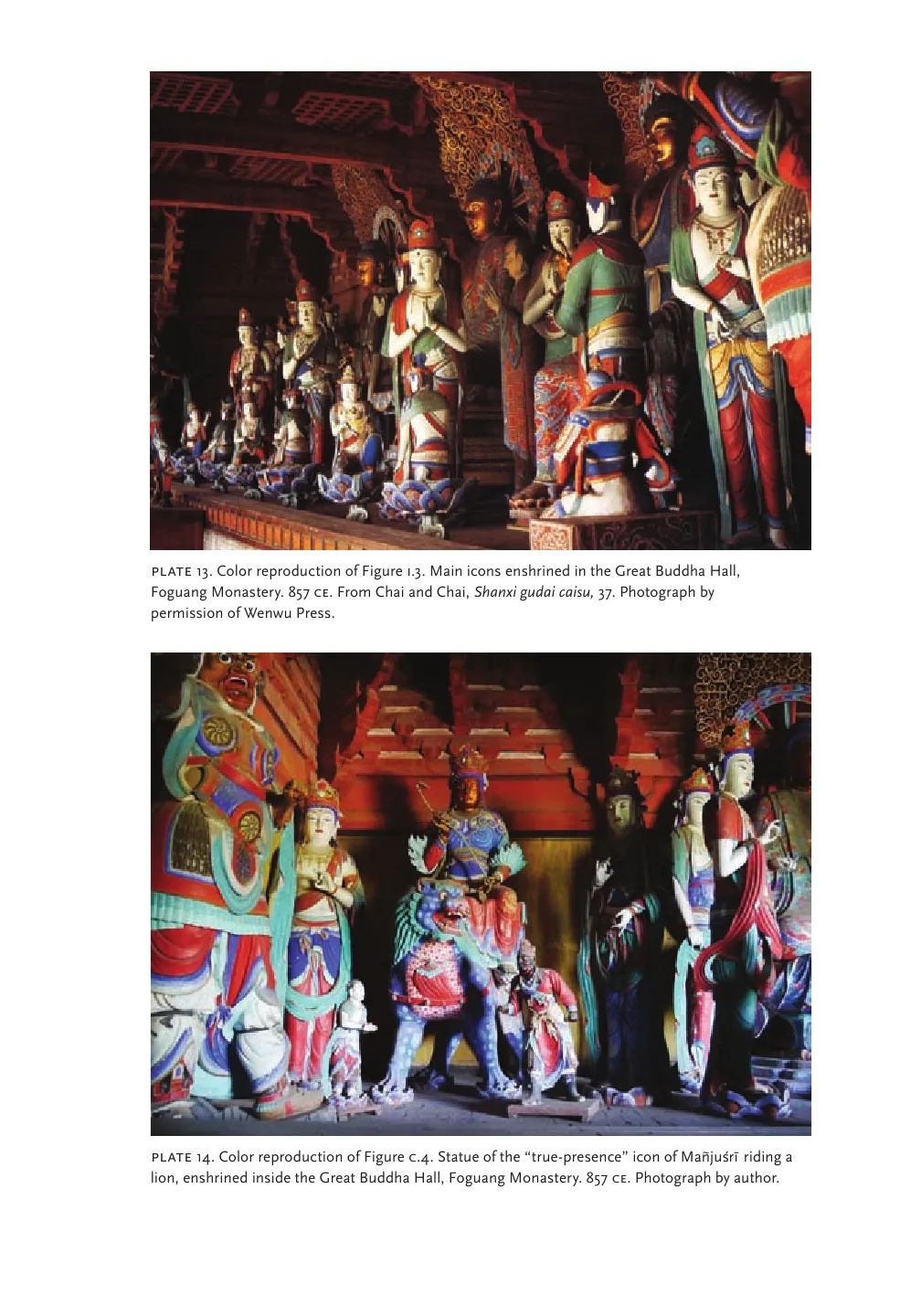
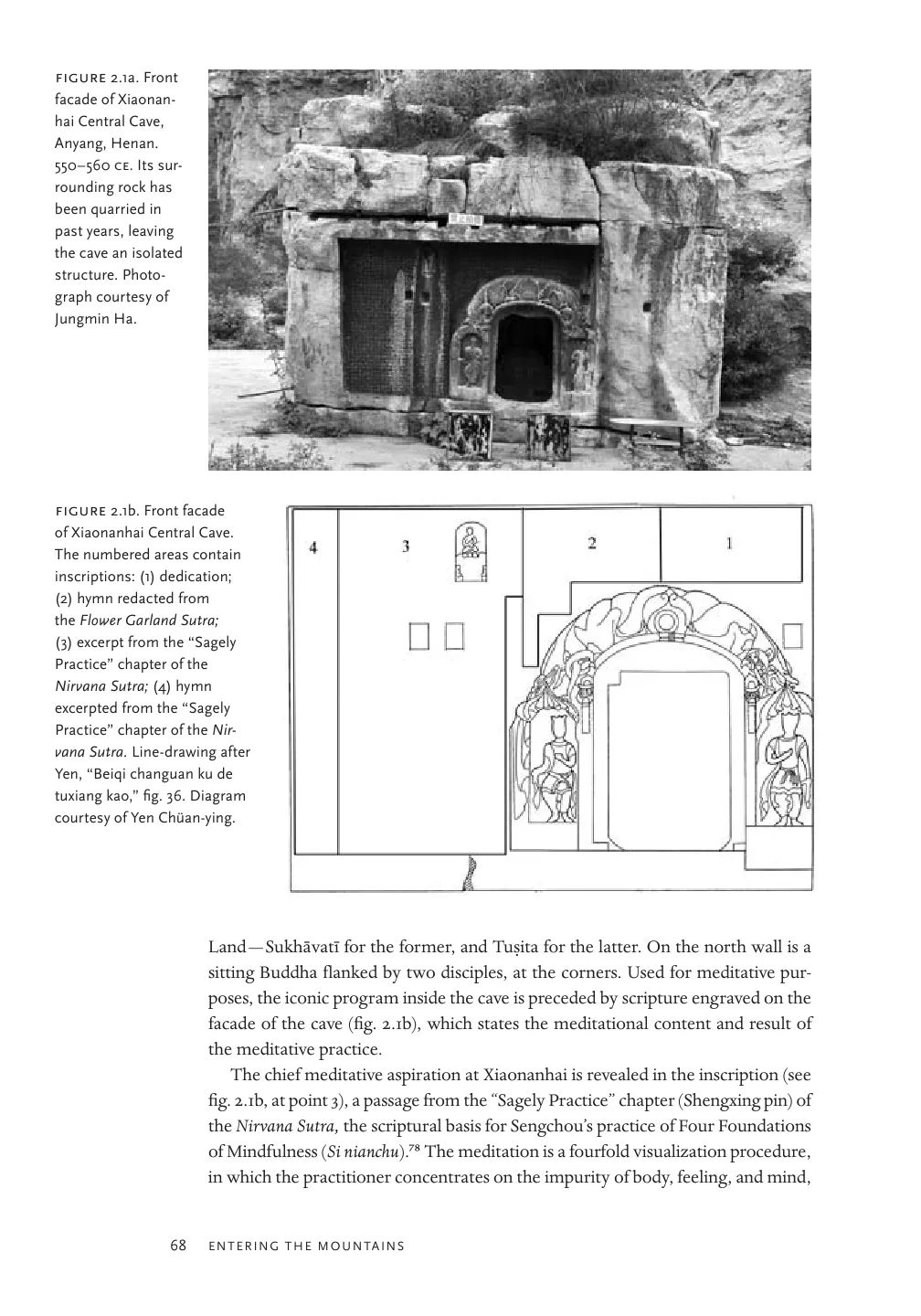



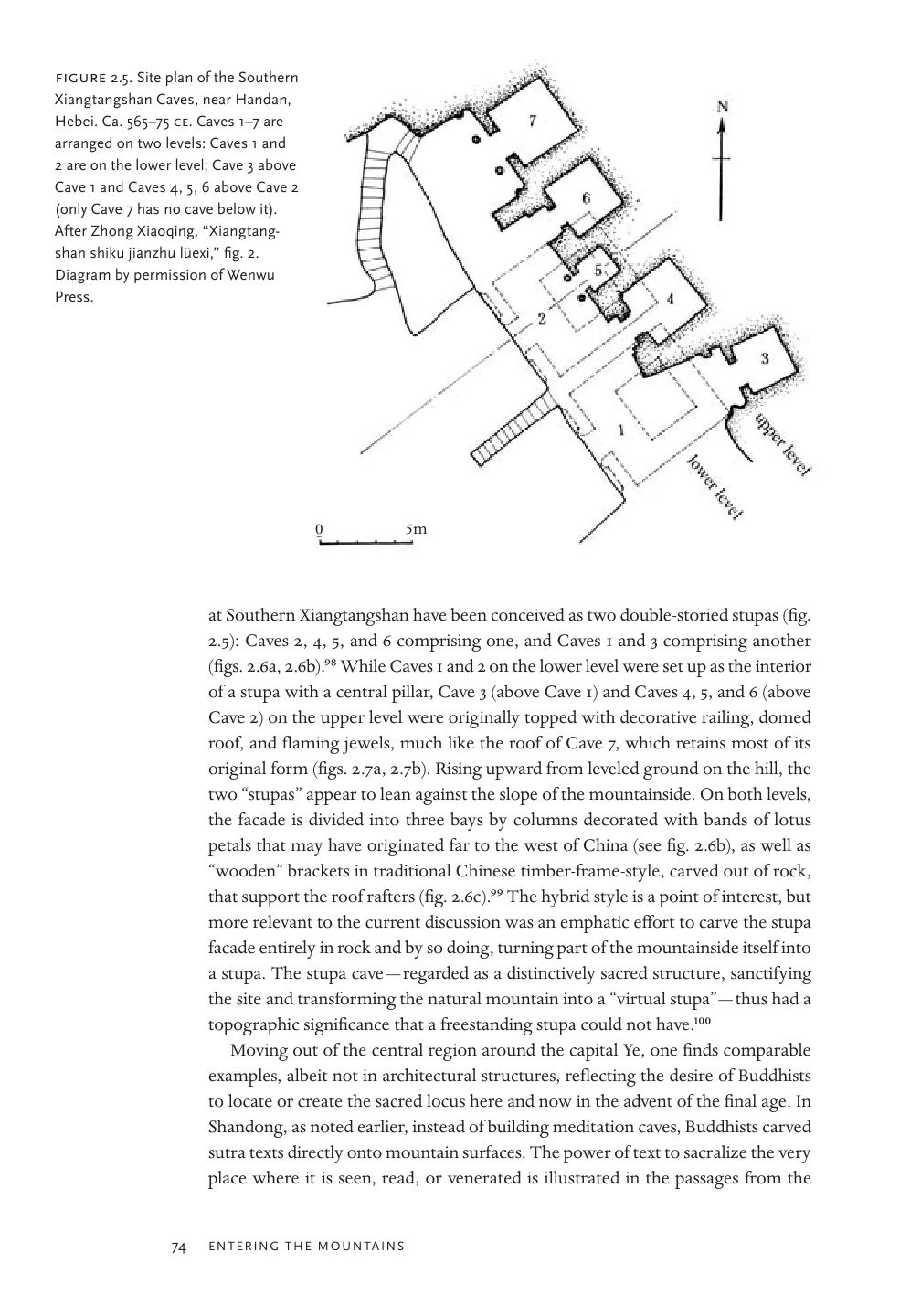
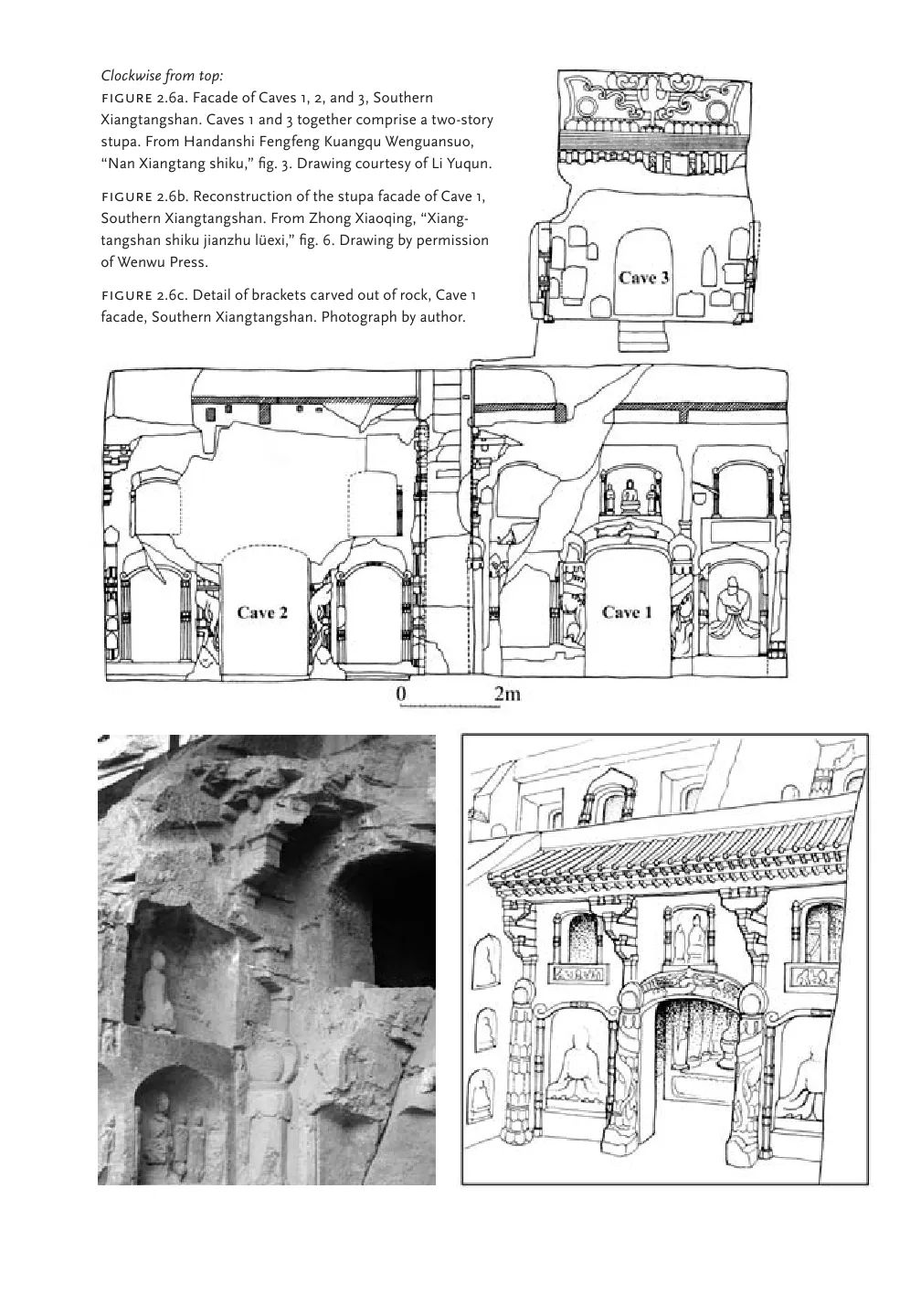
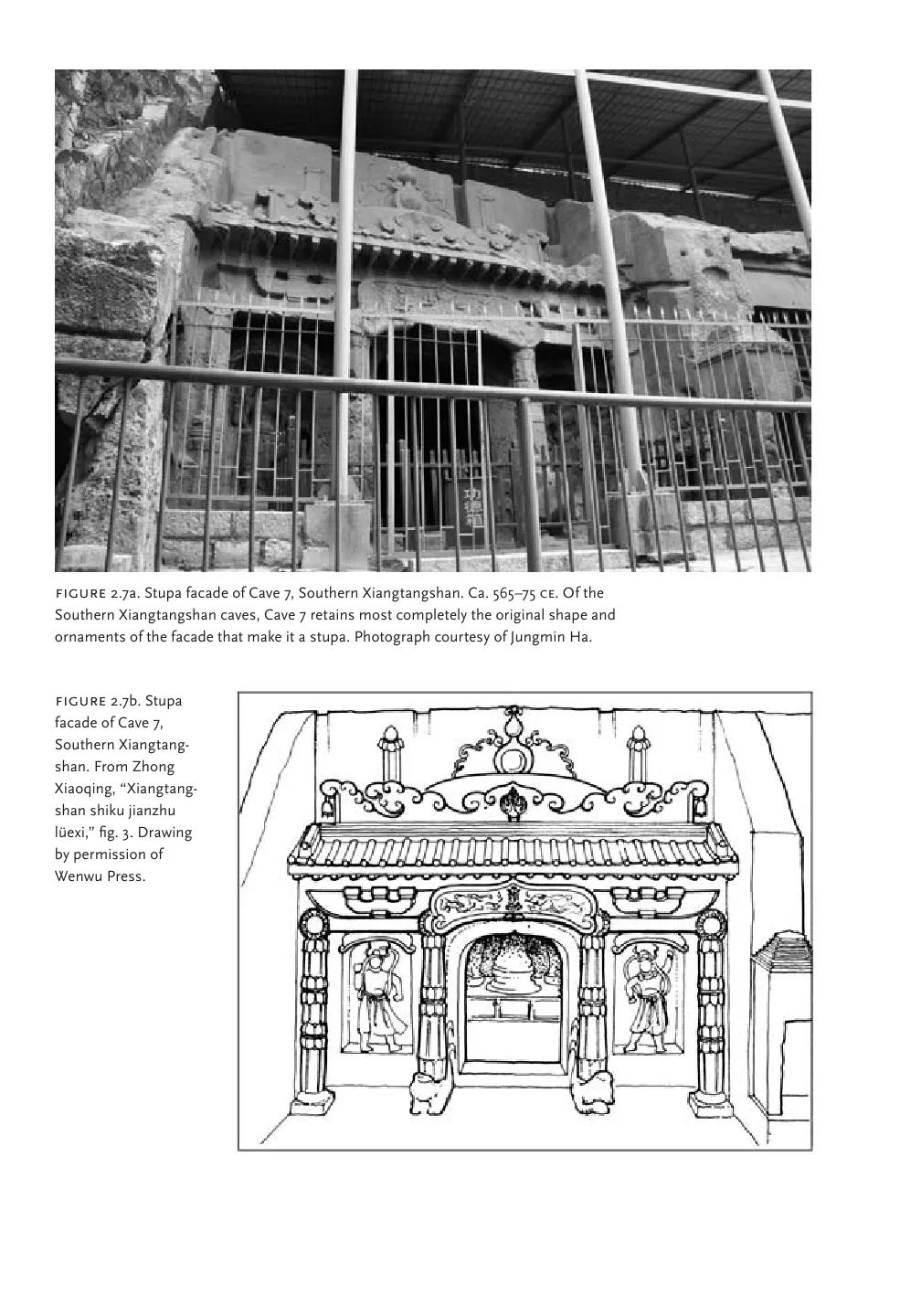
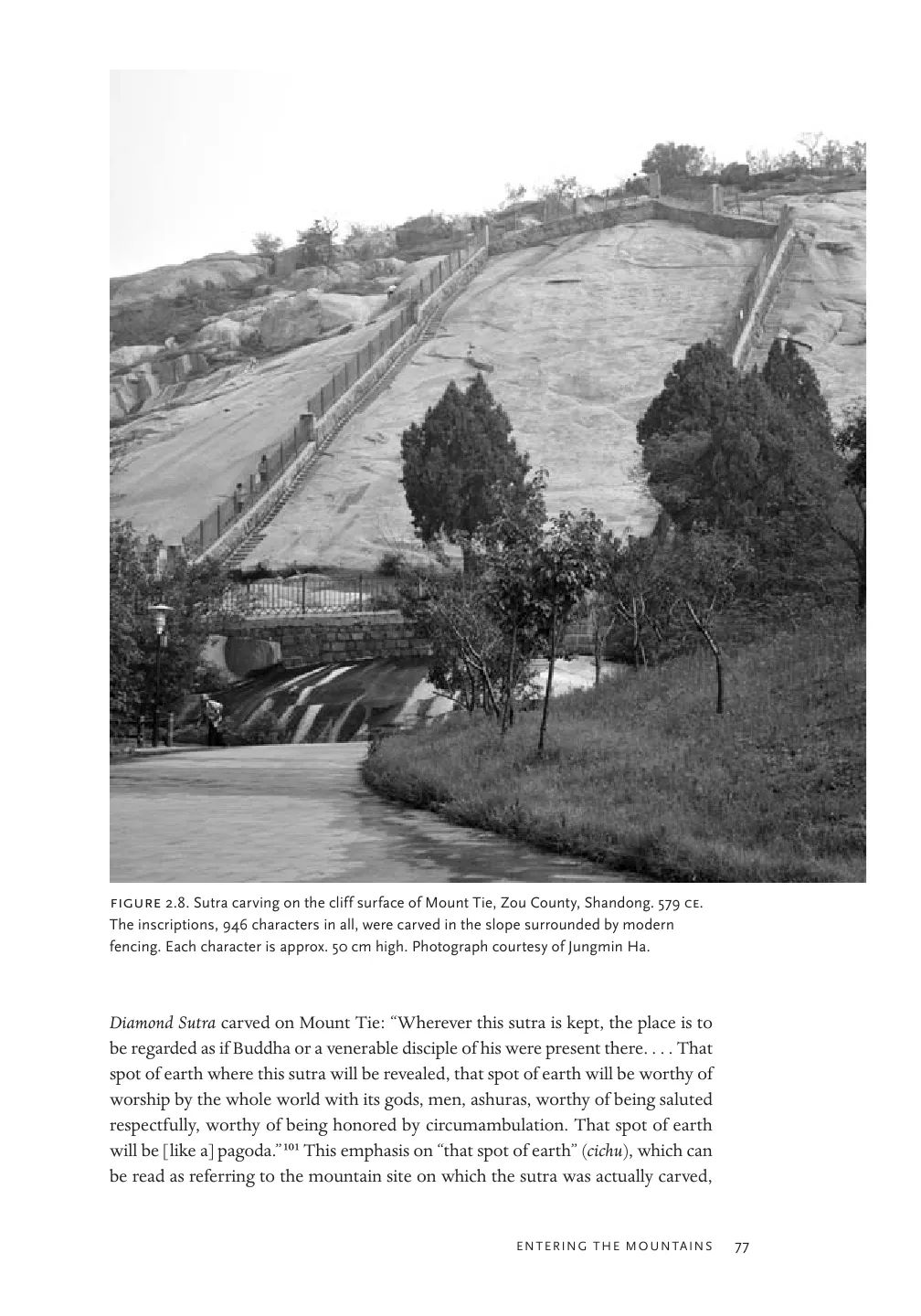

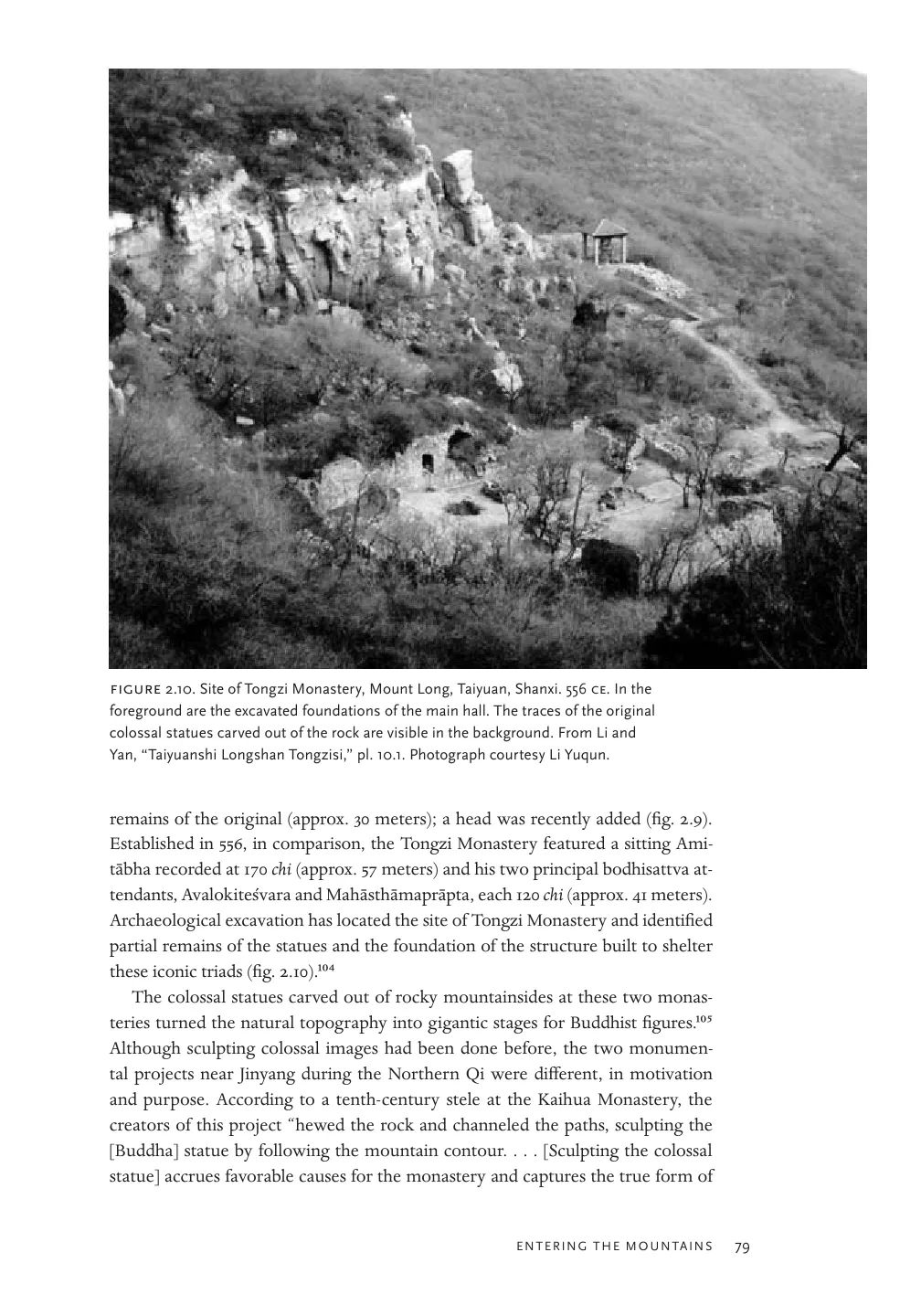
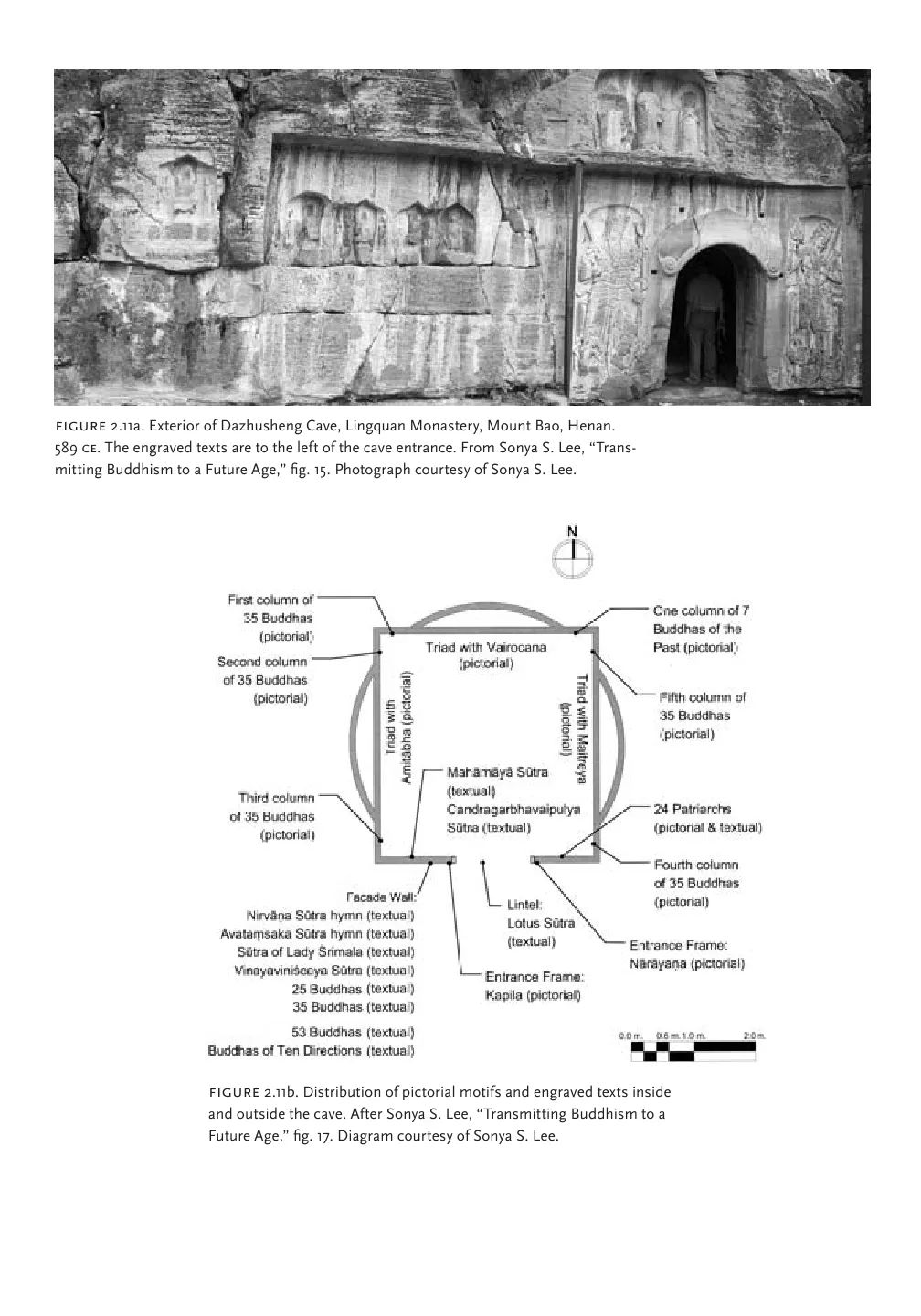
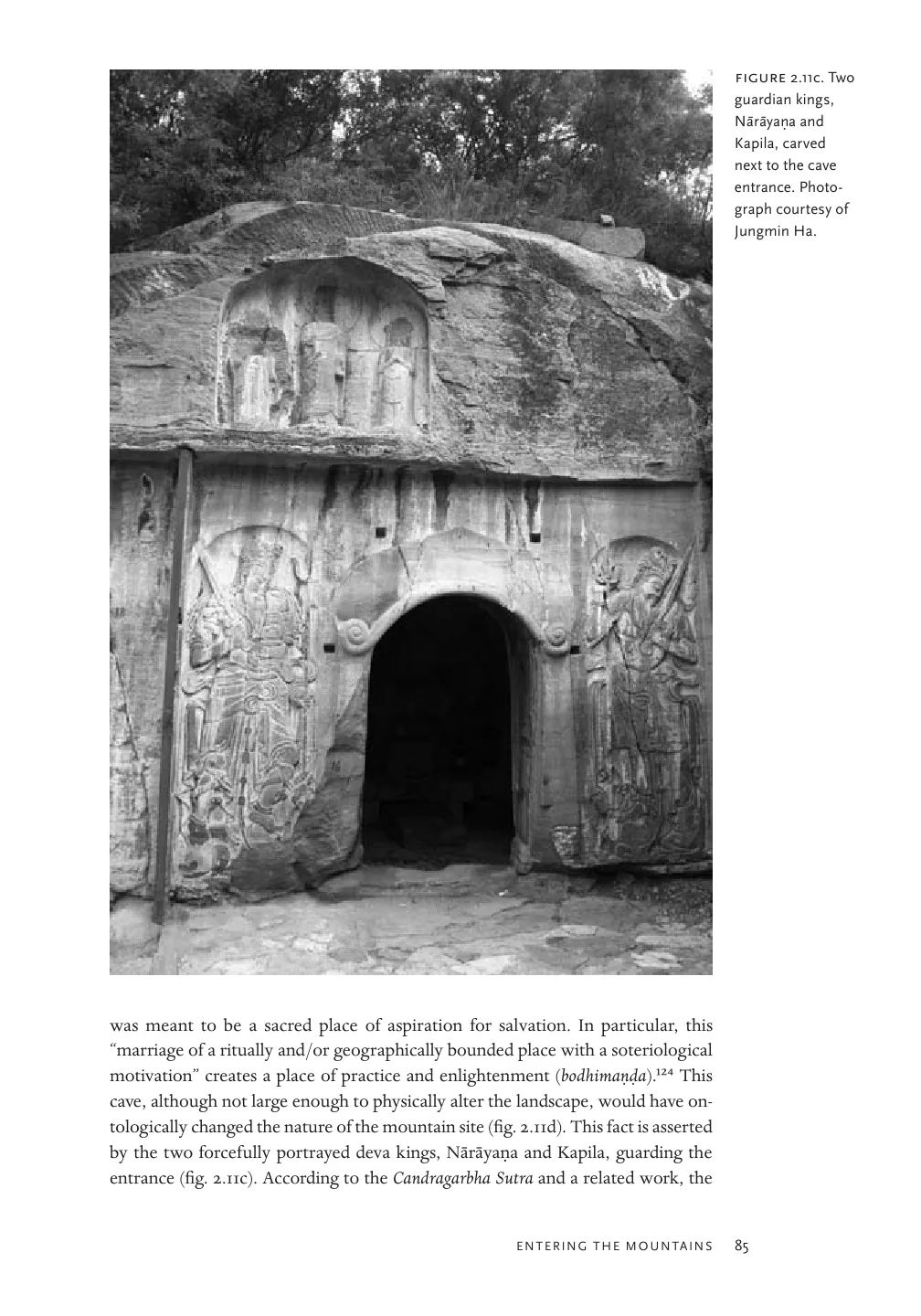
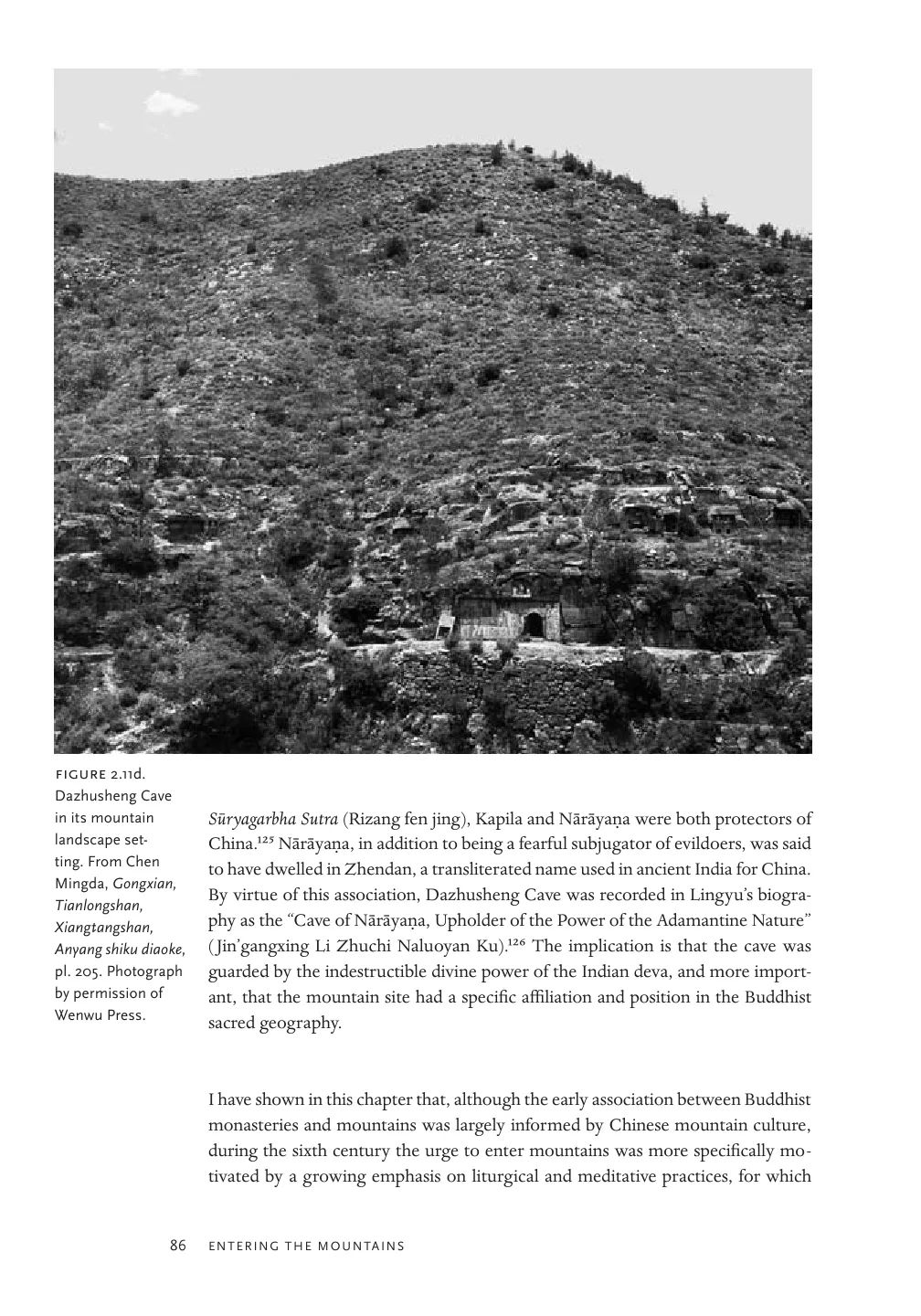
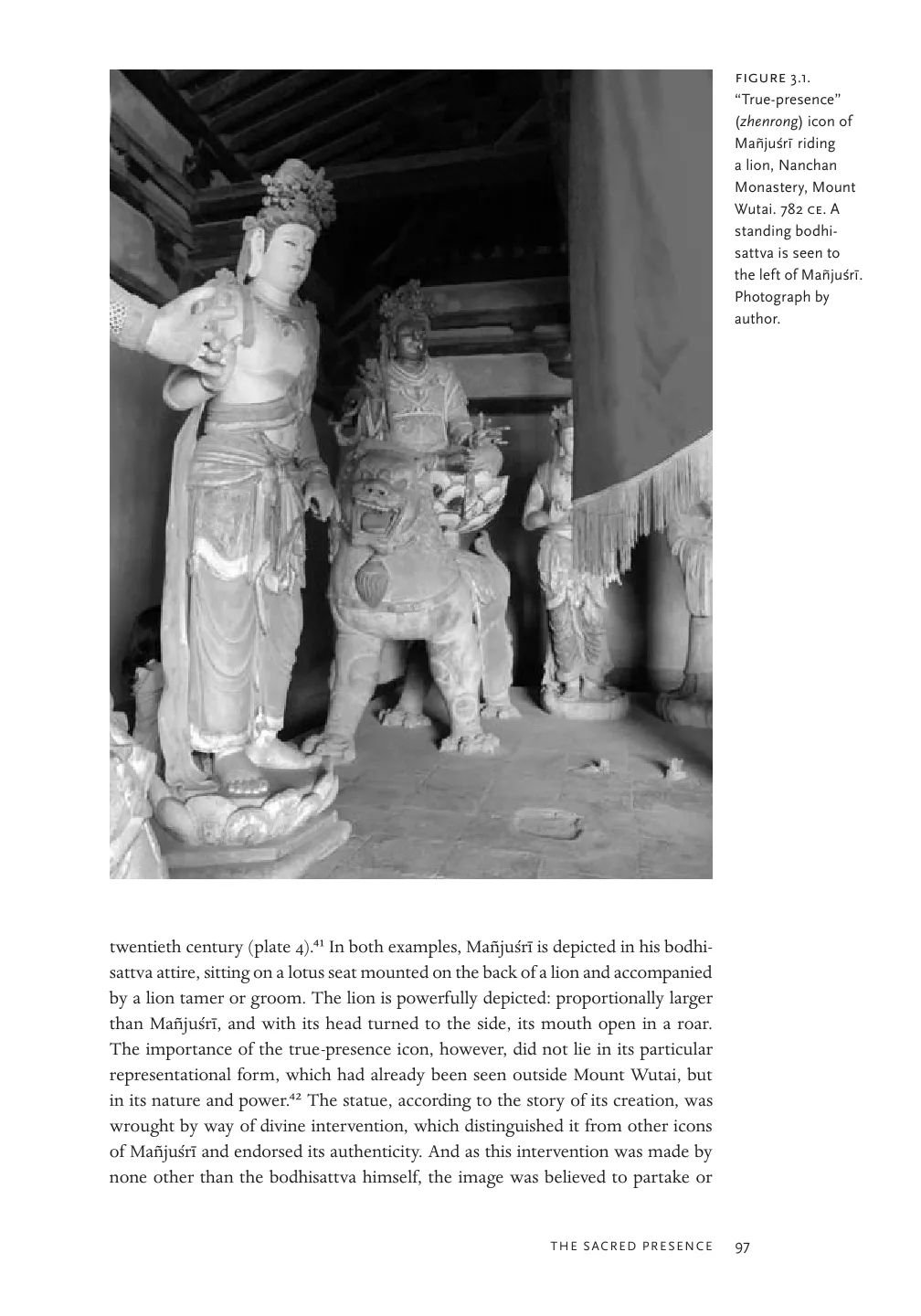
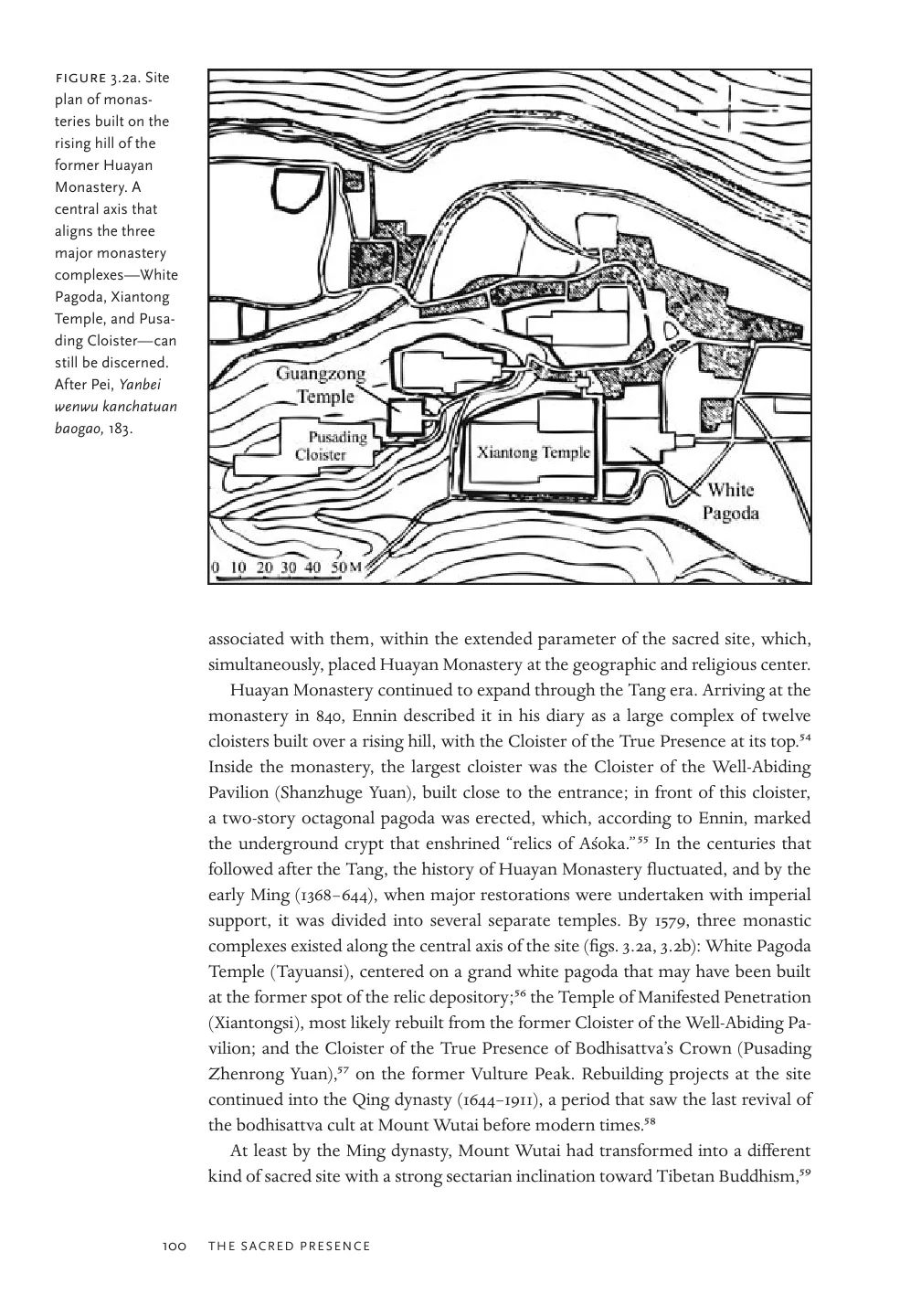
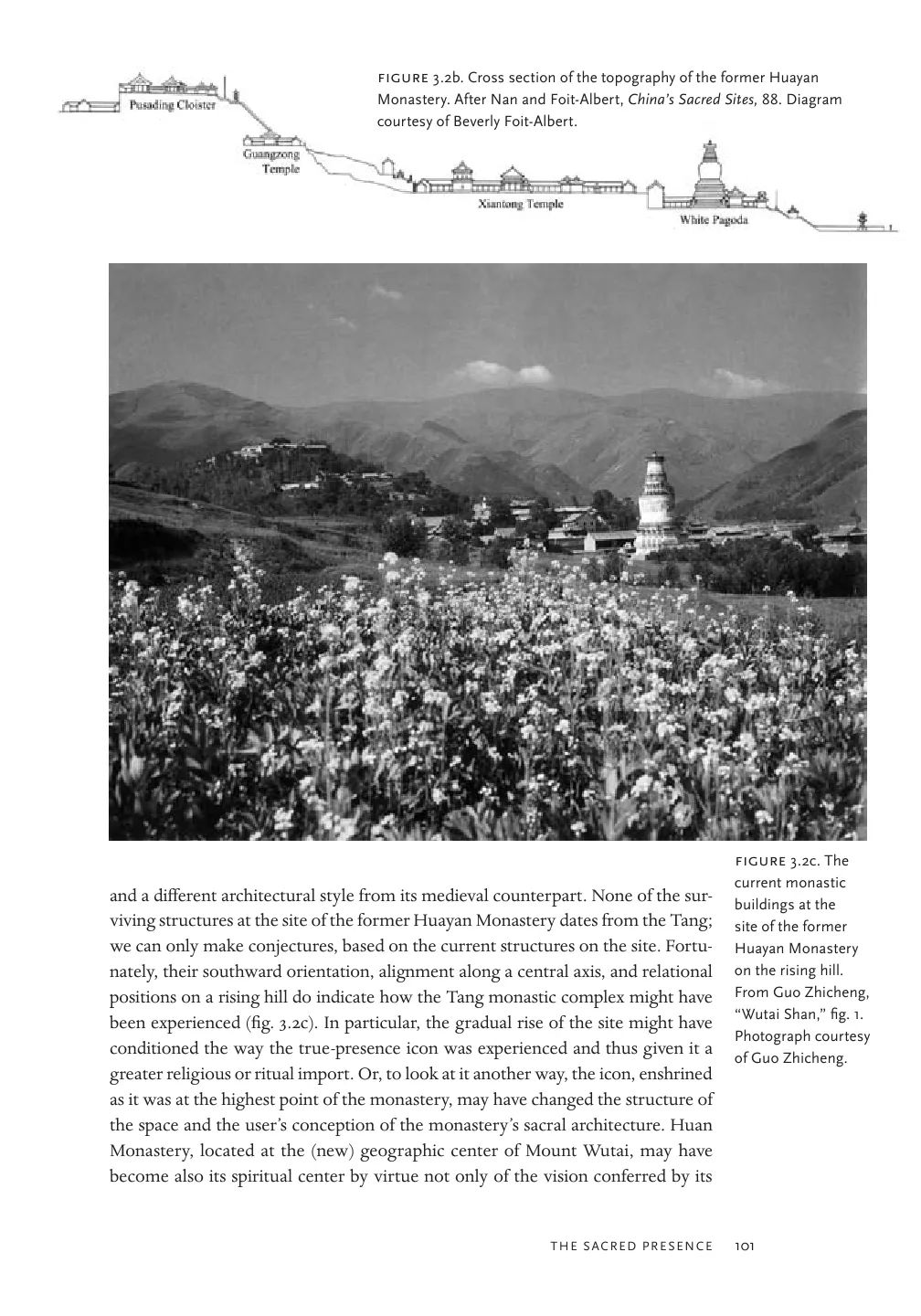
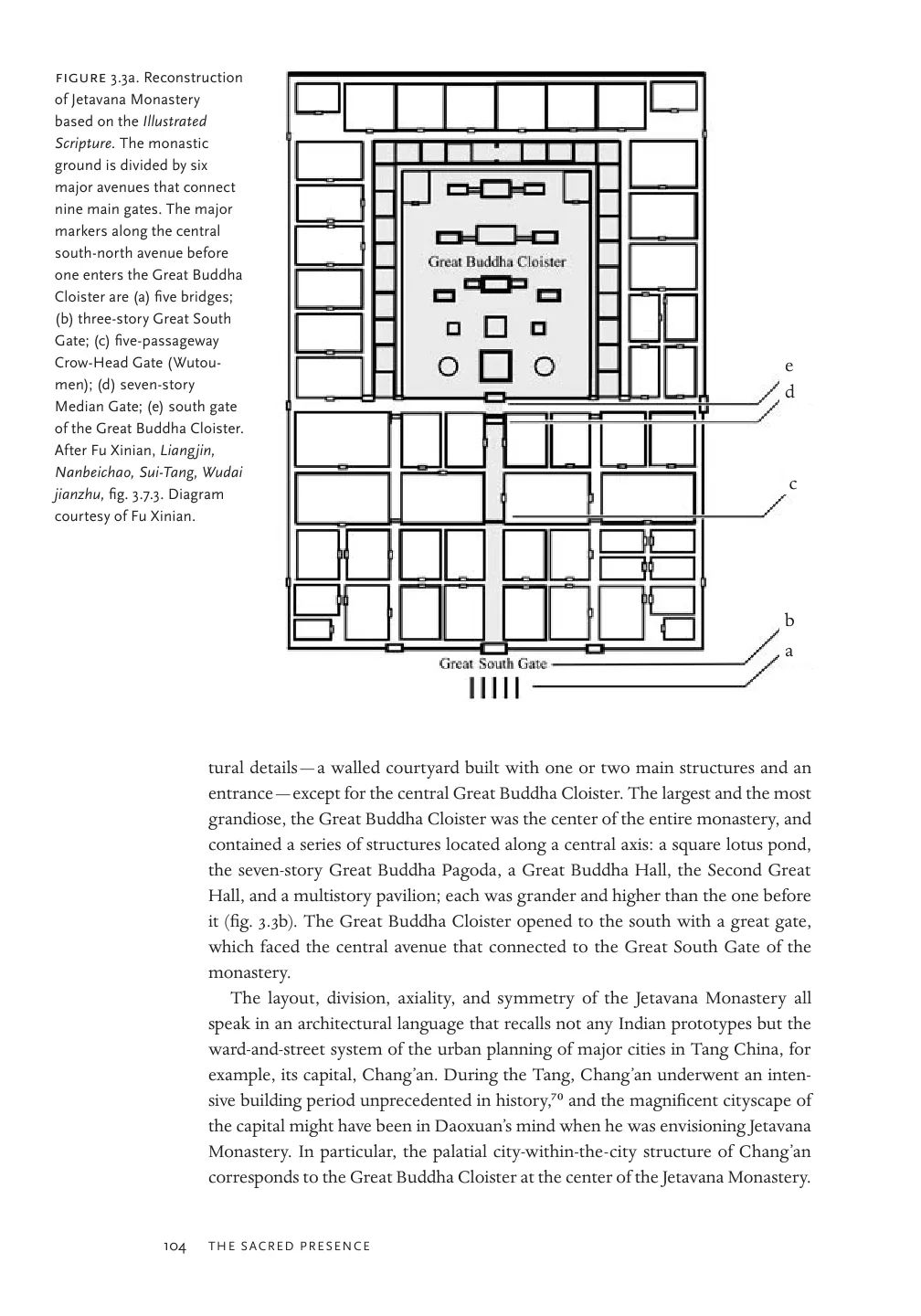
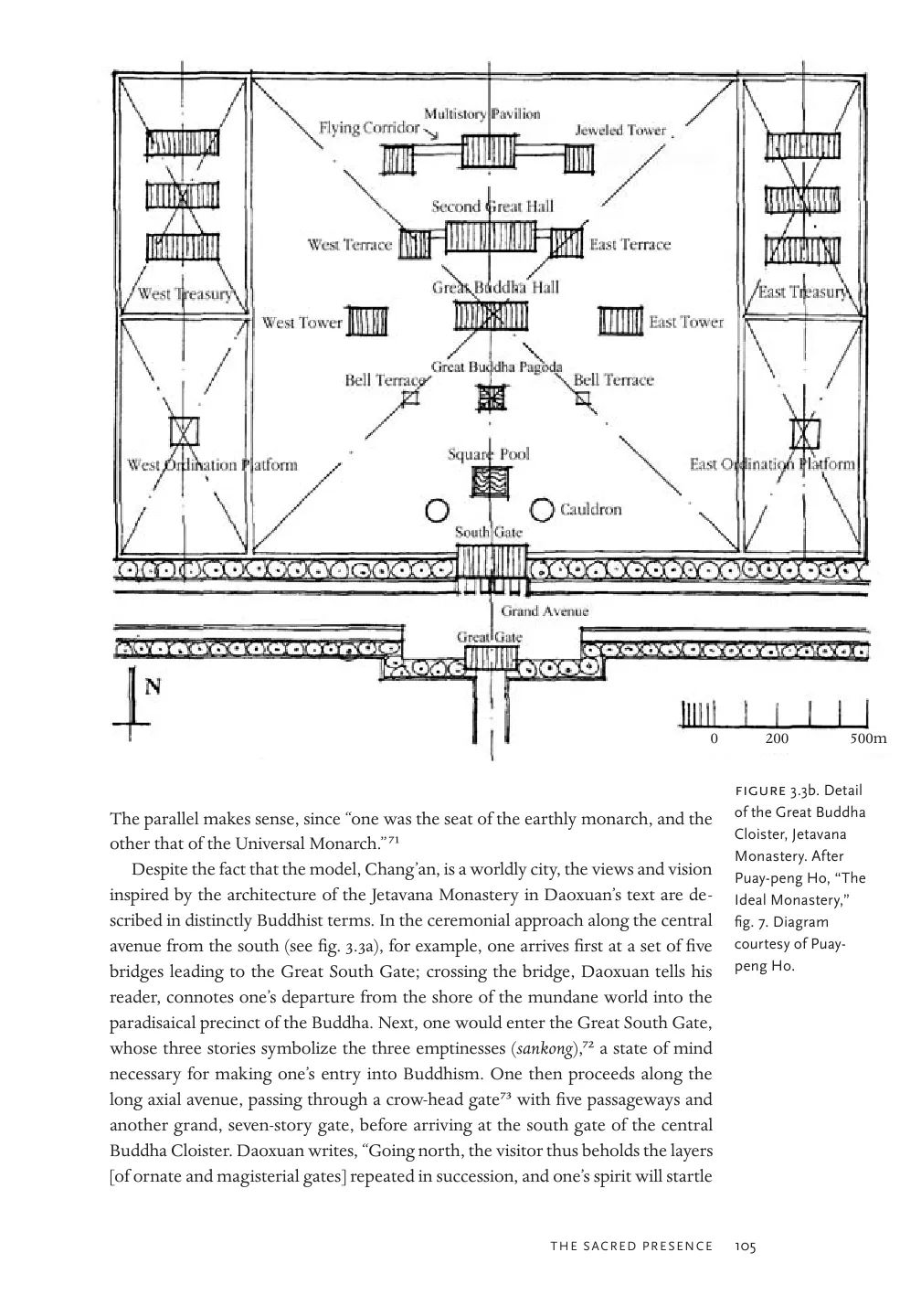
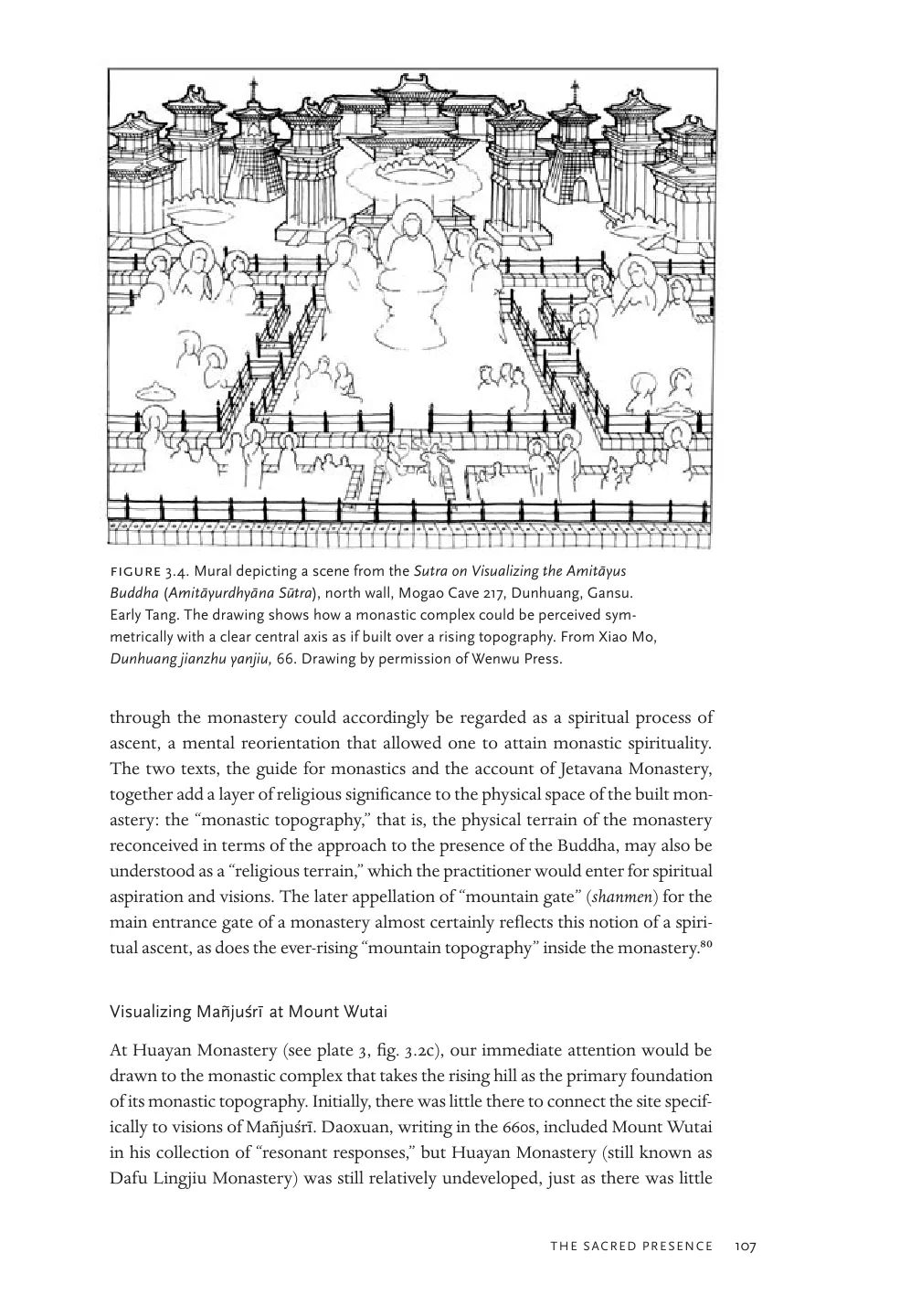
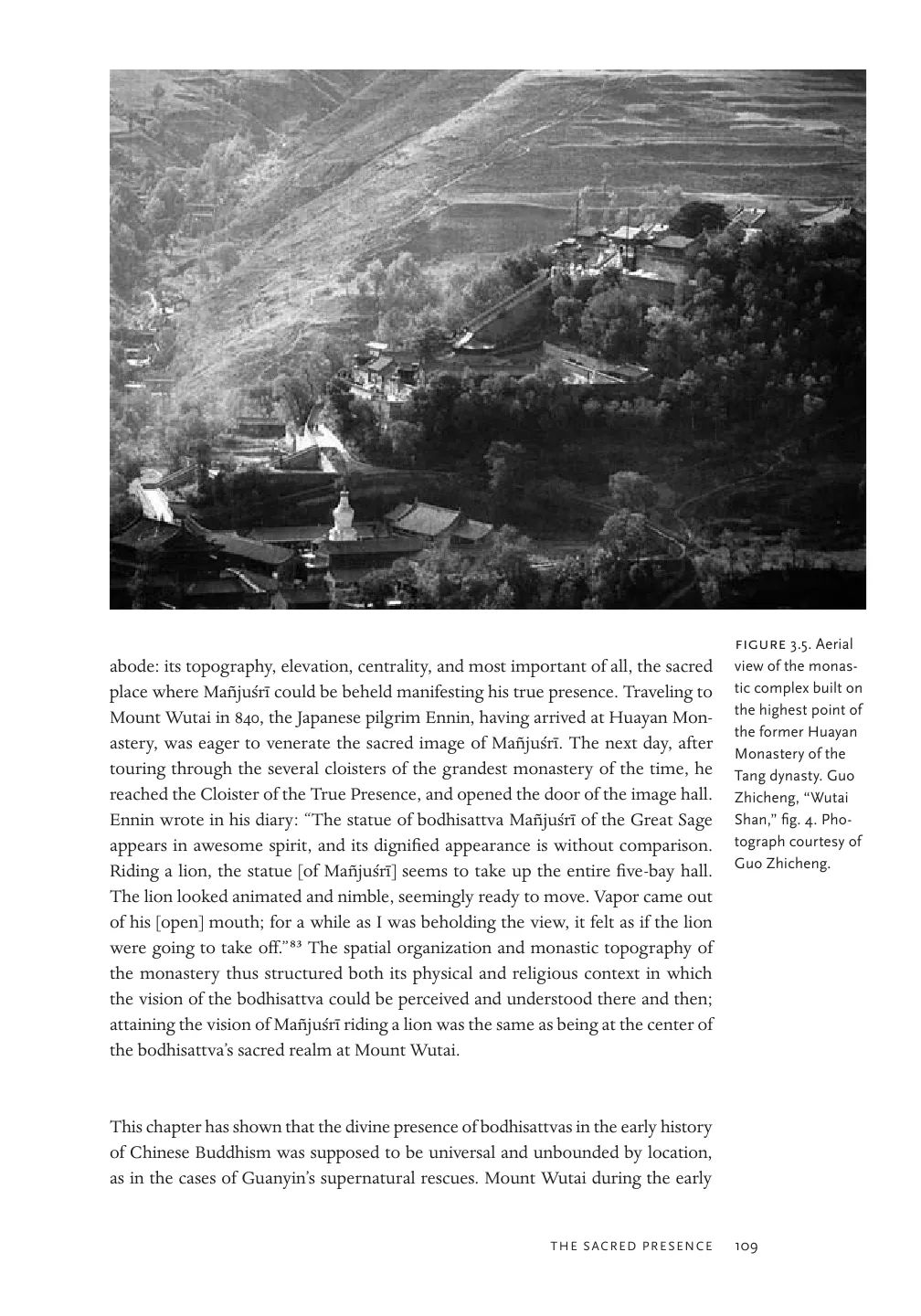
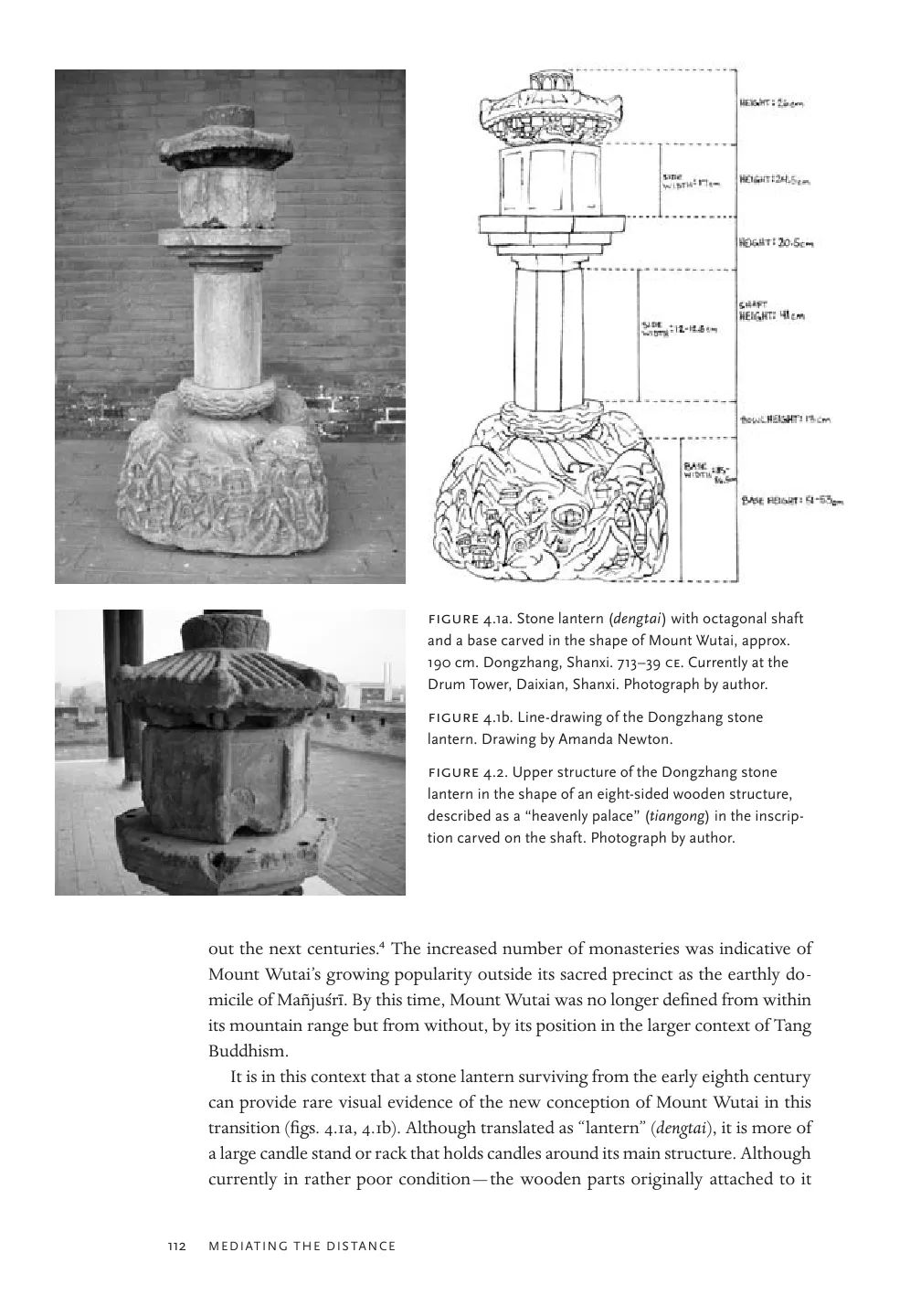
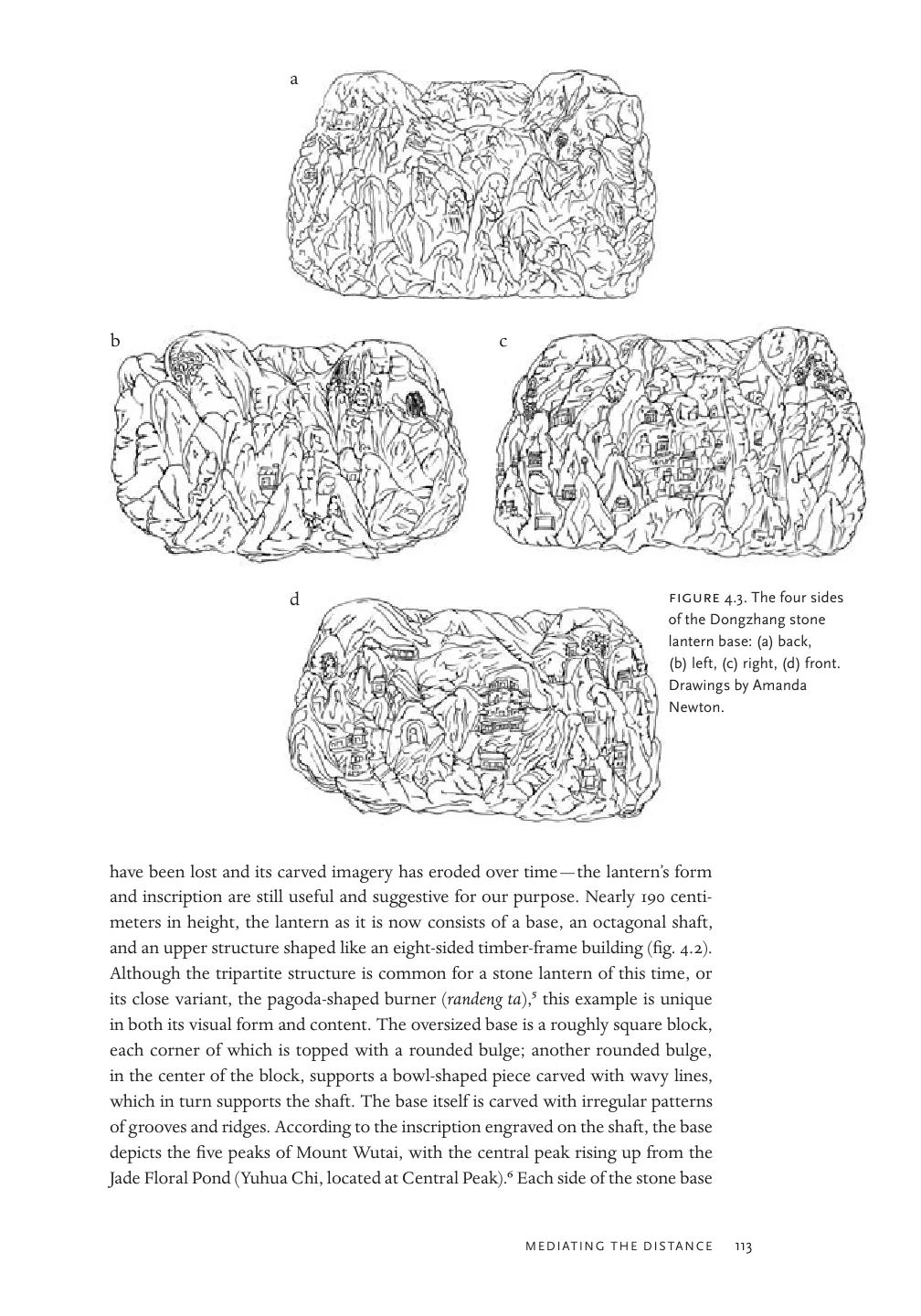
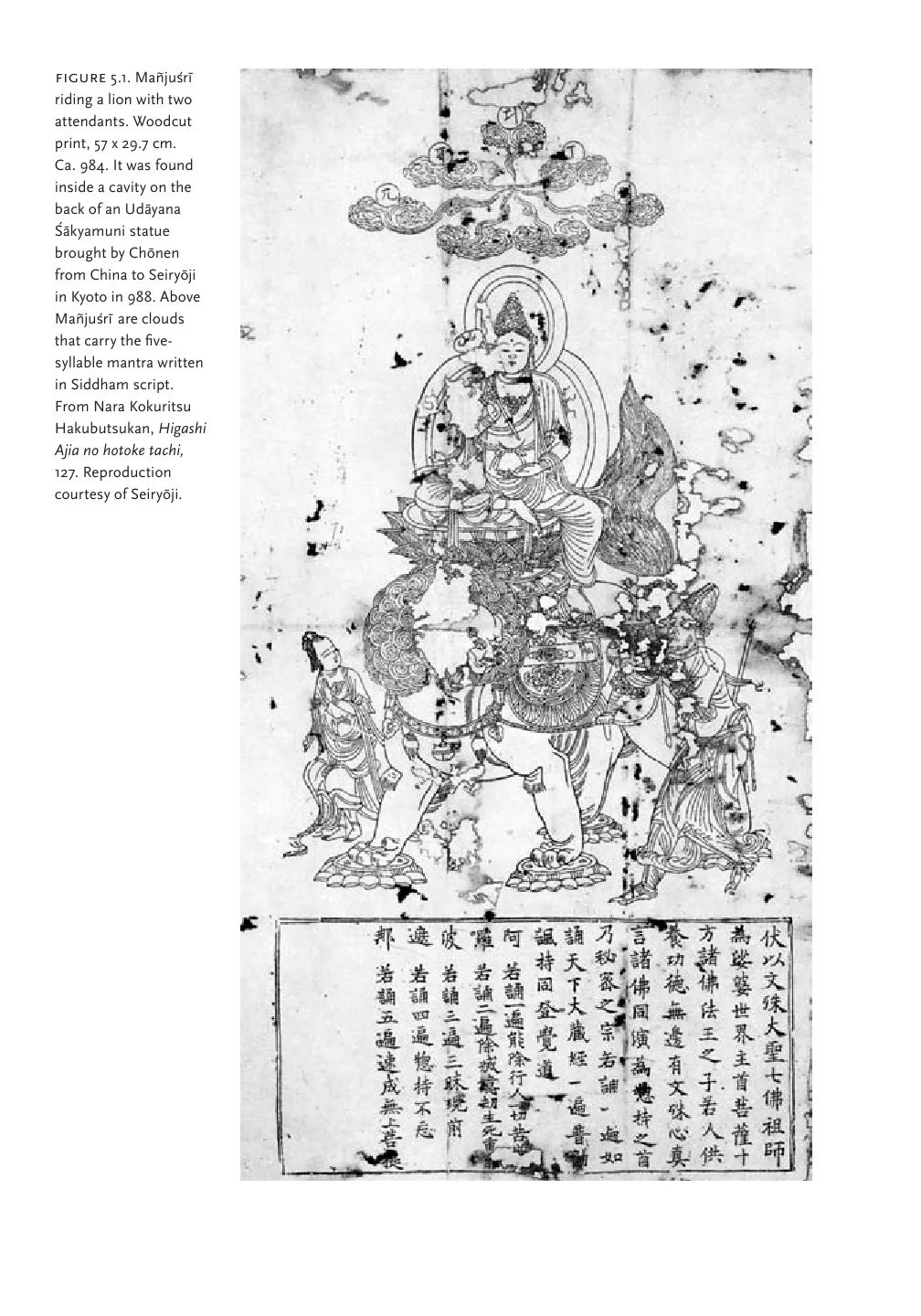
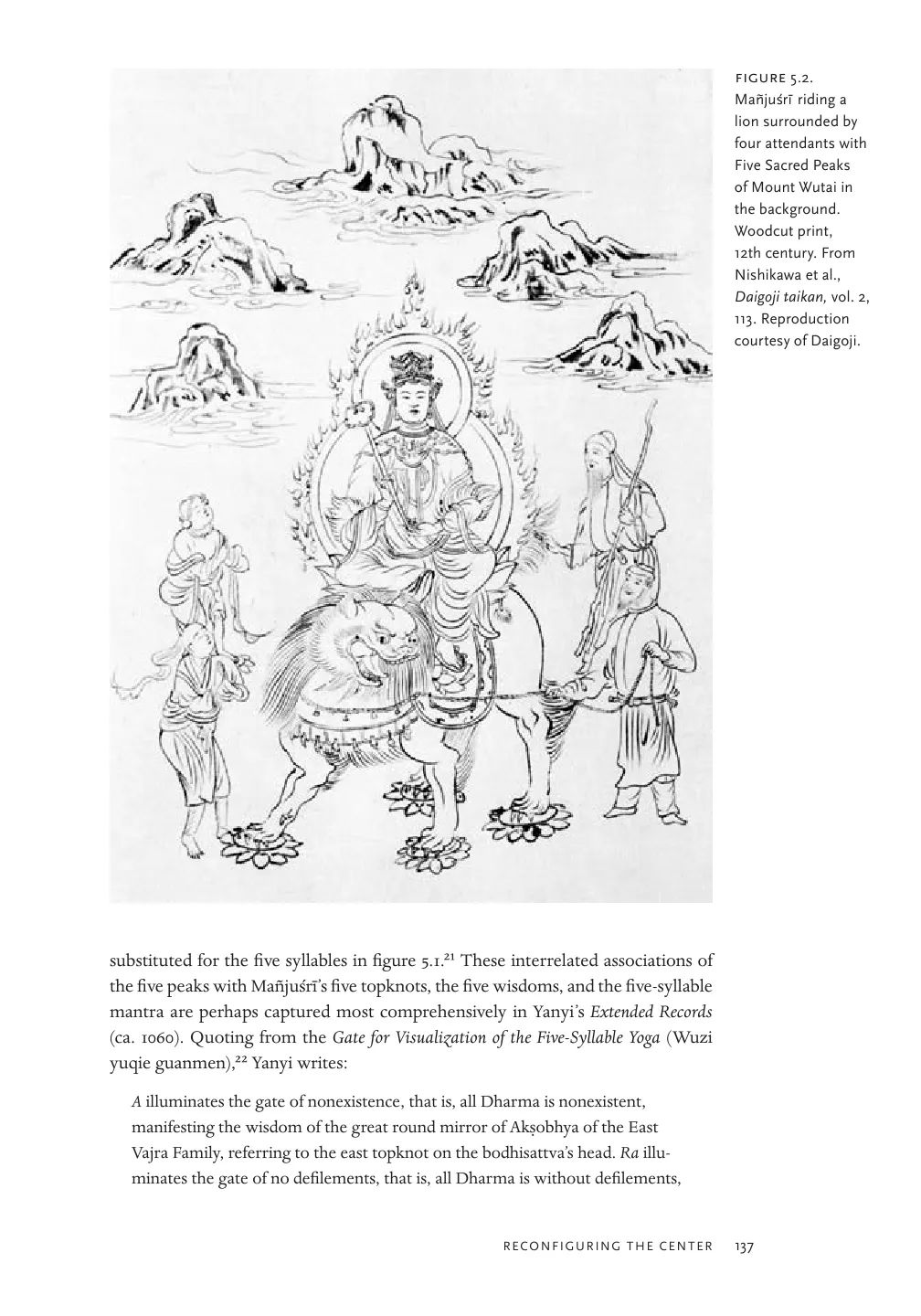

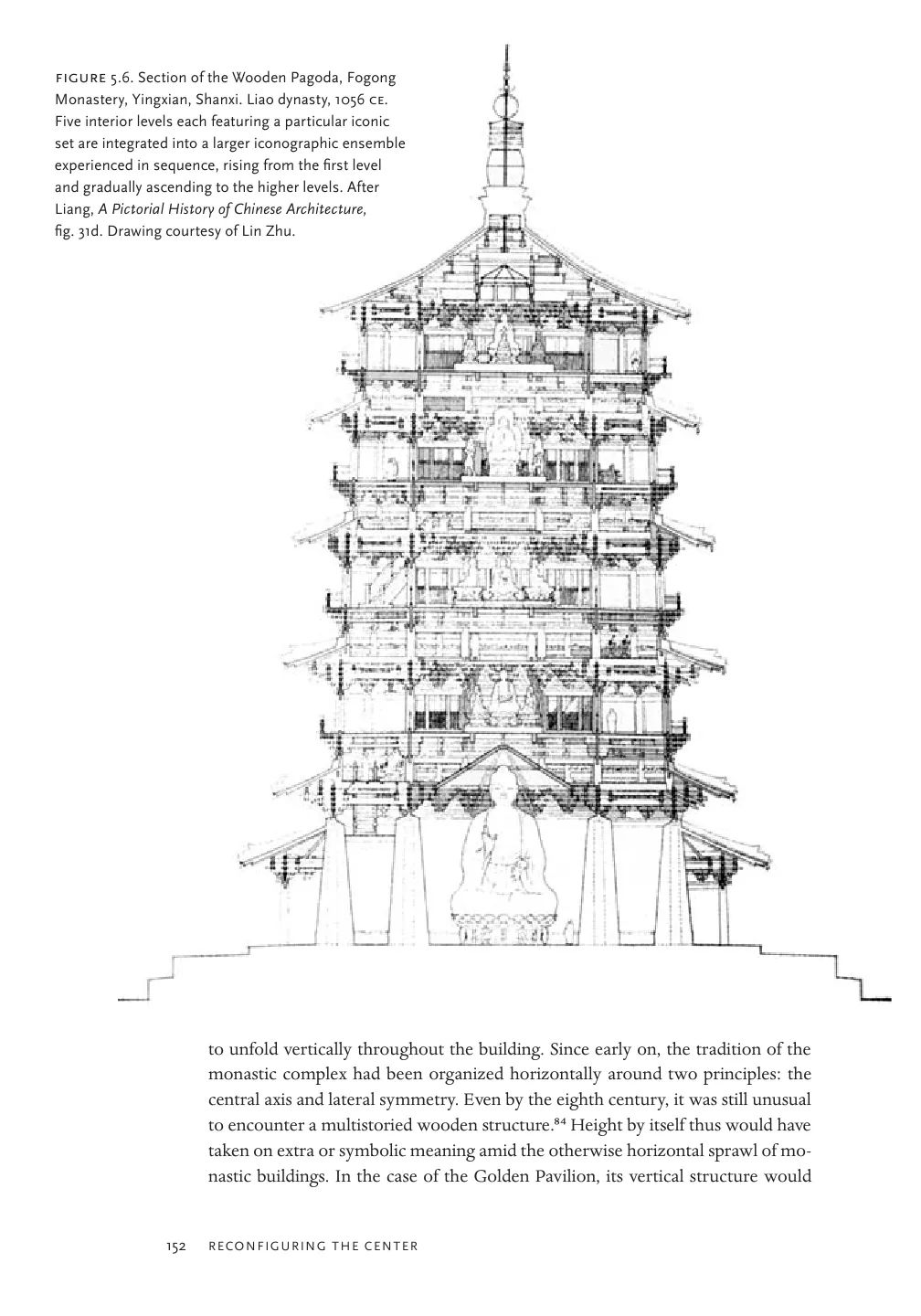
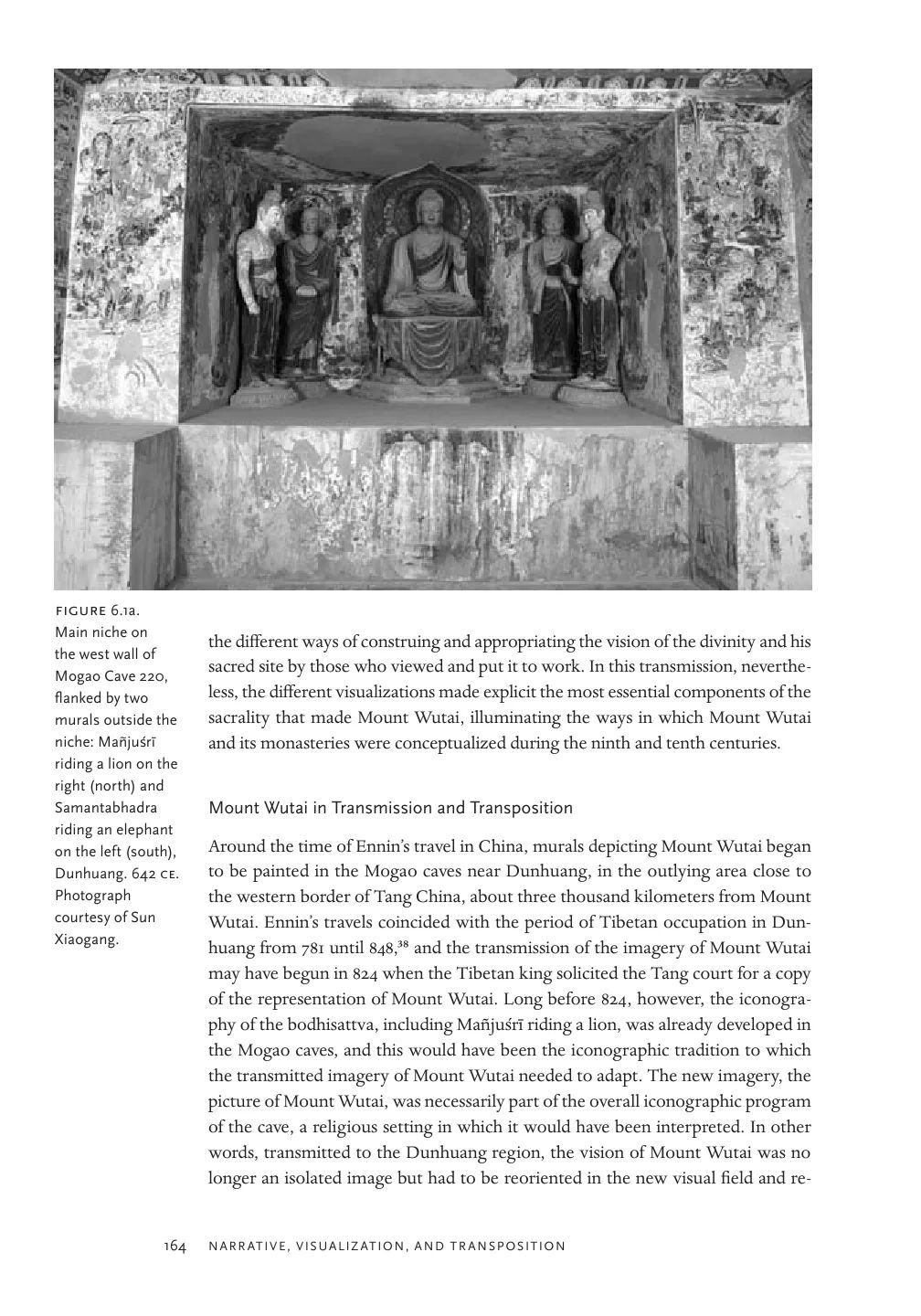
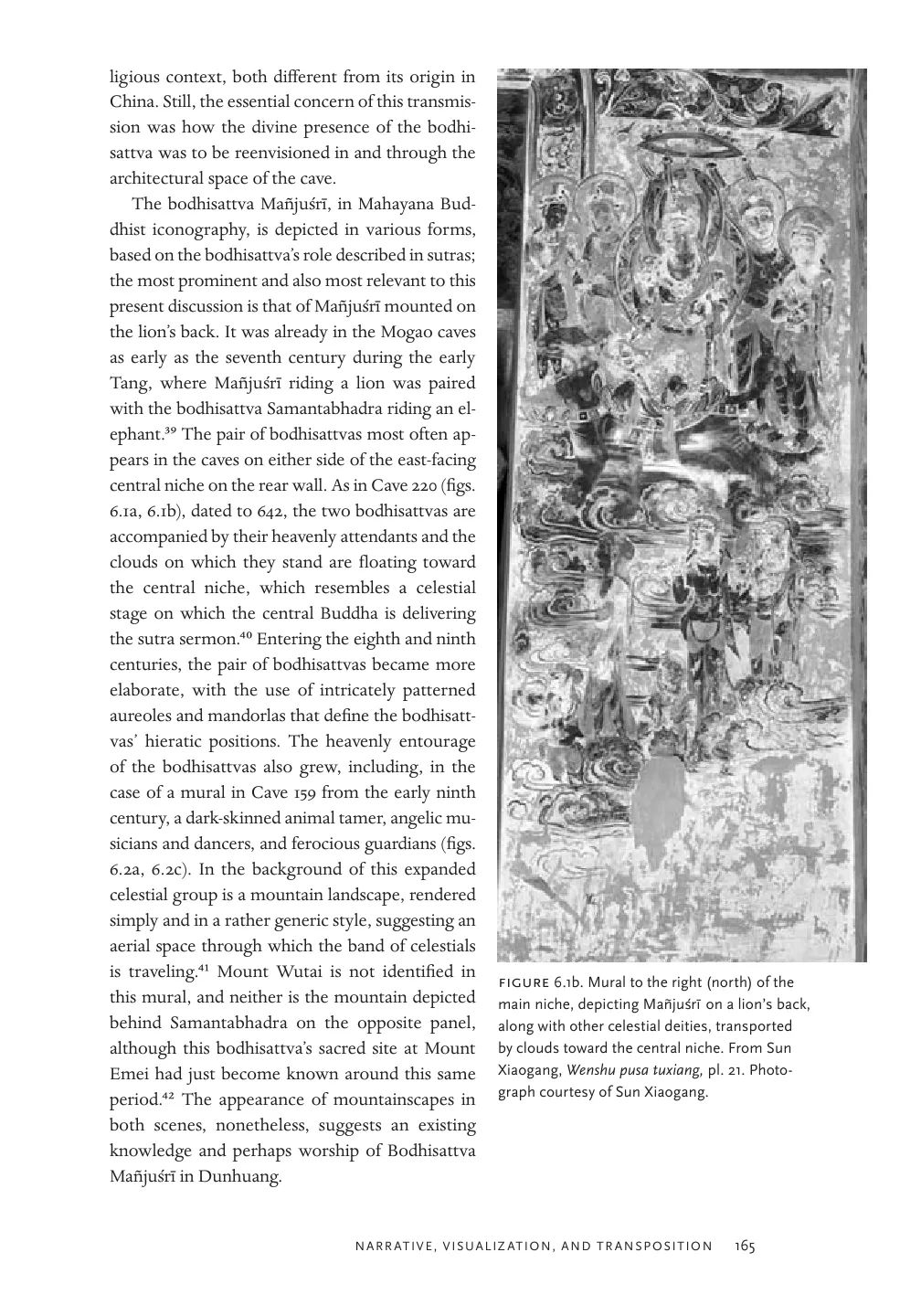
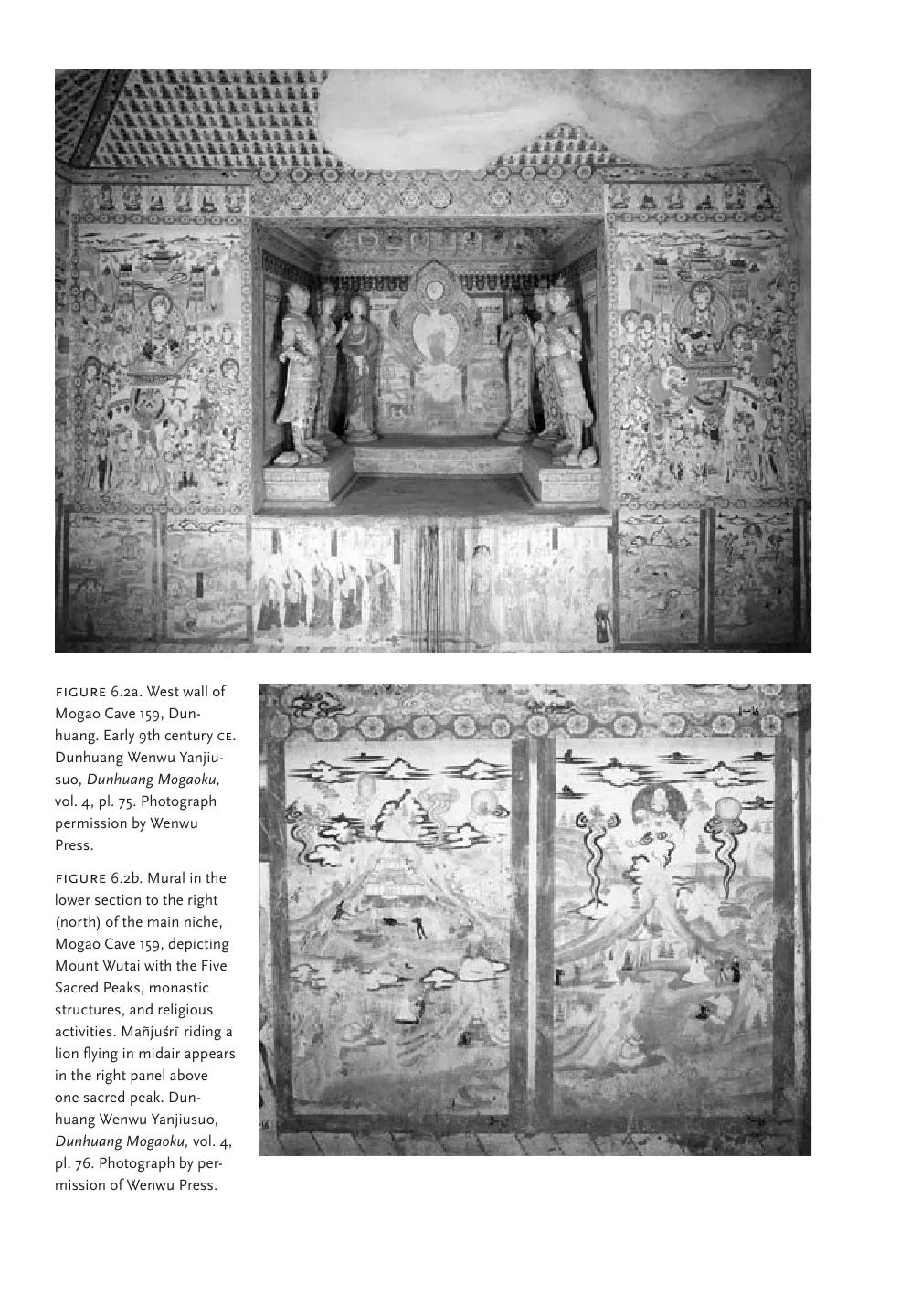
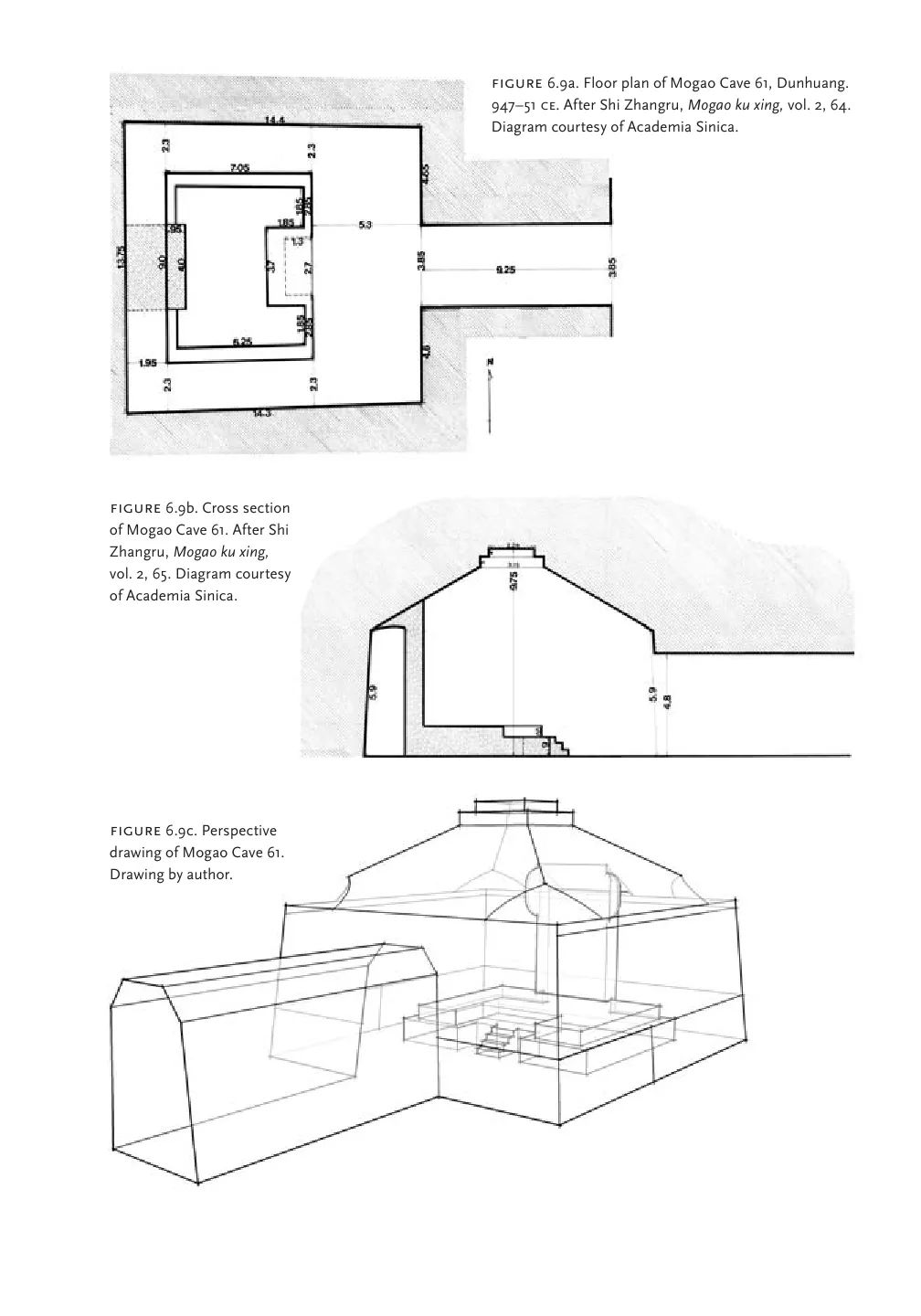
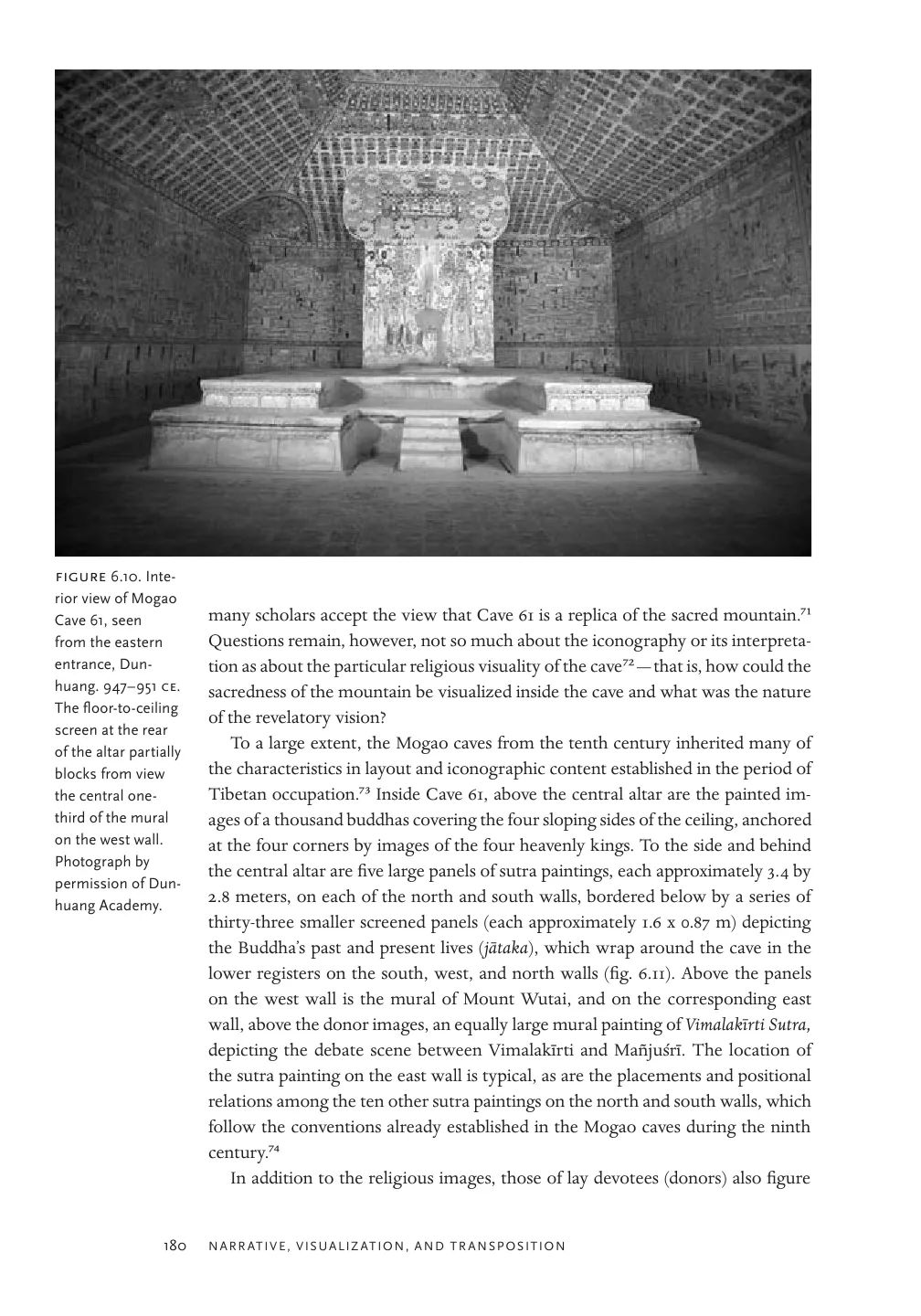
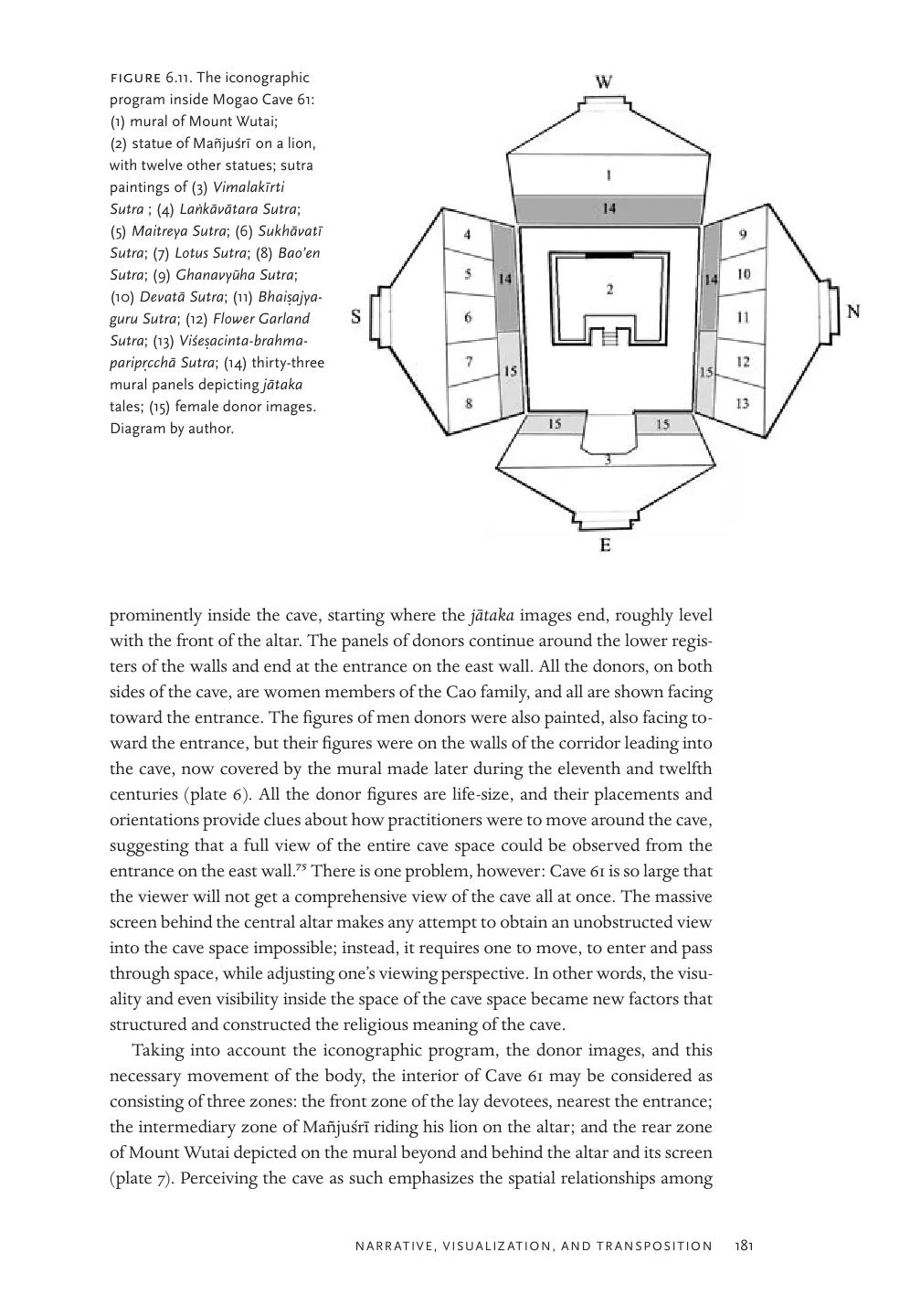
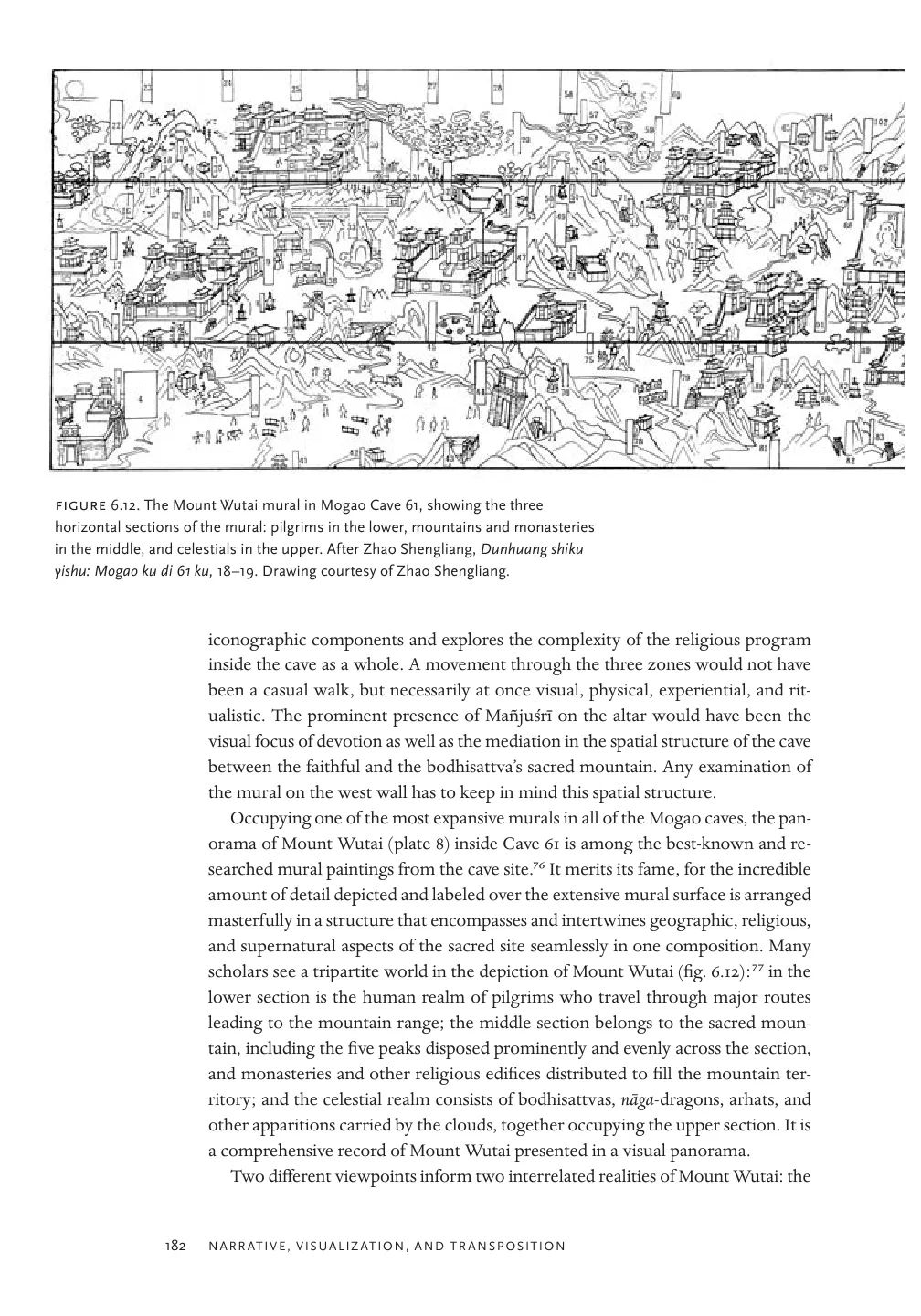
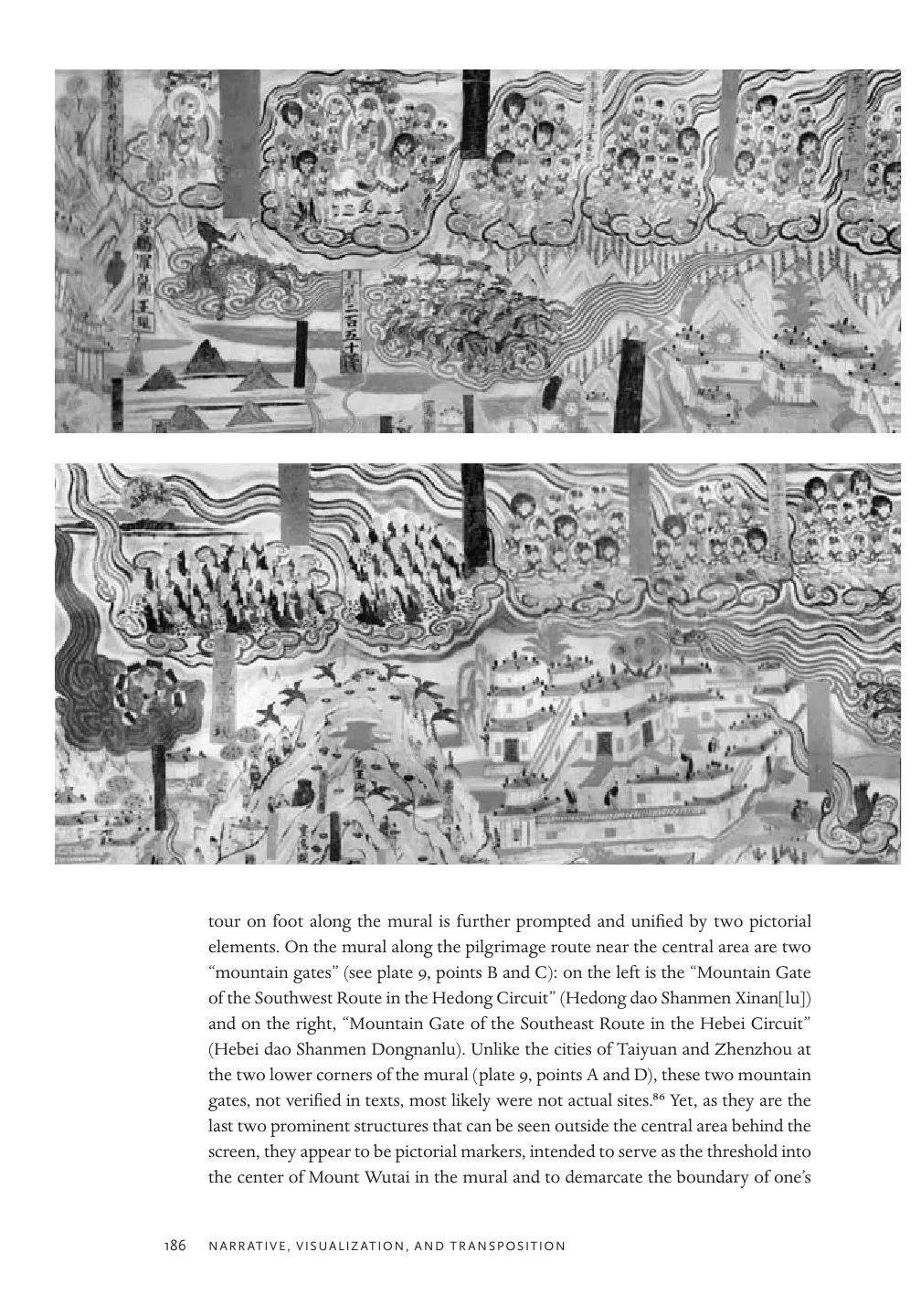
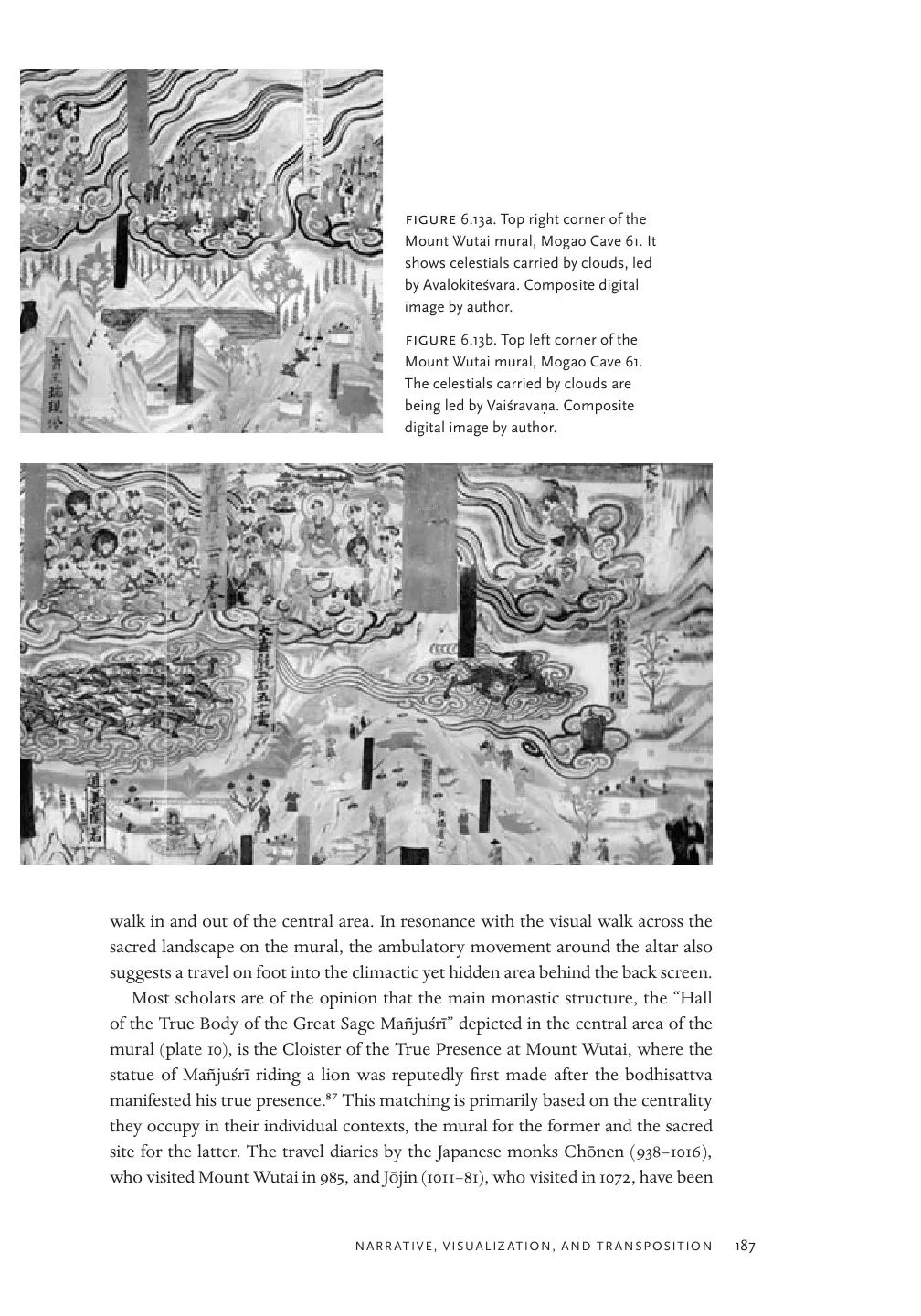
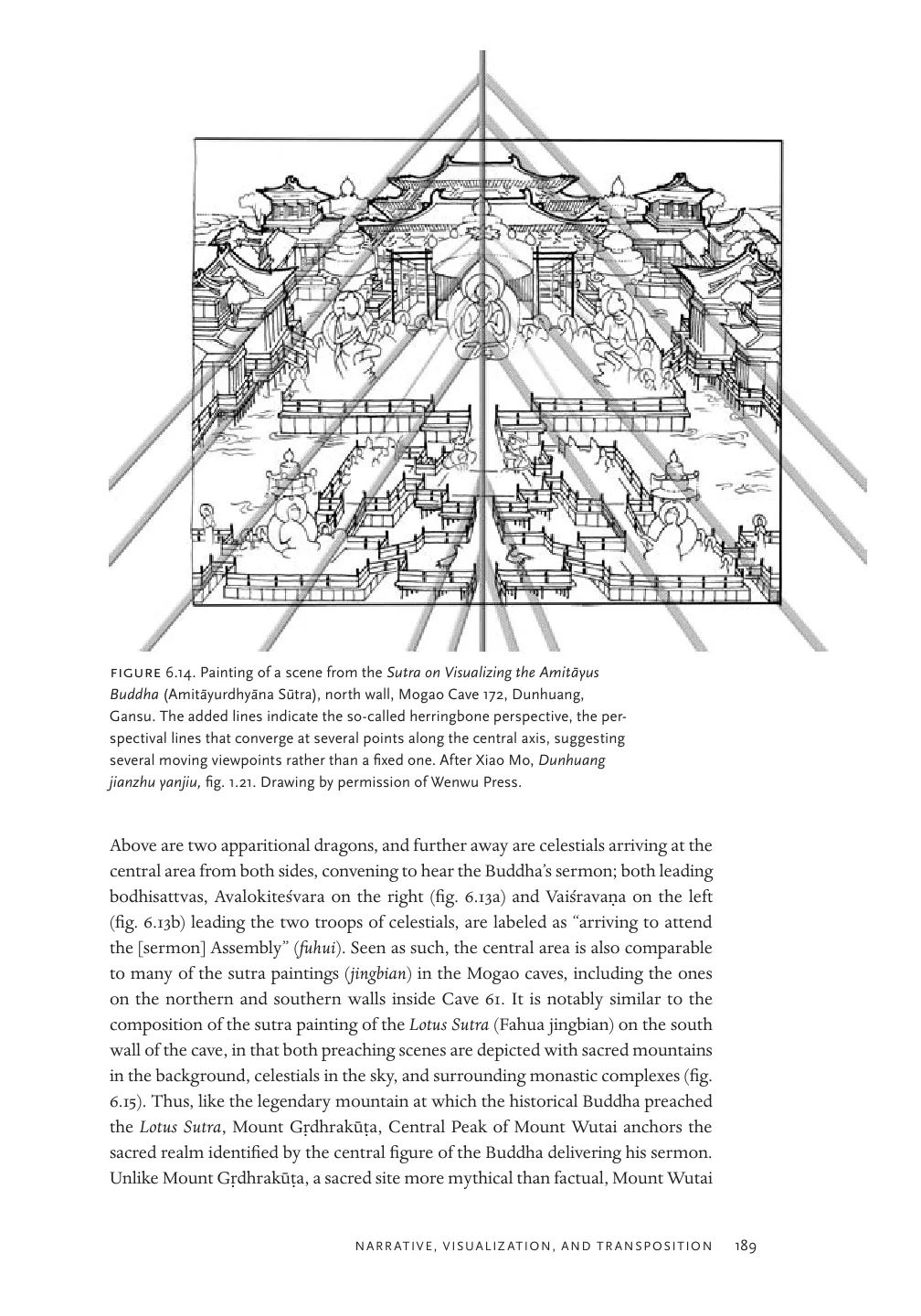
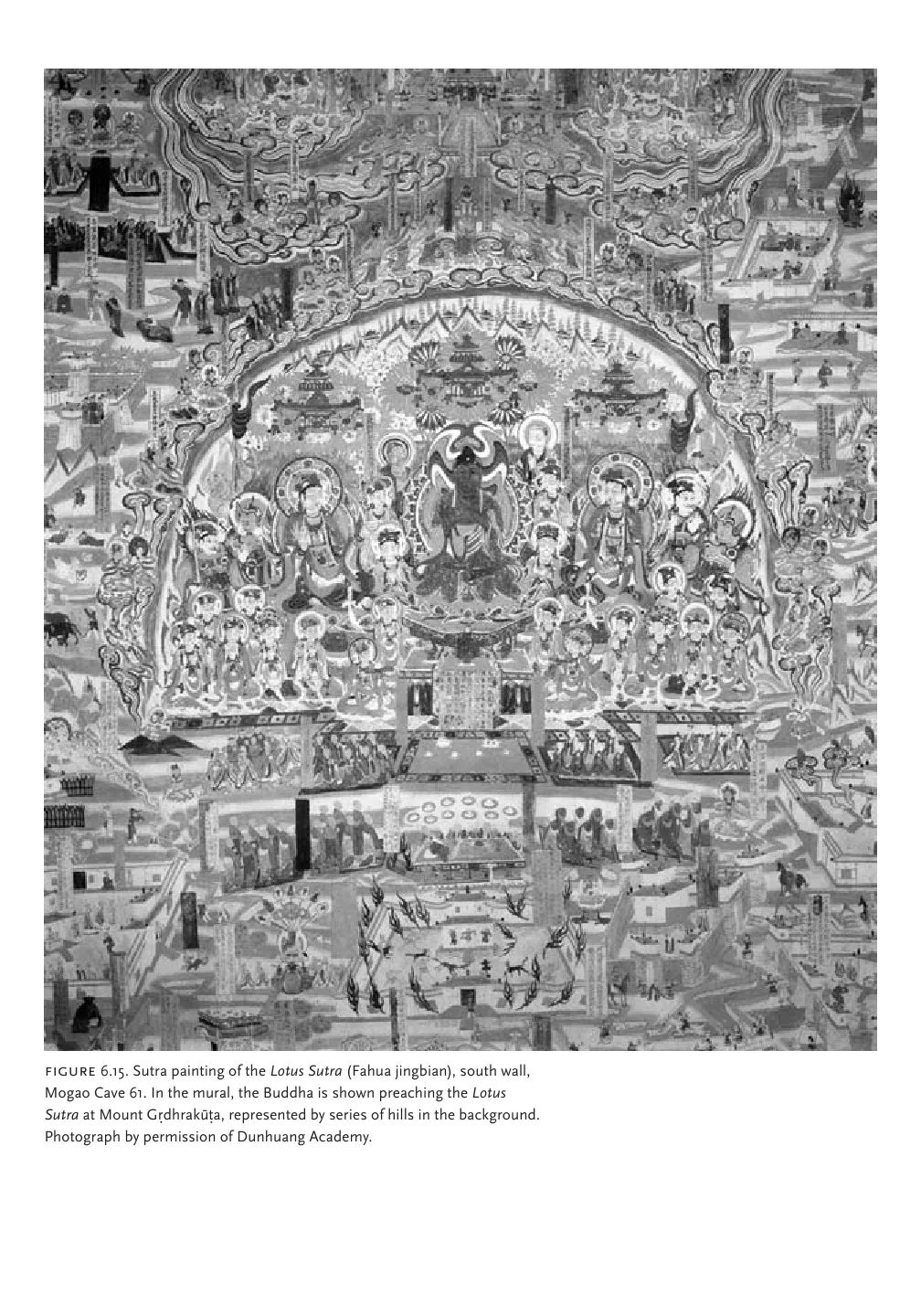
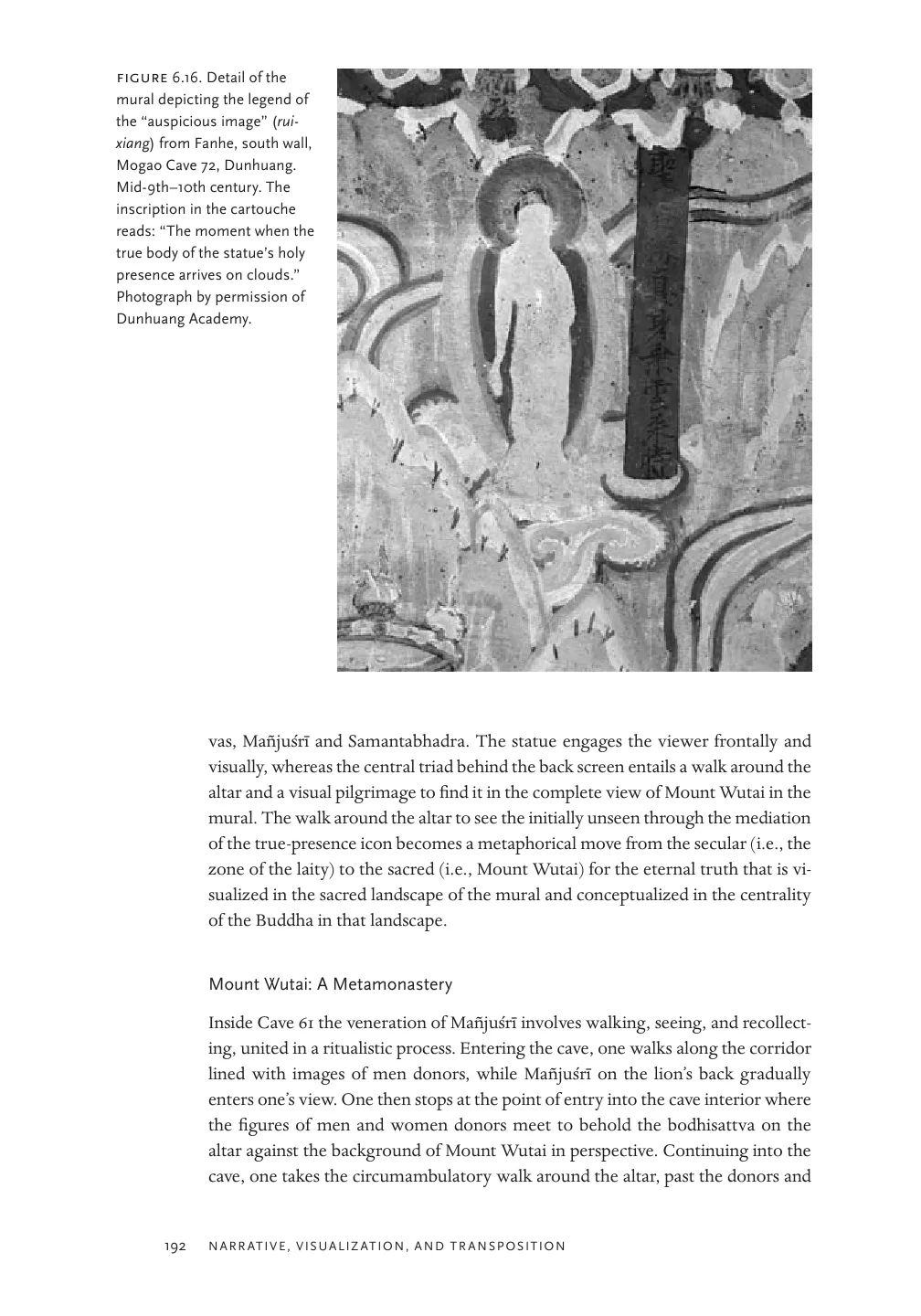
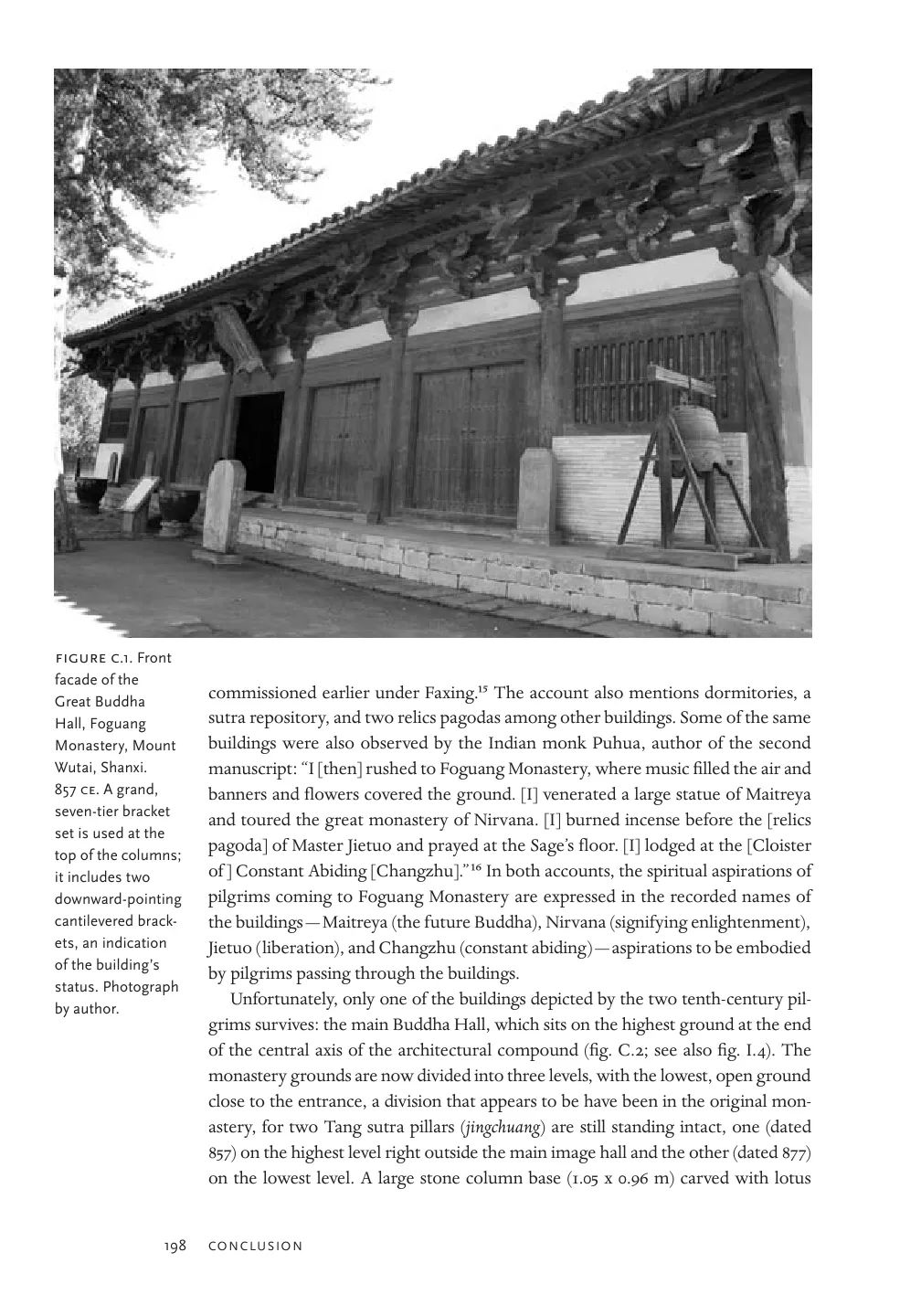
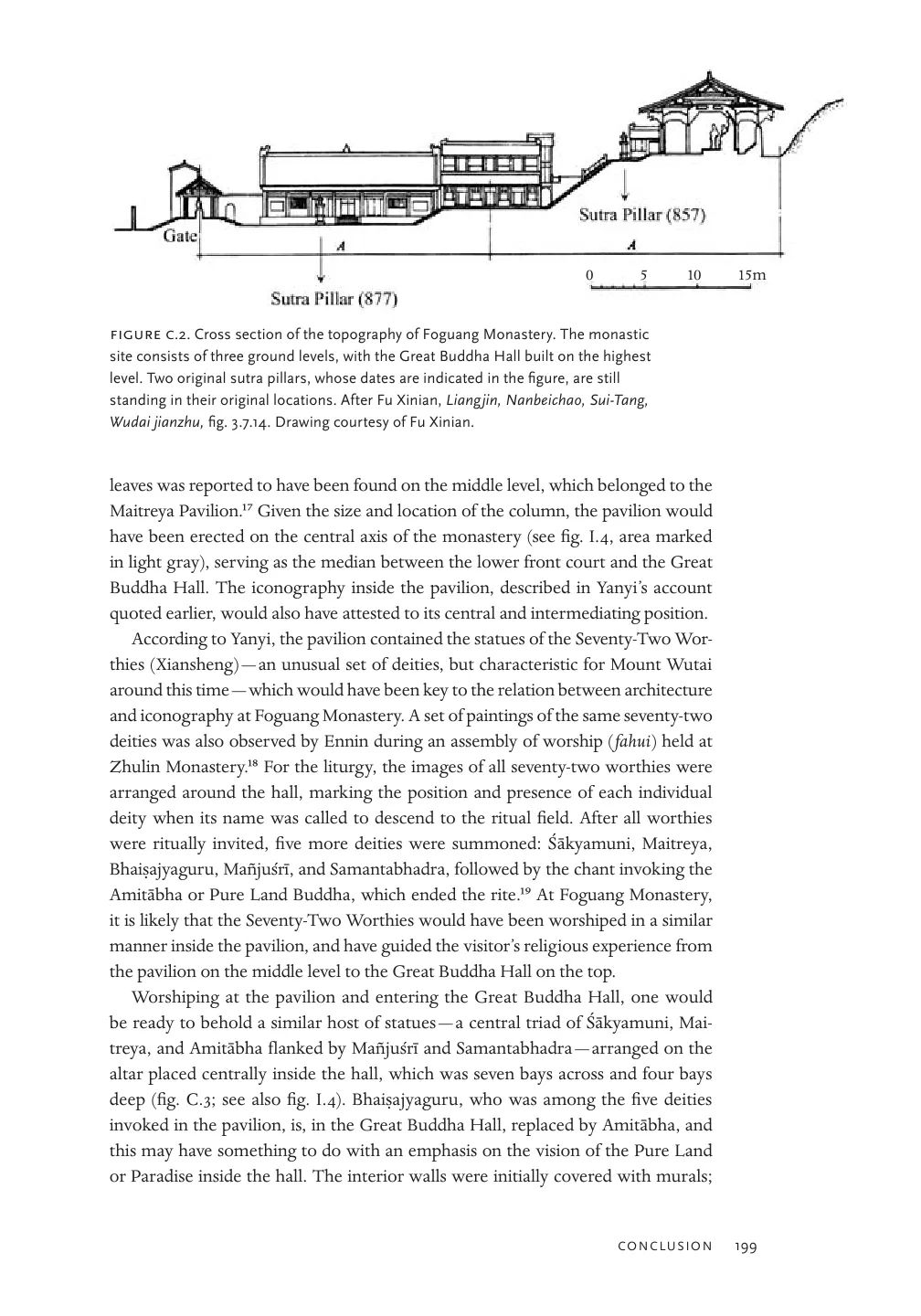

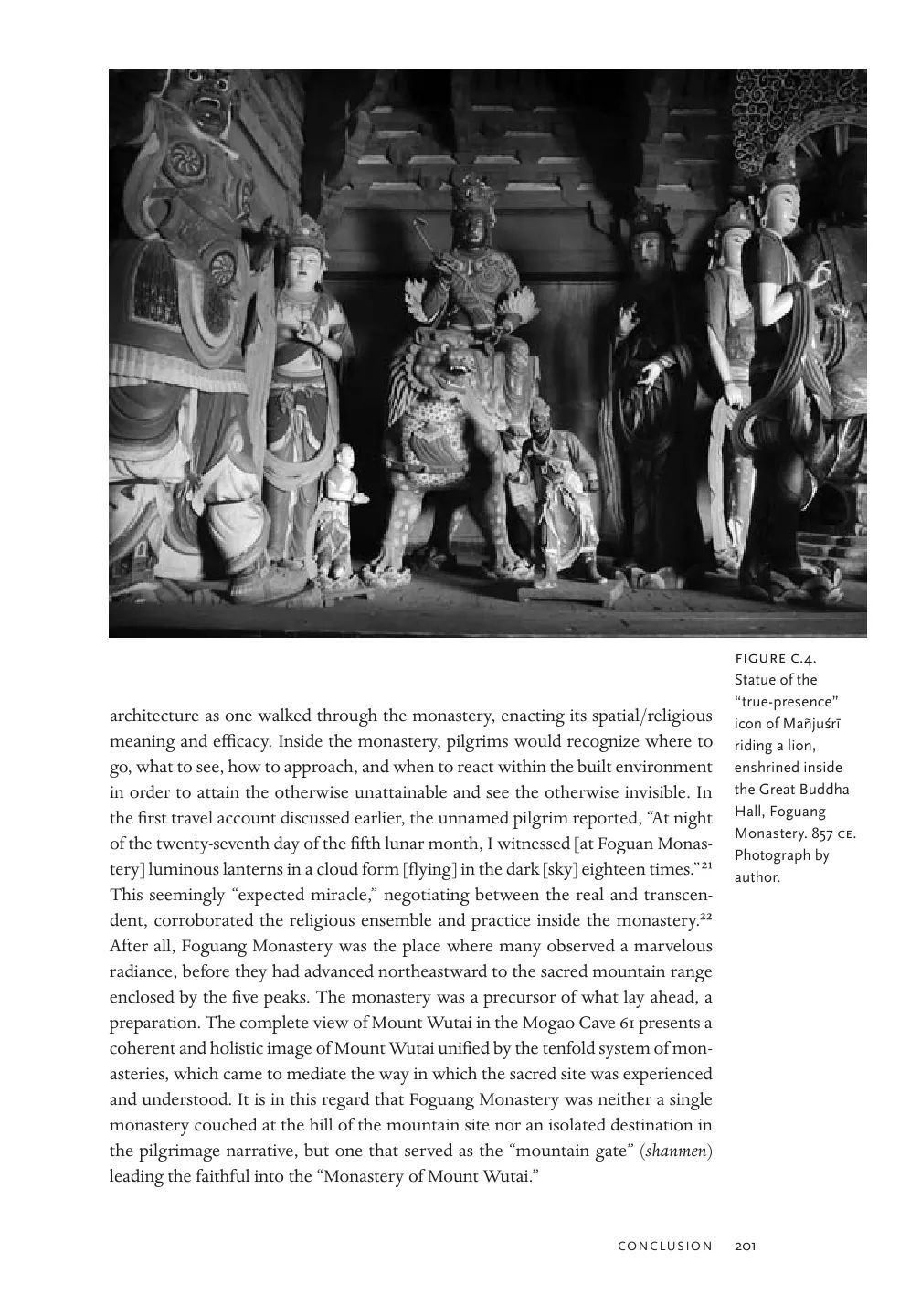
中国最好的佛教新书之一One of the best new books on Buddhism in China to appear in 美国PBjW读后感 (来源亚马逊)
One of the best new books on Buddhism in China to appear in the past few years, Lin's Building a Sacred Mountain is an in-depth historical and religious study of the locale in northeast China known as Wutaishan. It is not a work for newcomers to the field of Buddhism nor Buddhism in China; some background in the period and Buddhism is a prerequisite to getting the most out of this superb study as it assumes general knowledge of medieval Chinese history, some basic Buddhist tenets, etc. (The author apologizes for the length of time it took to bring the book to fruition in the Introduction, but I say the wait was worth it.)
Beginning with the idea of mountain cults existing in China from the earliest of times, believed to exhibit mythical and primordial power, energy, being the abode of immortals, and believed to possess animated and living forces, the author covers how Wutaishan took on a Buddhist identity with the entry of Buddhism into China. Although credited with appearing in the mid-to late Han dynasty, Buddhism in China really got its kick-start during the N. Wei (386-534 CE). It was under their patronage that the earliest Buddhist buildings and sites began to emerge--all virtually virgin territory in China since (as Lin reminds us) "before Buddhism, neither relics nor images were worshiped religiously in China…nor was the stupa a traditional building type" (p. 20).
Buddhist devotees began to join Daoists and other religious figures who sought refuge, insights or visions in these special mountain regions, and by the second half of the 6C and early 7C Wutaishan had begun to be associated with the Buddhist bodhisattva of wisdom, Manjusri, fanned by various reported sightings of the 'true body' of Manjusri and/or the sighting and discovery of 'virtual or visionary' monasteries.
The arrival of Amoghavajra, a Tantric Master from India and his Teacher Vajrabodhi to the royal court in Chang'an in 721 marked the beginning of Wutaishan's transformation from a Buddhist site into a Buddhist mandala with Manjusri's 'five wisdoms' being the stepping stone into the secrets of the site and Vajrayana. The popularity of a dharani or verse with magical powers of protection and transformation inspired by the five topknots of the juvenile Manjusri and their identification with the five peaks of Wutaishan is explained in two superb chapters that weave together the history of the site with the growth of Buddhism in China, the site as a pilgrimage center, many familiar figures of early Chinese Buddhism and such travelers as the Japanese monk Ennin, up to Wutaishan's eventual depiction in the caves of Dunhuang.
Meticulously researched, and carefully (and well) written, this work will join other classics in the field. Thanks are also due to Lin for including a map exactly when you want to refer to one, as well as many very fine and detailed drawings to clarify the architecture of a building or a described mural. The index is almost perfect (it did take me four tries to find the name of the Emperor who during the N. Zhou briefly turned against Buddhism, which I knew I had read somewhere--there was no entry for 'Northern Zhou', 'persecutions' or 'emperors') but the excellent bilingual Bibliography and list of terms and original source material more than compensated.
I read this book cover-to-cover twice in a row it was so richly documented and well, just plain interesting in how it fit together bodhisattvas, the Empress Wu Zetian, Dunhuang, the Emperor Xuanzong, Ennin and Amoghavajra not to mention Wutaishan; it was a work of discovery and revelation that anyone interested in medieval China and/or Buddhism in China will not want to miss. Don't let that be you.
林氏的《圣山营造》是过去几年中出现的关于中国佛教的最好的新书之一,是对中国东北五台山地区的深入历史和宗教研究。对于中国佛教或佛教领域的新手来说,这不是一件工作。该时期的某些背景和佛教是充分利用这一精湛研究的前提,因为它假设了中世纪的中国历史常识,一些基本的佛教信条等。在导言中实现预定,但我说等待是值得的。)
从最早存在于中国的山地邪教的思想开始,据信它展现出神话和原始的力量,能量,是神仙的住所,并被认为拥有生气勃勃的生命力,作者论述了五台山对佛教徒的看法佛教进入中国后的身份。尽管以出现在汉朝中后期而著称,但中国的佛教确实在魏北朝(公元386年至534年)真正开始了。在他们的支持下,最早的佛教建筑和遗址开始出现-自从中国(实际上是林书记提醒我们)以来,中国几乎都是处女地。建筑类型”(第20页)。
佛教信徒开始加入道教徒和其他宗教人士的行列,他们在这些特殊的山区寻求庇护,见识或异象,并且到6C下半叶和7C早期,五台山开始与佛教智慧菩萨文殊菩萨联系起来通过各种报道的目睹文殊菩萨的“真实身体”和/或发现和发现“虚拟或有远见的”修道院而被发现。
来自印度的密宗大师阿莫加瓦贾拉(Amoghavajra)和他的金刚菩提师(Vajrabodhi)老师于721年到达长安皇室,标志着五台山开始由佛教场所转变为佛教曼陀罗的过程,而文殊菩萨的“五大智慧”成为踏入佛教殿堂的垫脚石。该网站和金刚乘的秘密。在两个极好的章节中解释了受少年文殊菩萨的五个峰顶启发的具有保护和转化的神奇力量的达拉尼或经文的流行,以及它们与五台山的五个山峰的鉴别,这两个精妙的章节将遗址的历史与古兰经的成长结合在一起。作为朝圣中心的中国佛教徒,许多中国早期佛教徒熟悉的人物以及日本僧侣Ennin等旅行者,直至五台山最终在敦煌山洞中的描绘。
经过认真研究,并精心(并且精心编写),该作品将与该领域的其他经典作品合二为一。还要感谢Lin提供了恰好在您要参考的地图,以及许多非常精细和详细的图纸以阐明建筑物或描述的壁画。索引几乎是完美的(我花了四次努力才找到了皇帝的名字,在北周期间,他短暂地反对佛教,我知道我在某个地方读过-没有“北周”的词条,“迫害”或“皇帝”),但出色的双语参考书目,术语列表和原始原始资料远远不能弥补。
我连续两次从封面到封面读这本书,内容如此丰富,而且很好,就如何将菩萨,武则天,敦煌皇帝,宣宗,恩宁和阿莫加瓦贾拉结合在一起而讲得很有趣,更不用说五台山了。这是一项发现和启示的工作,任何对中世纪中国和/或中国佛教感兴趣的人都不会想念的。不要让那个成为你。
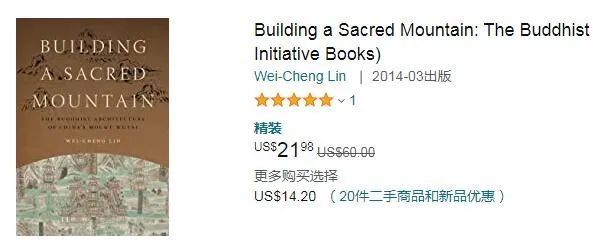 亚马逊有售
亚马逊有售
